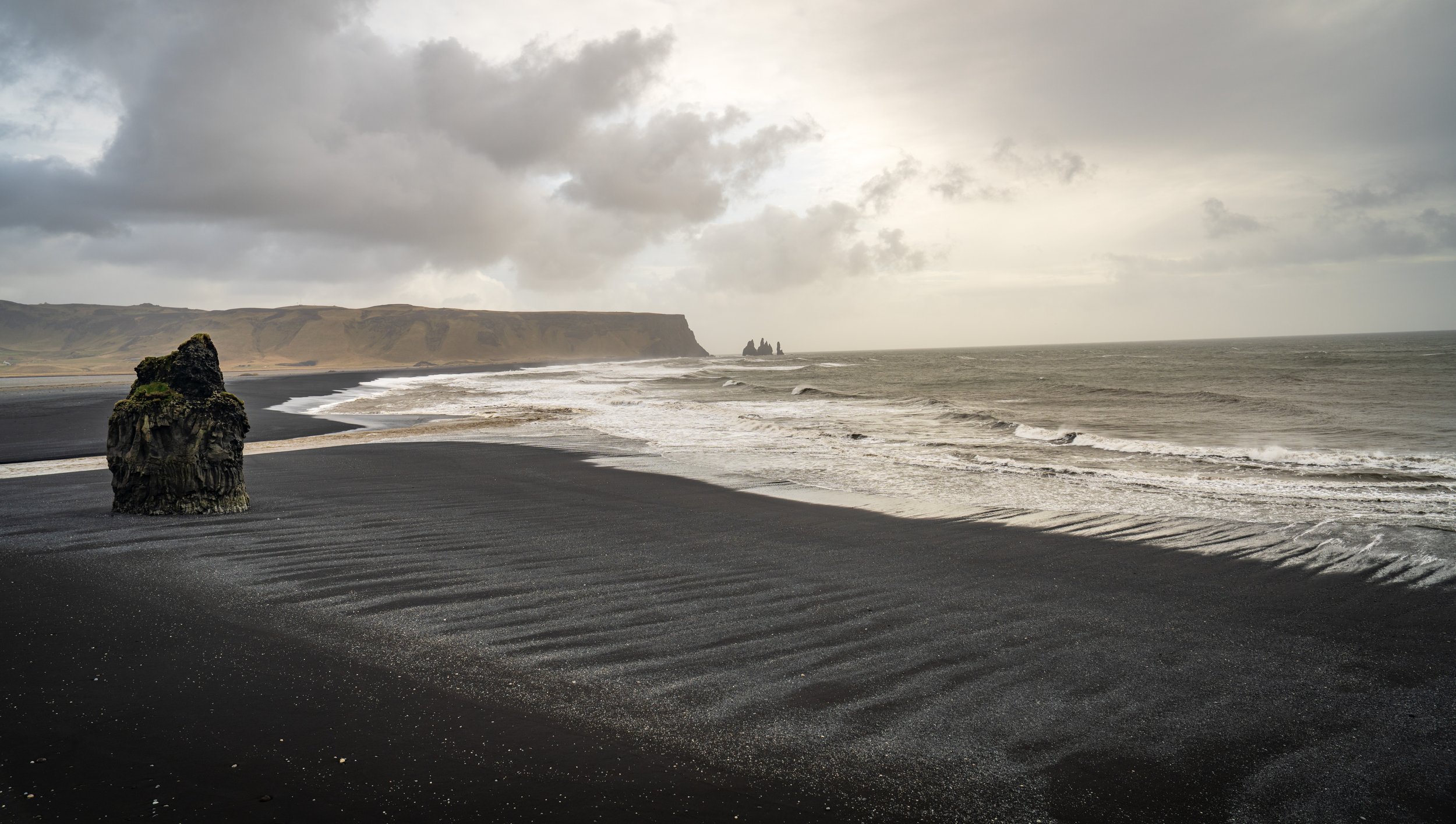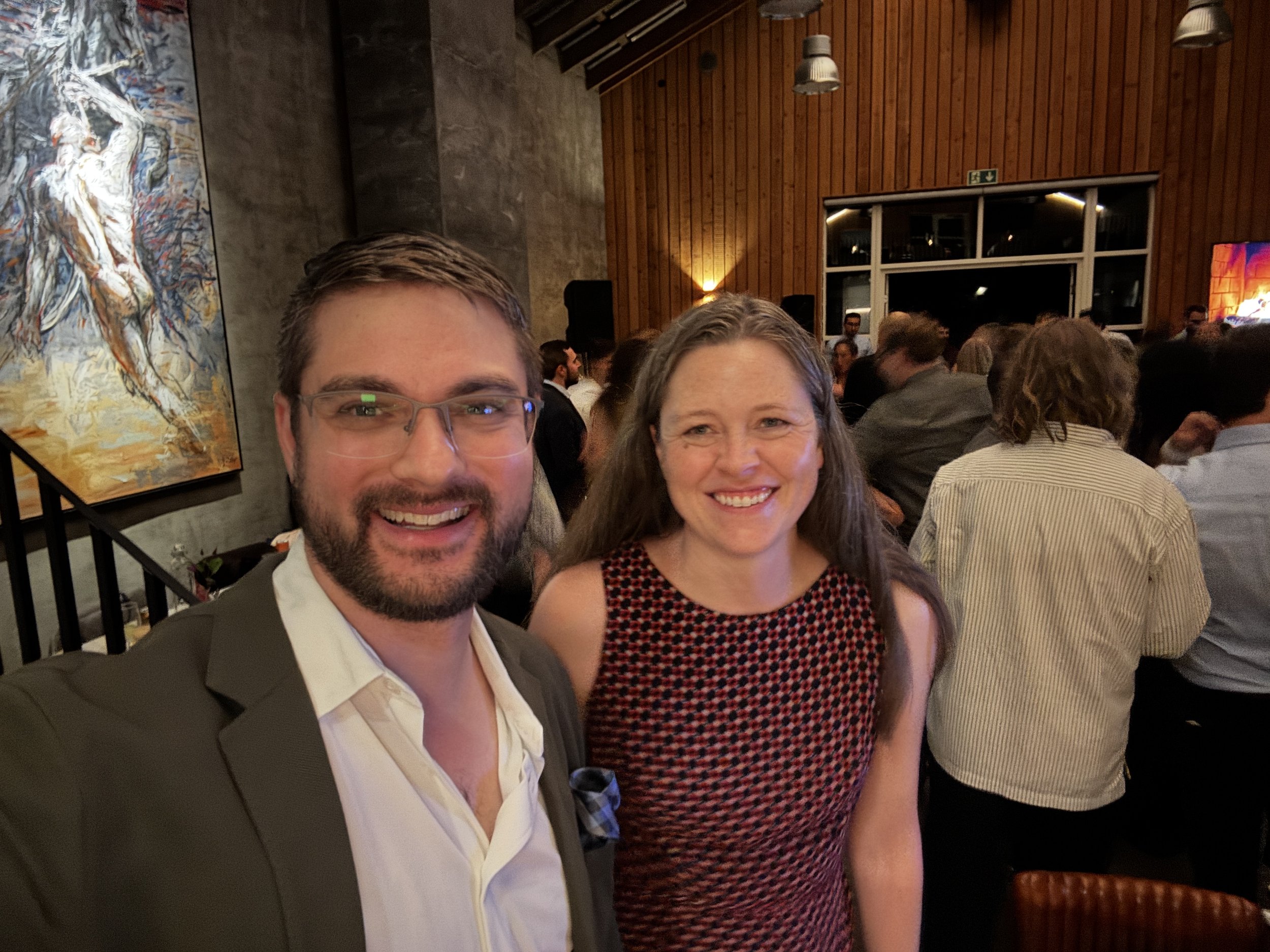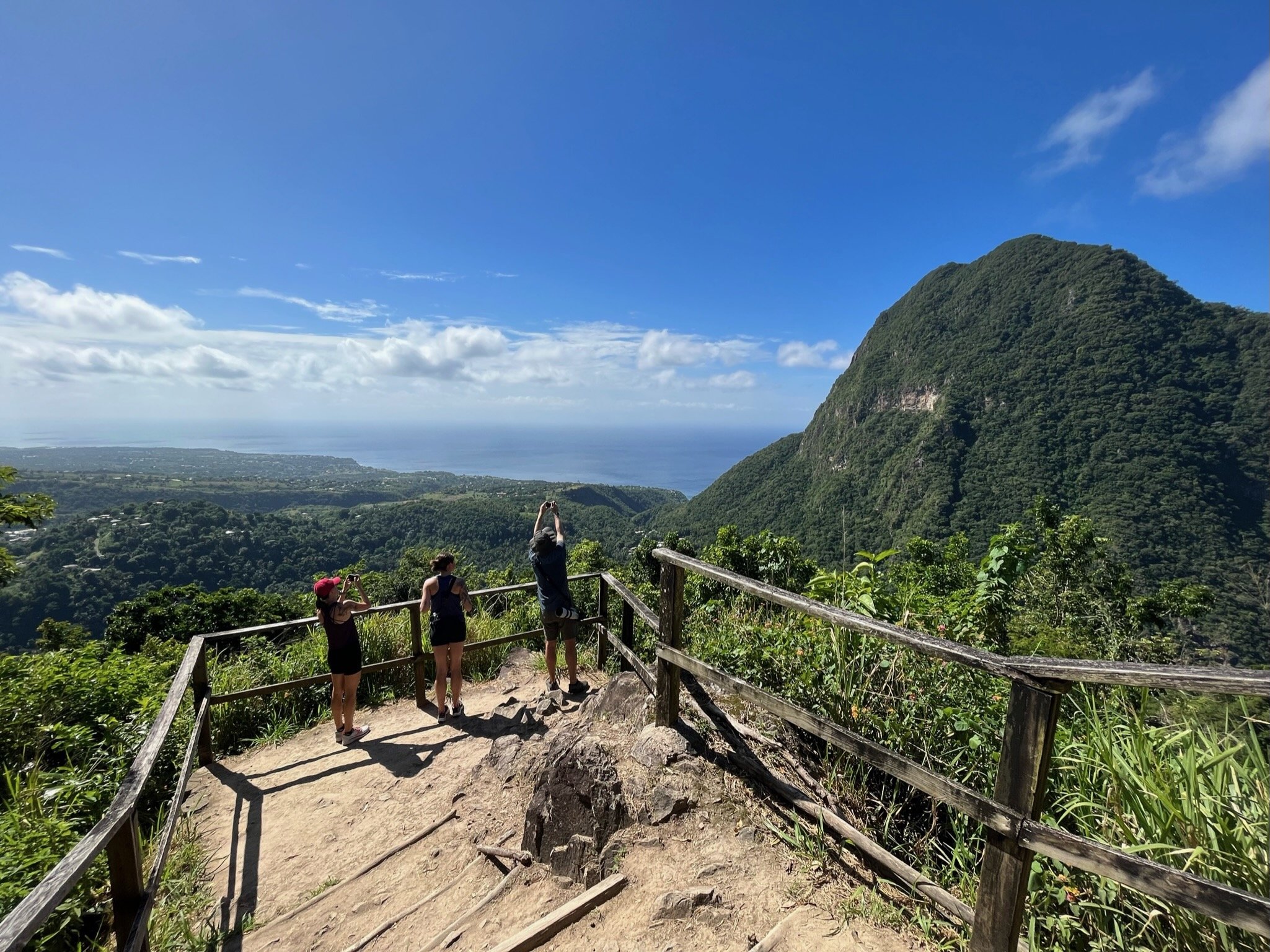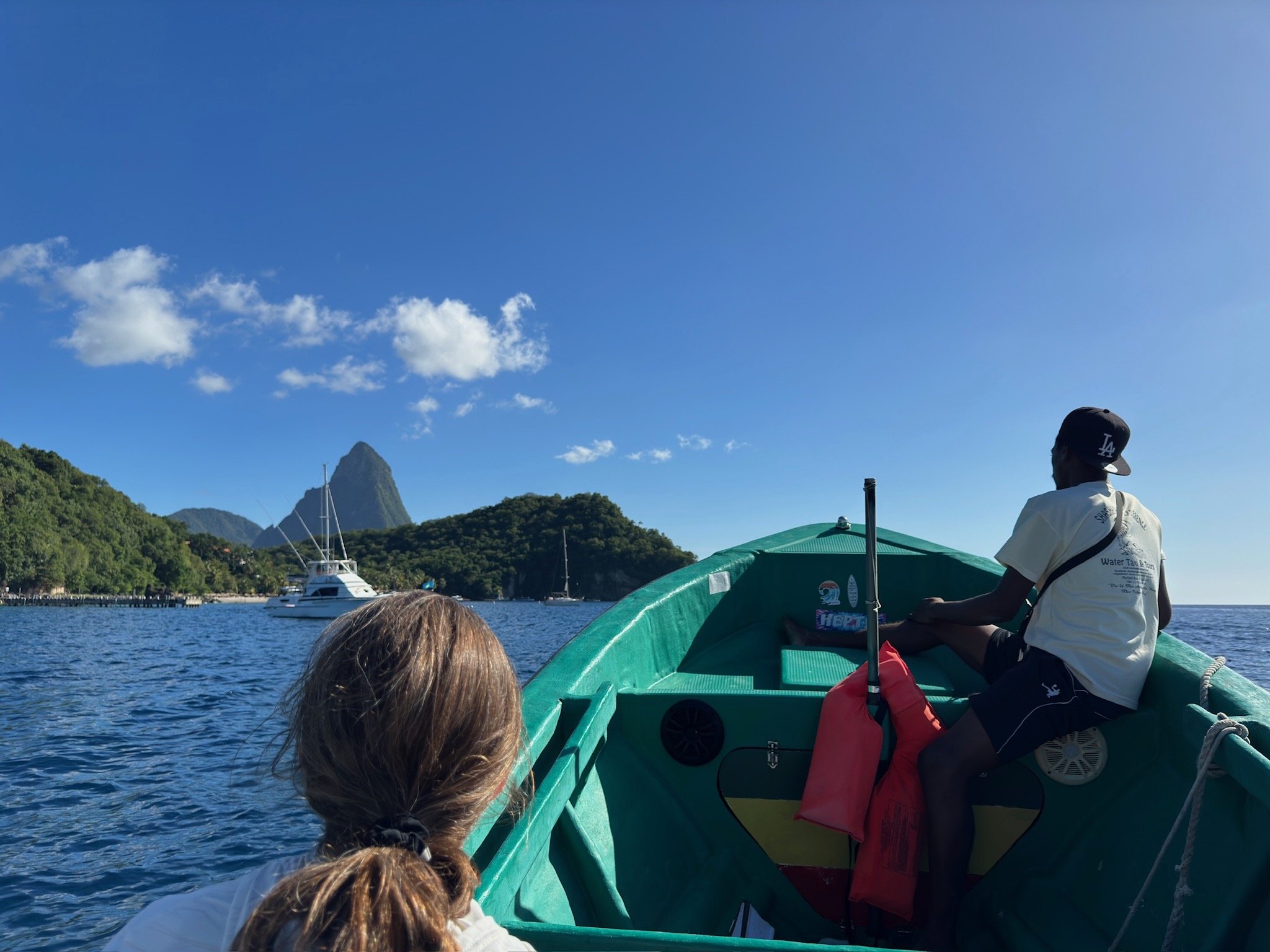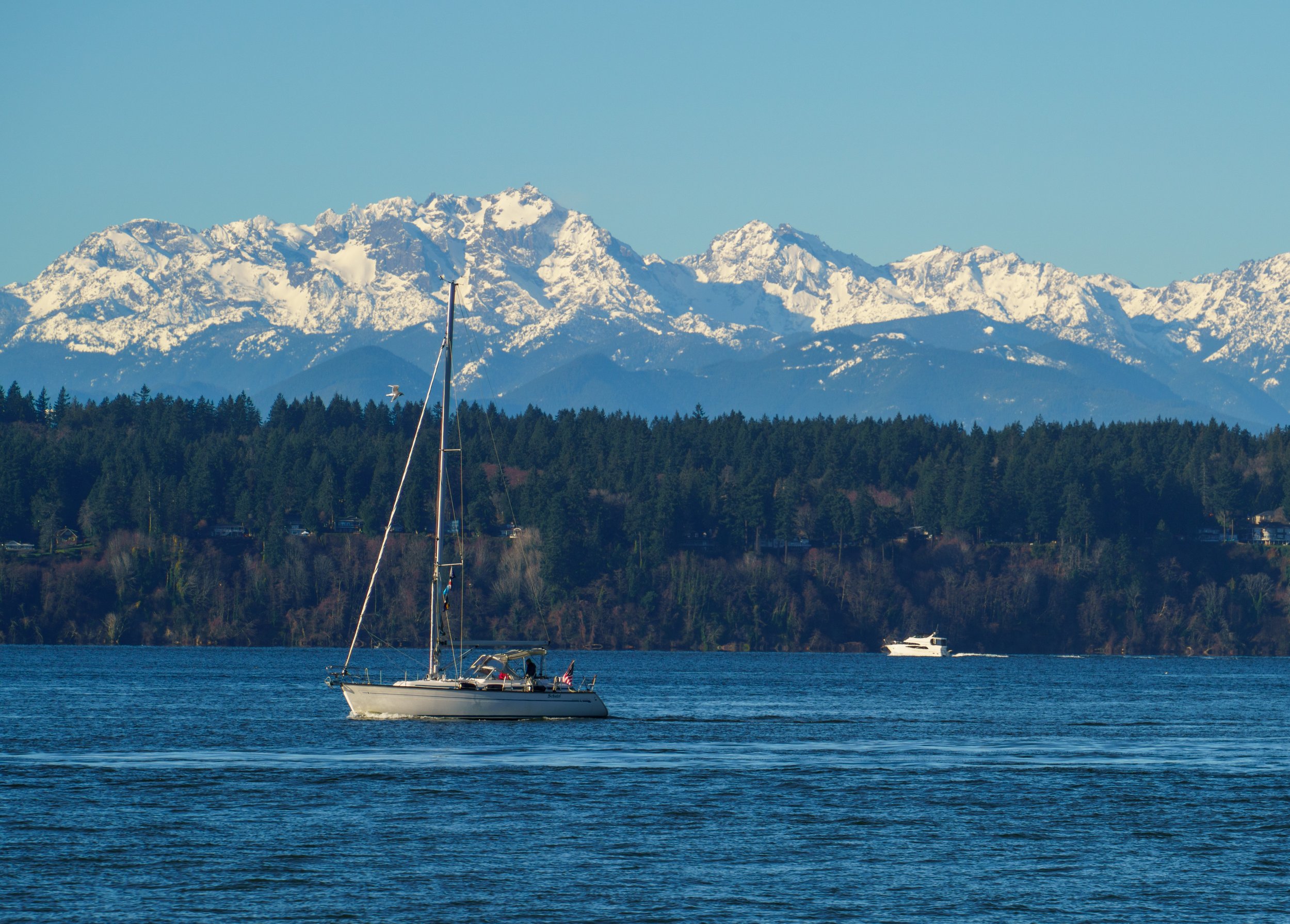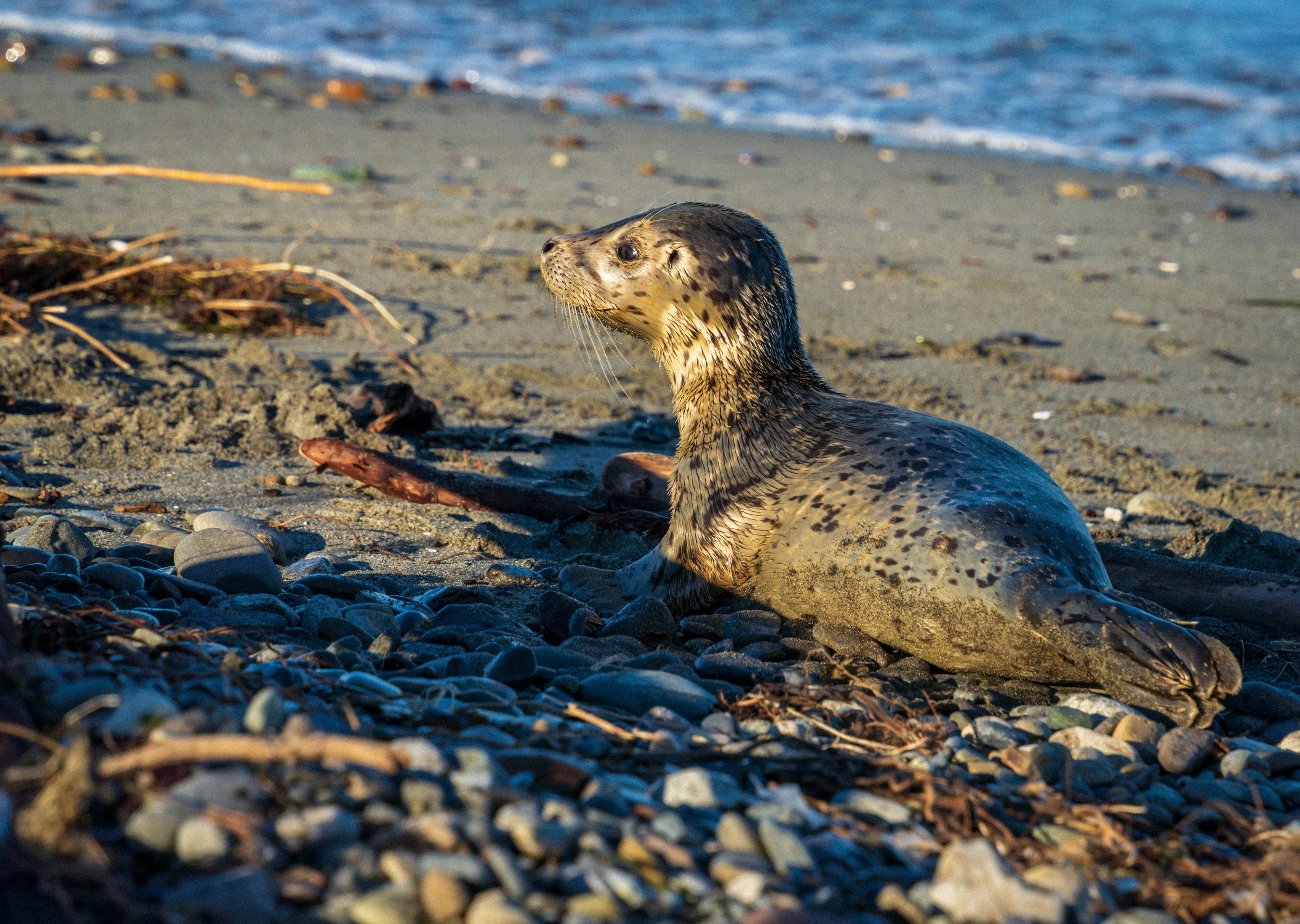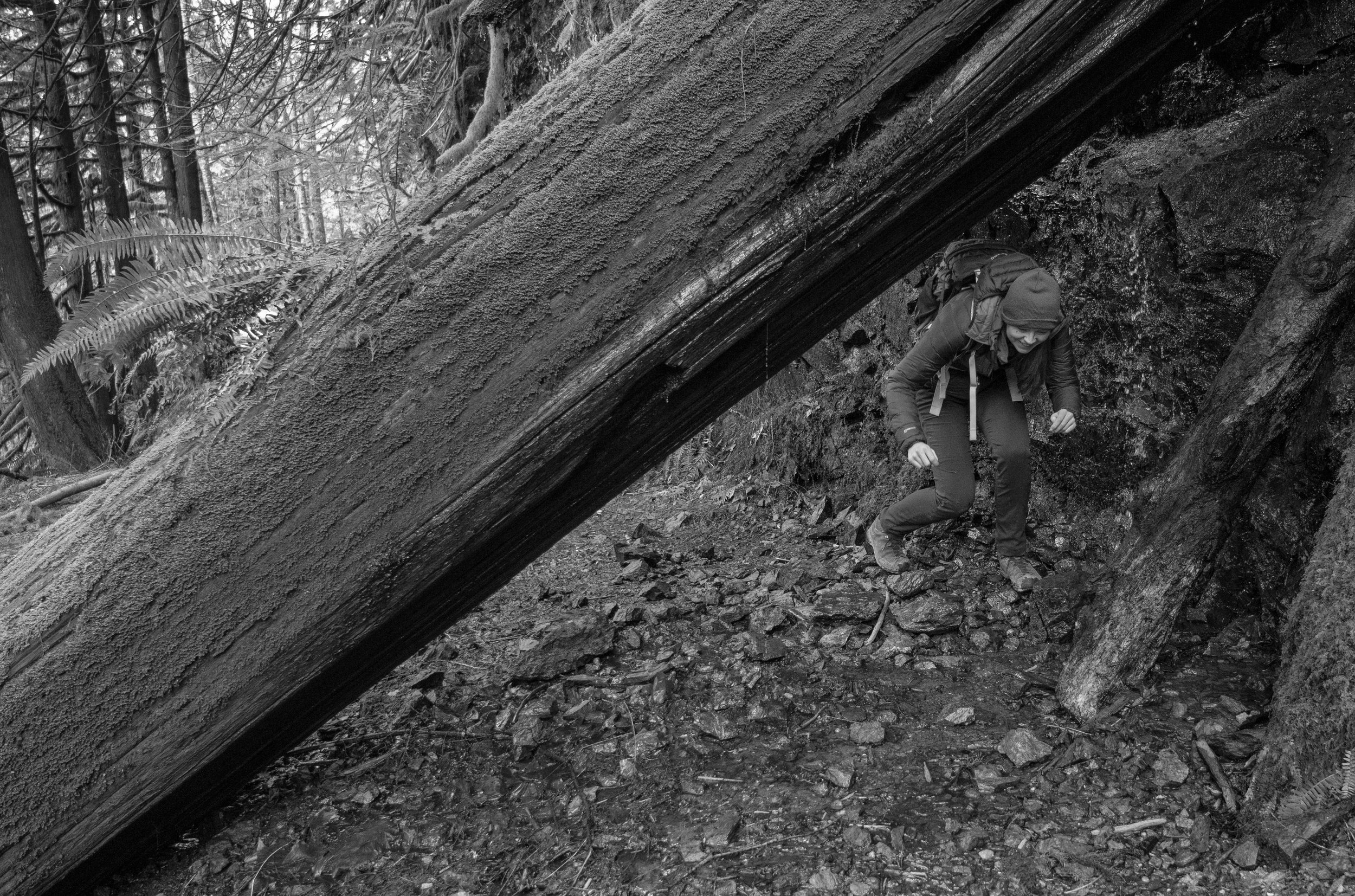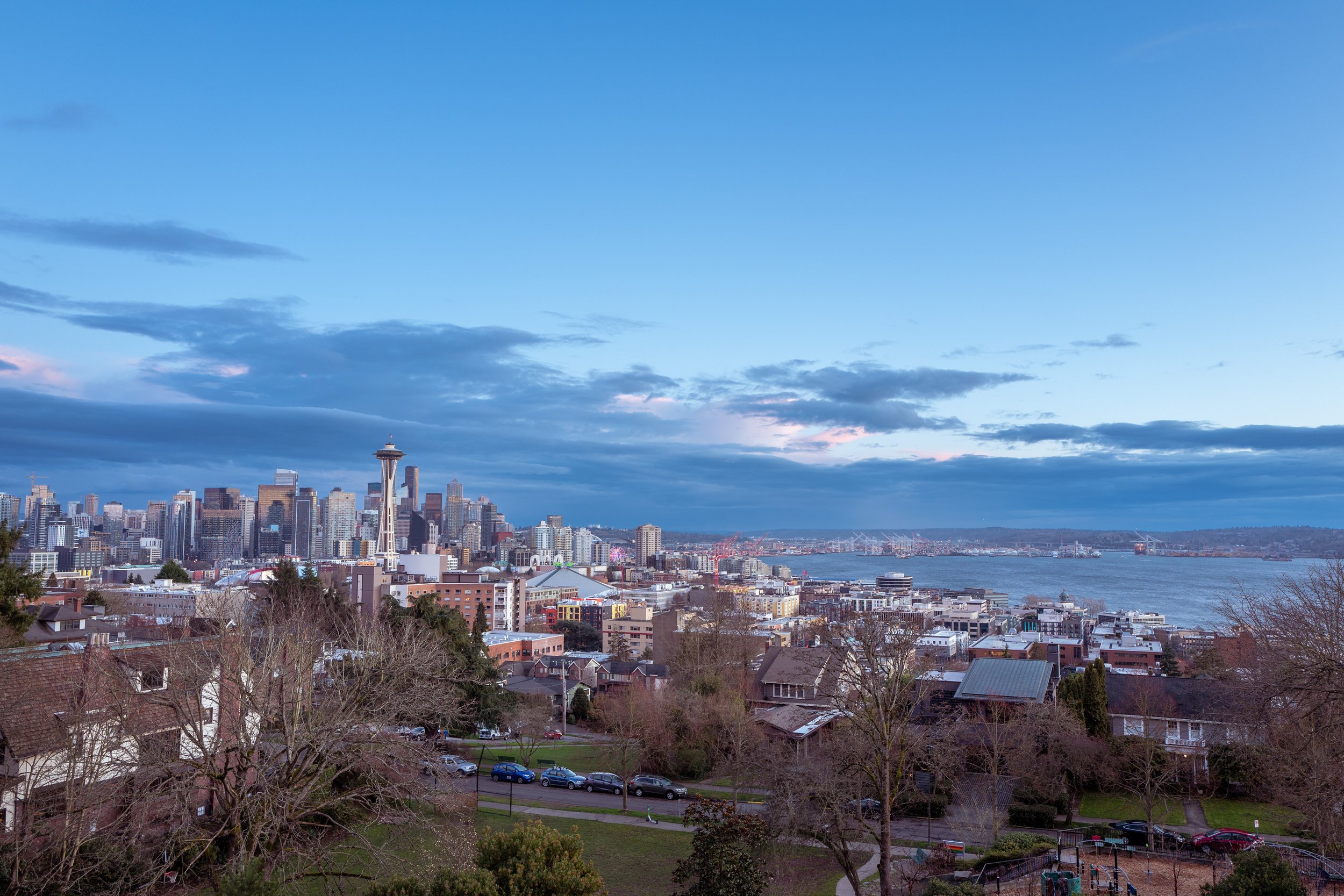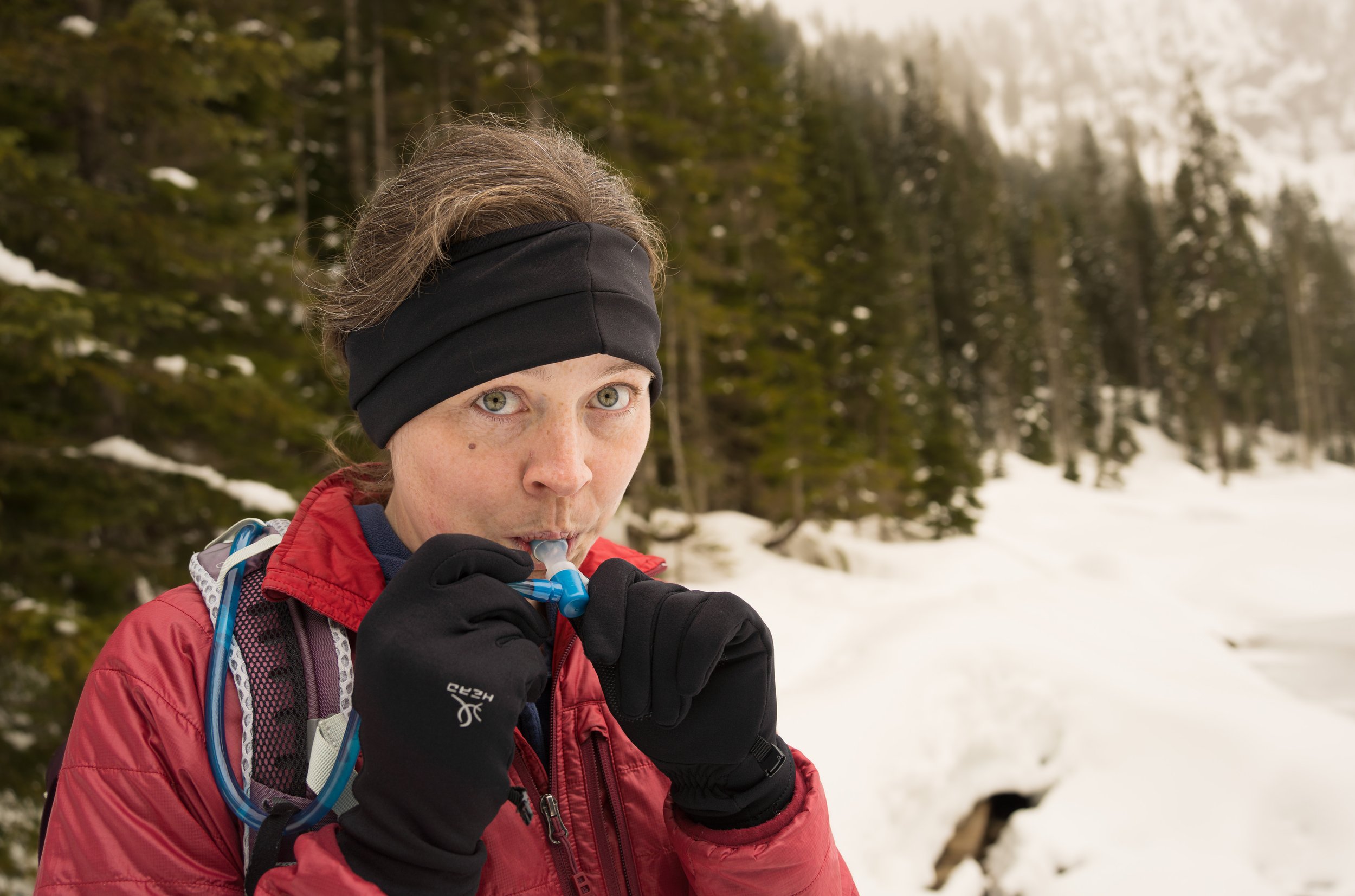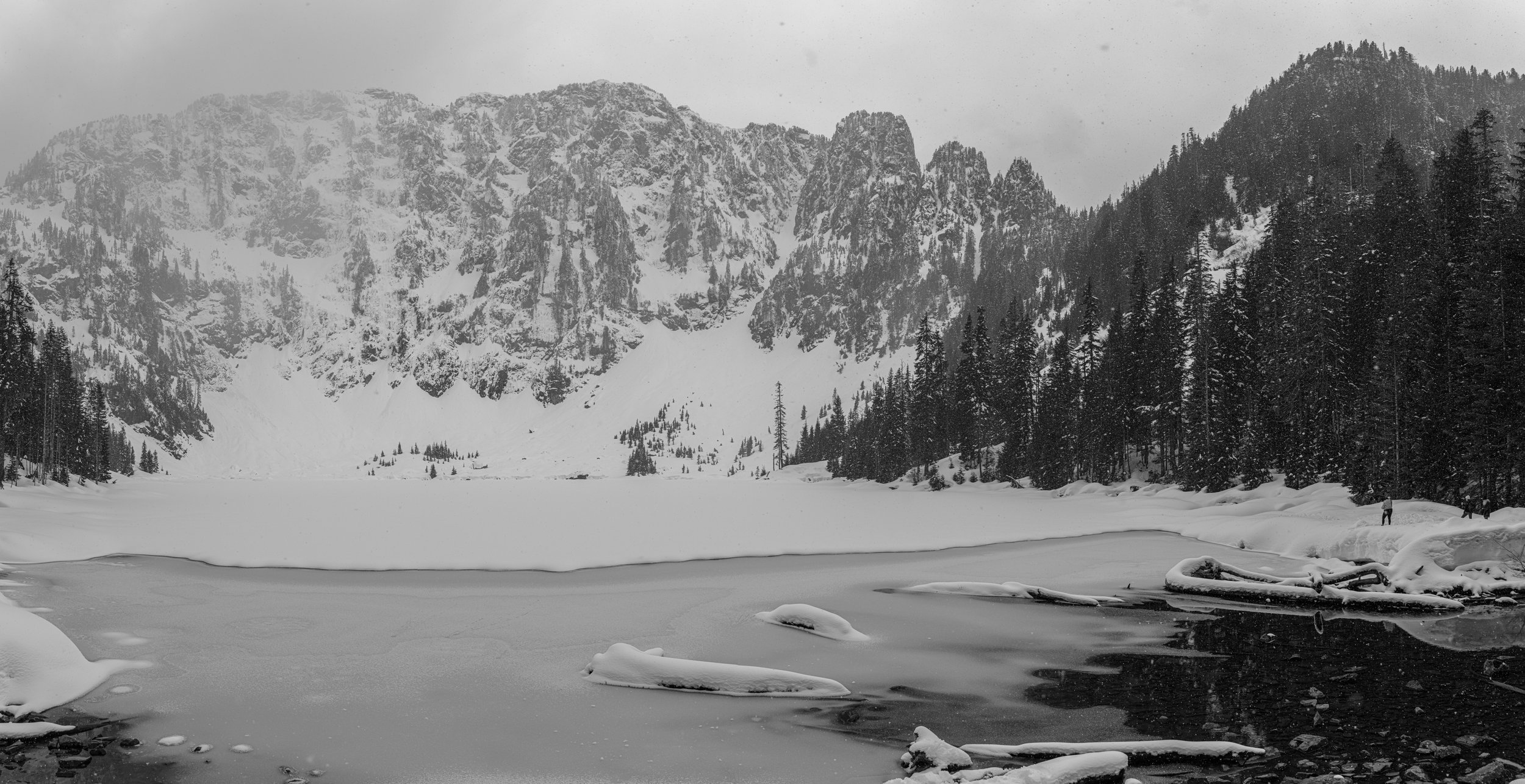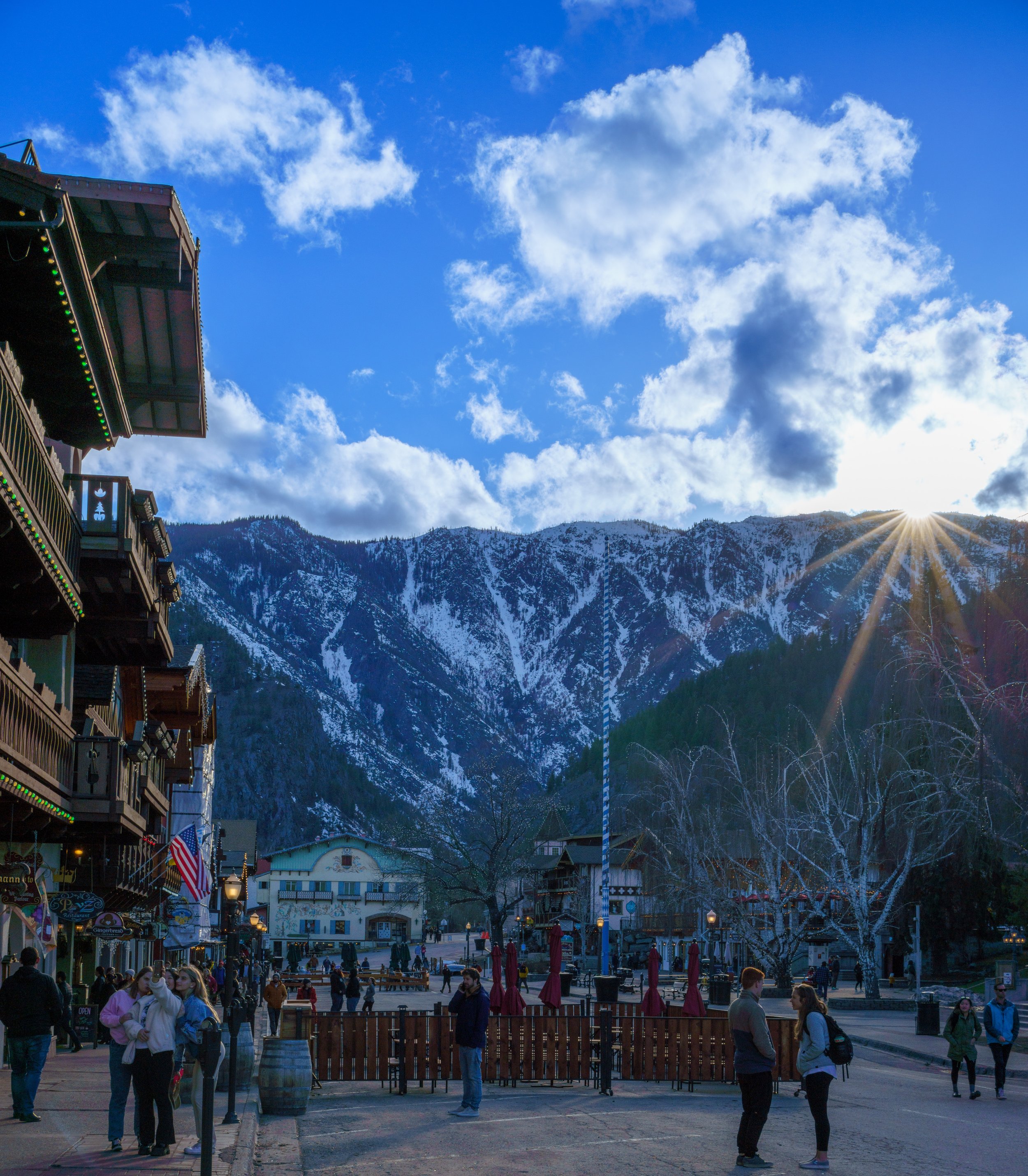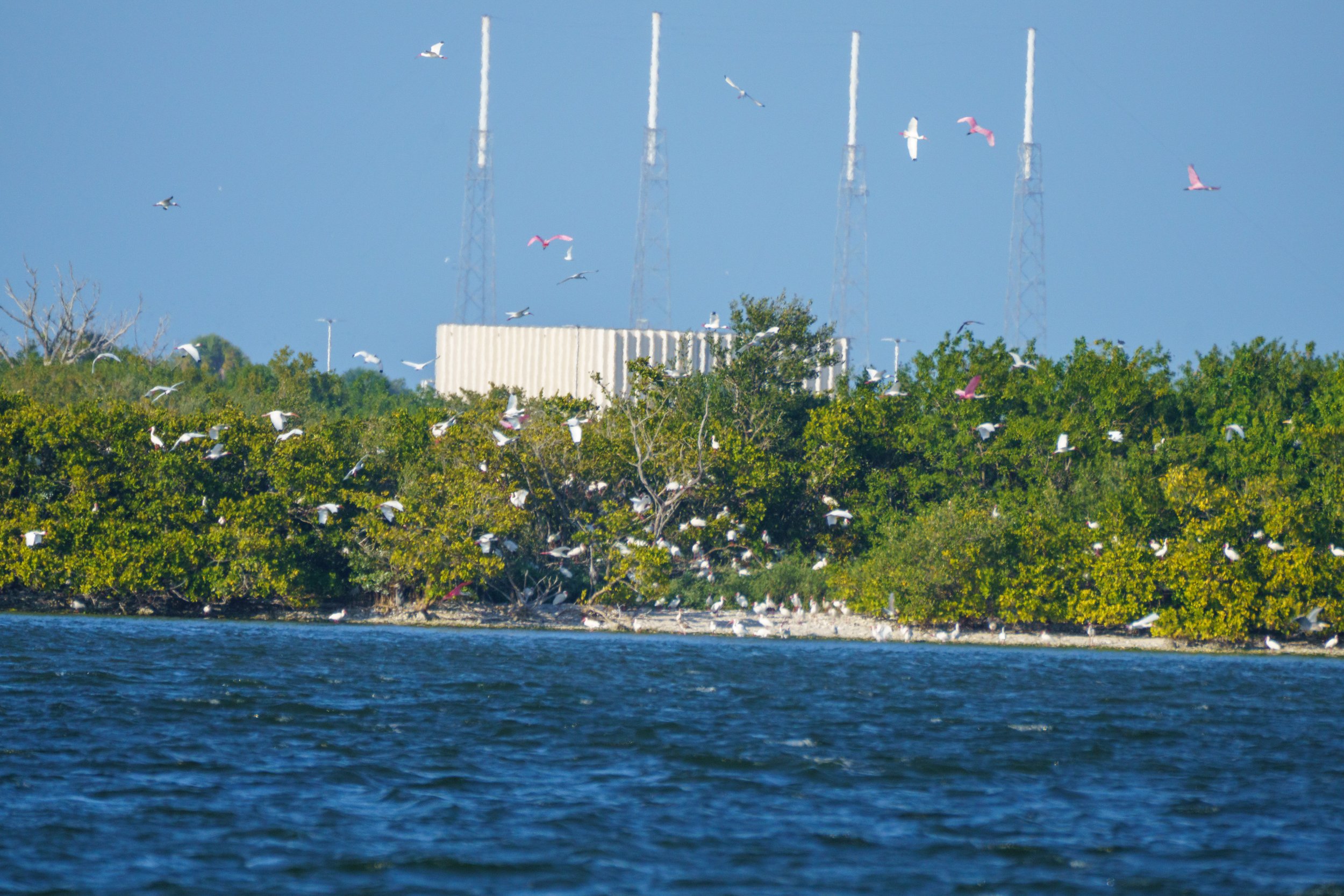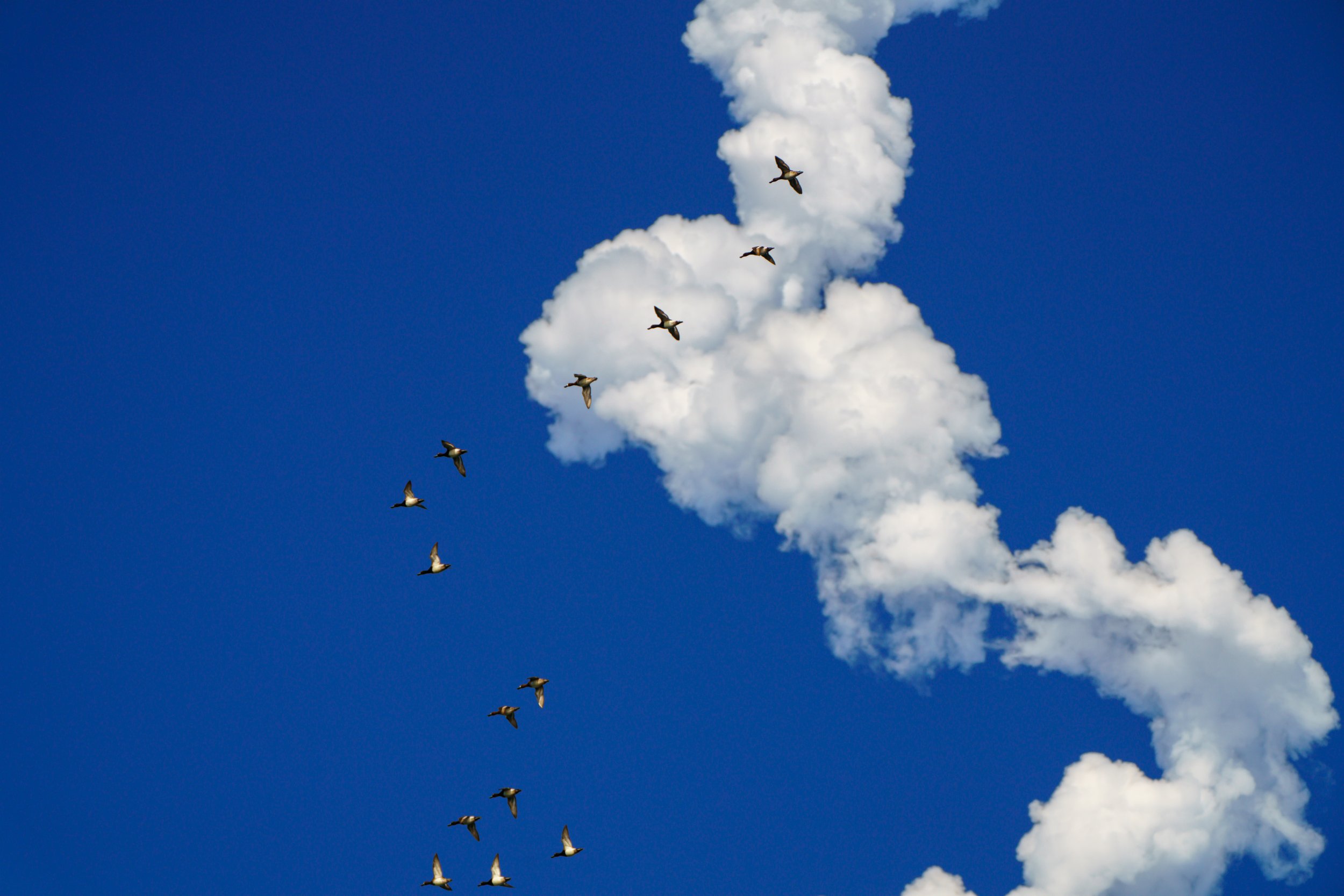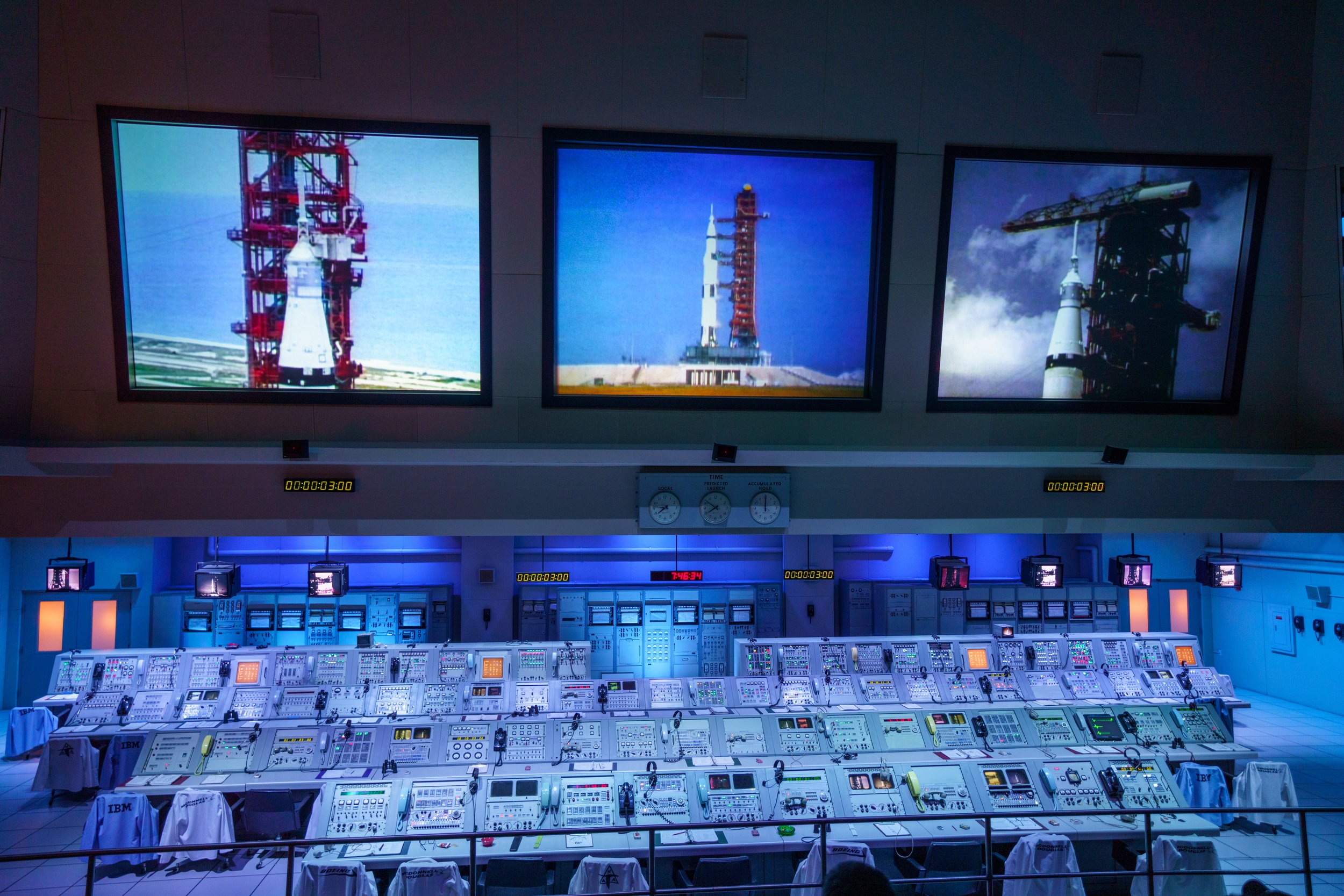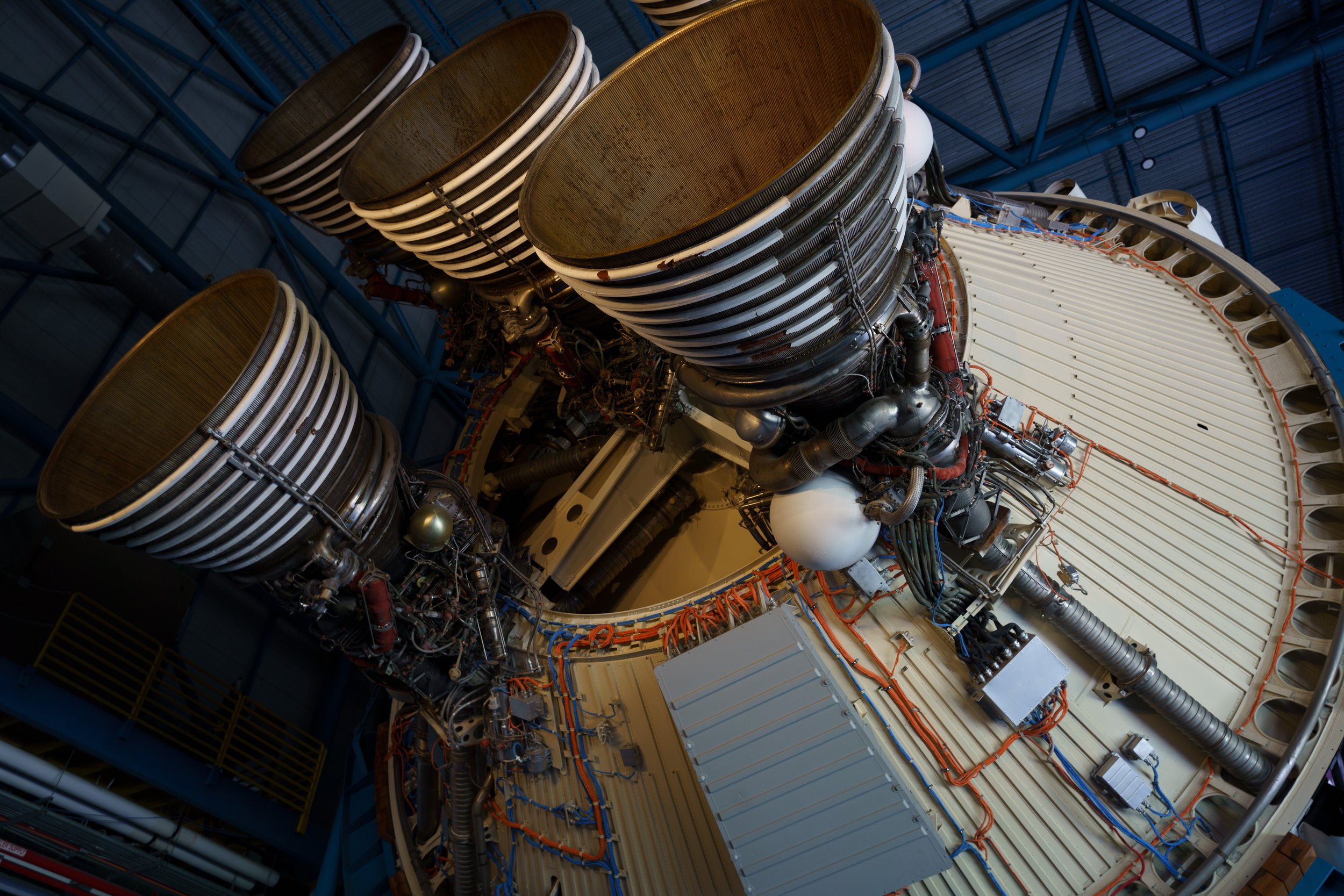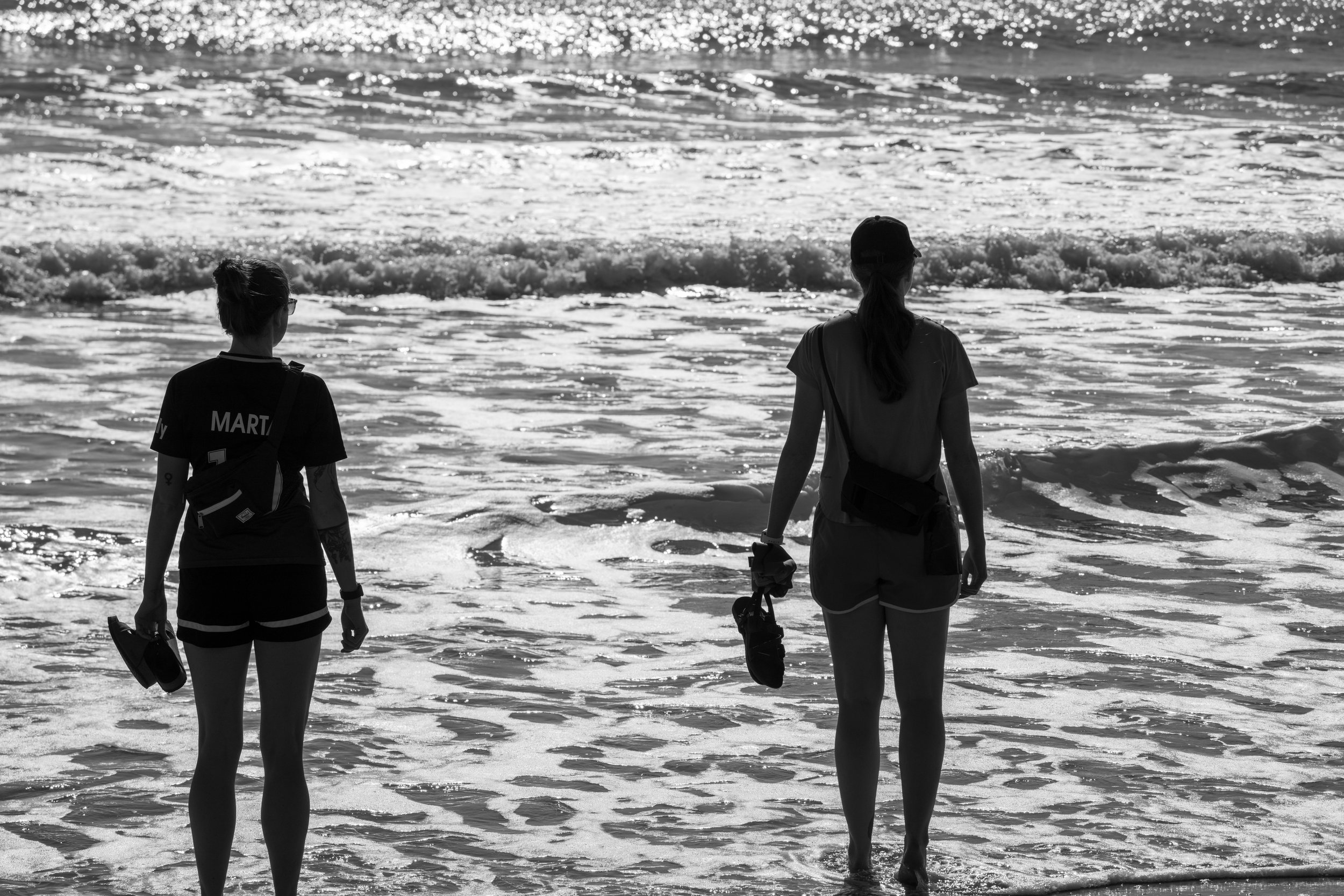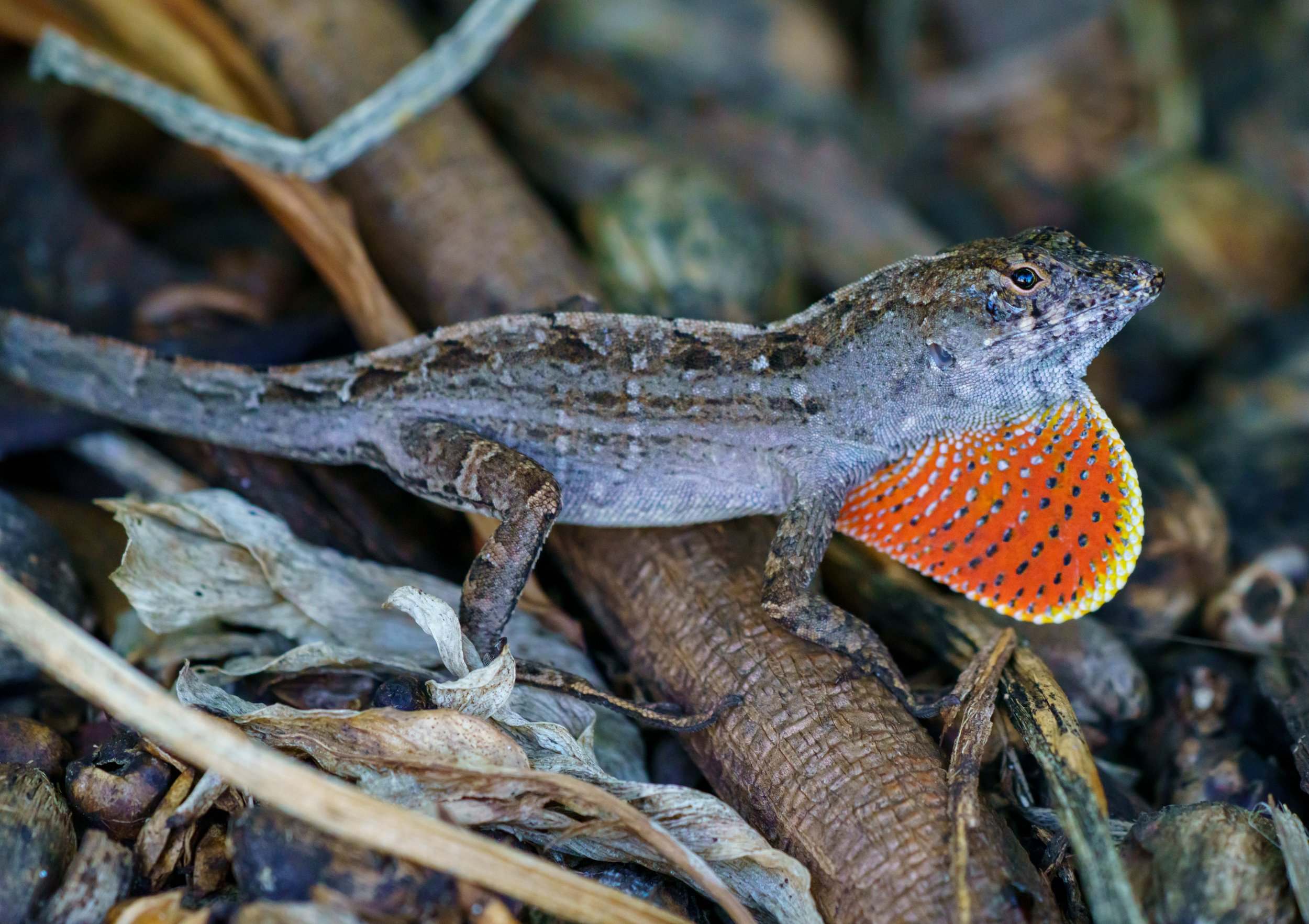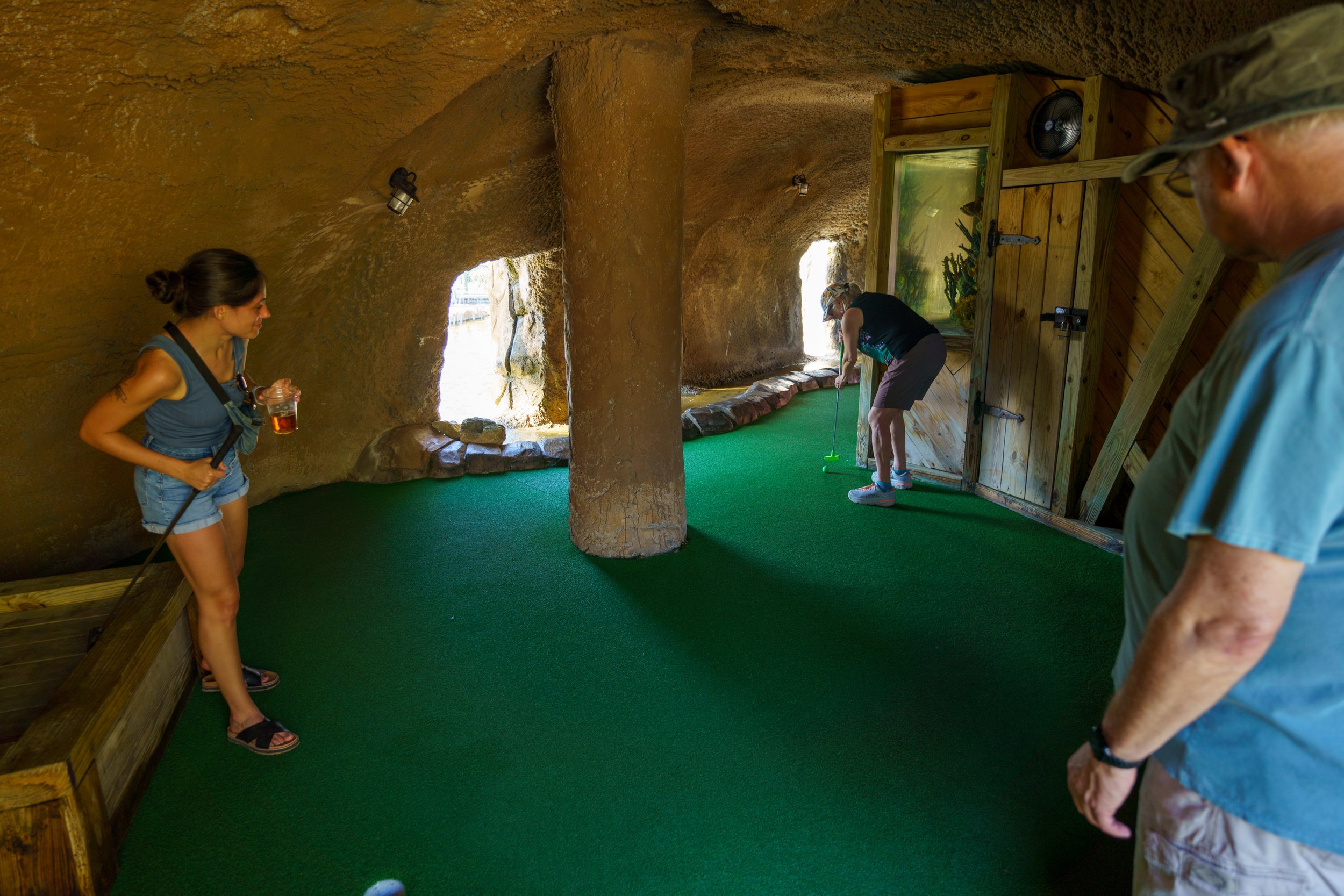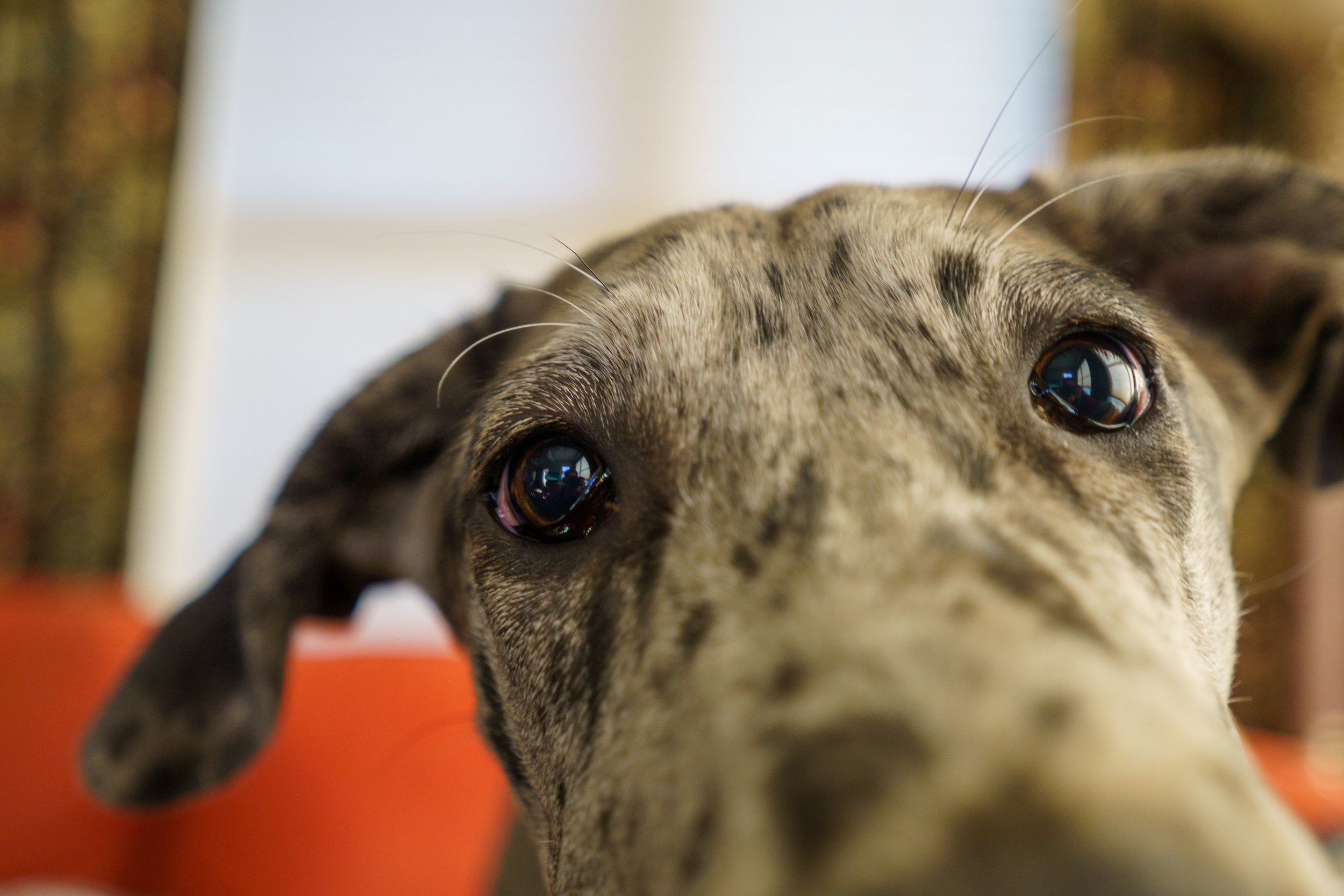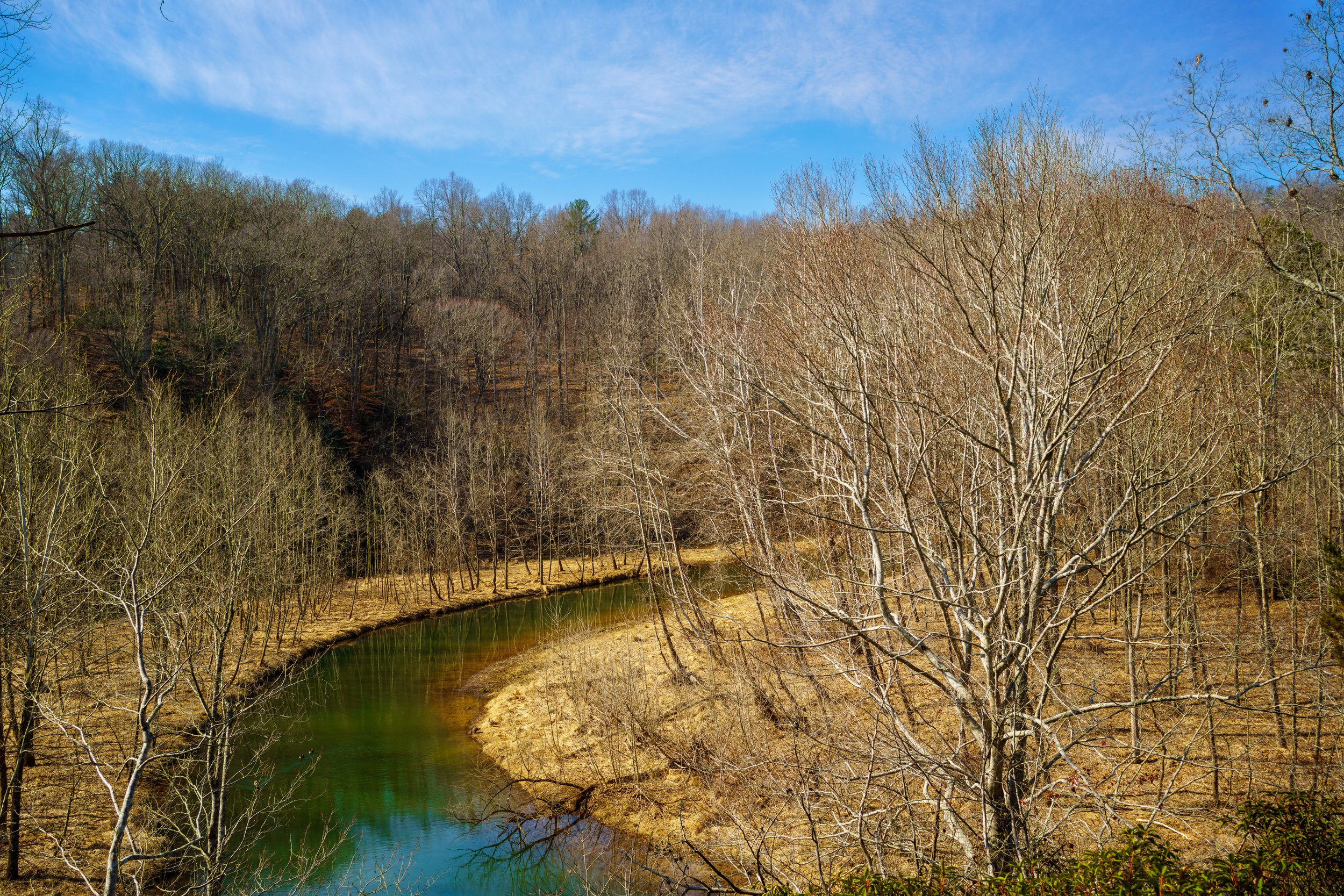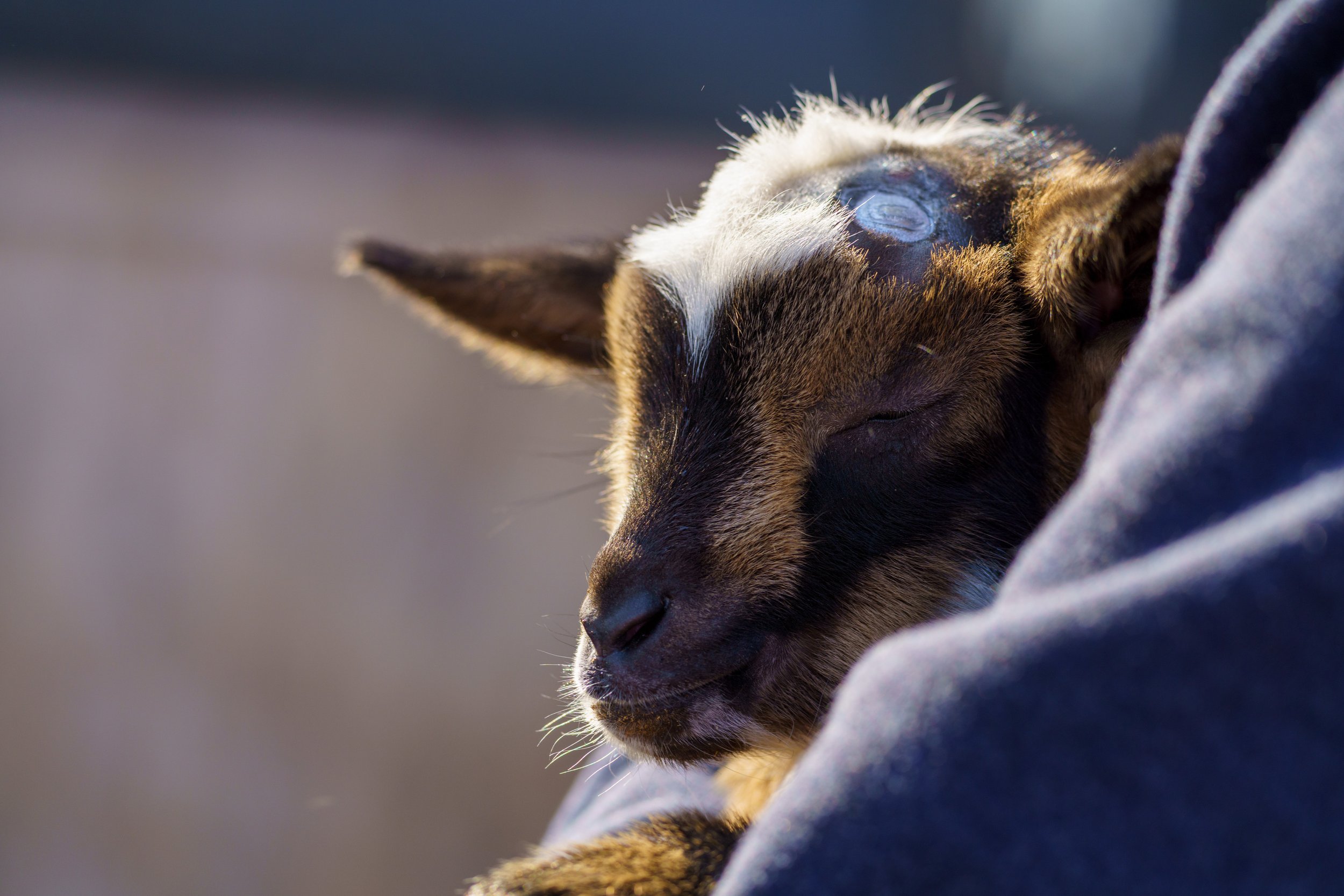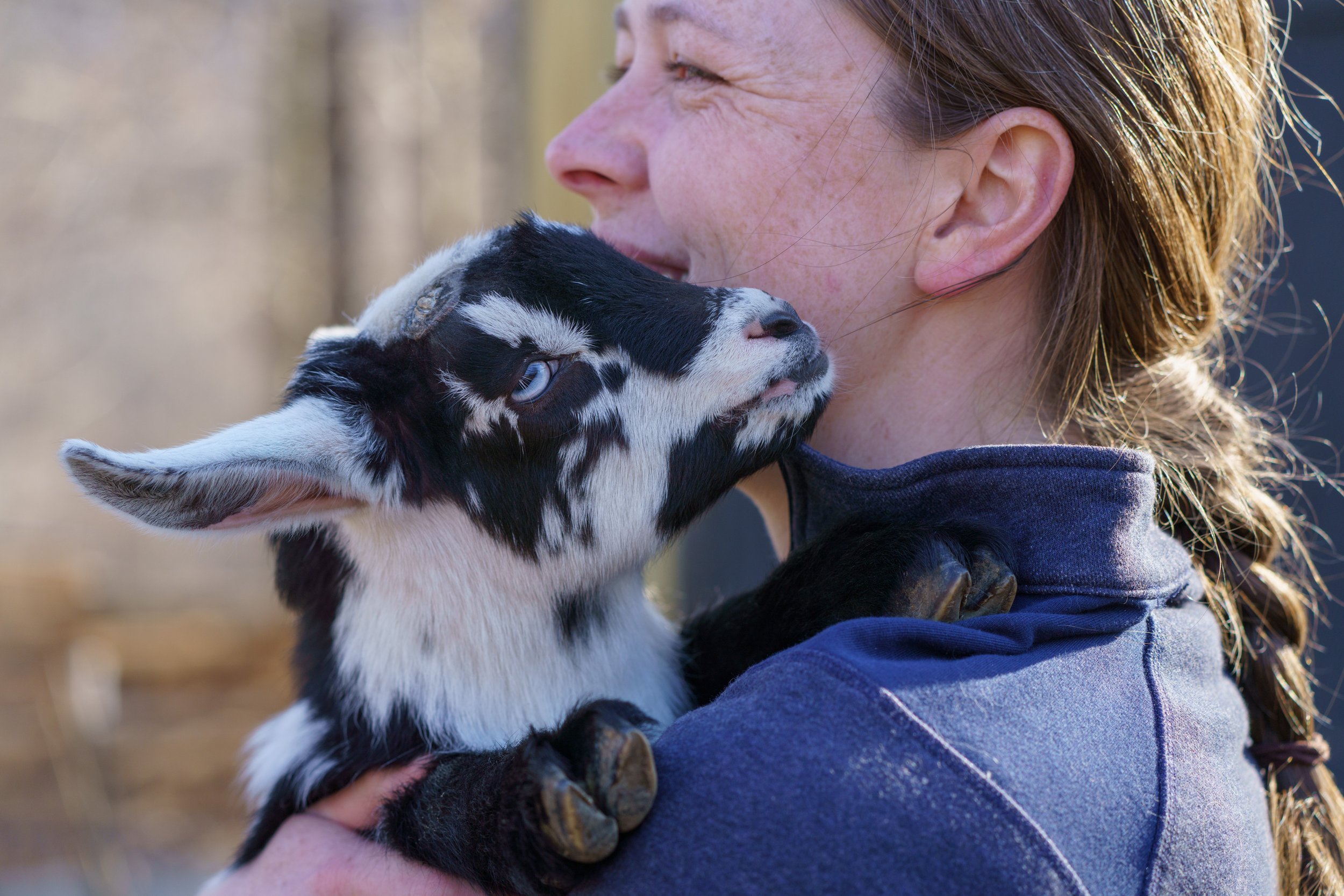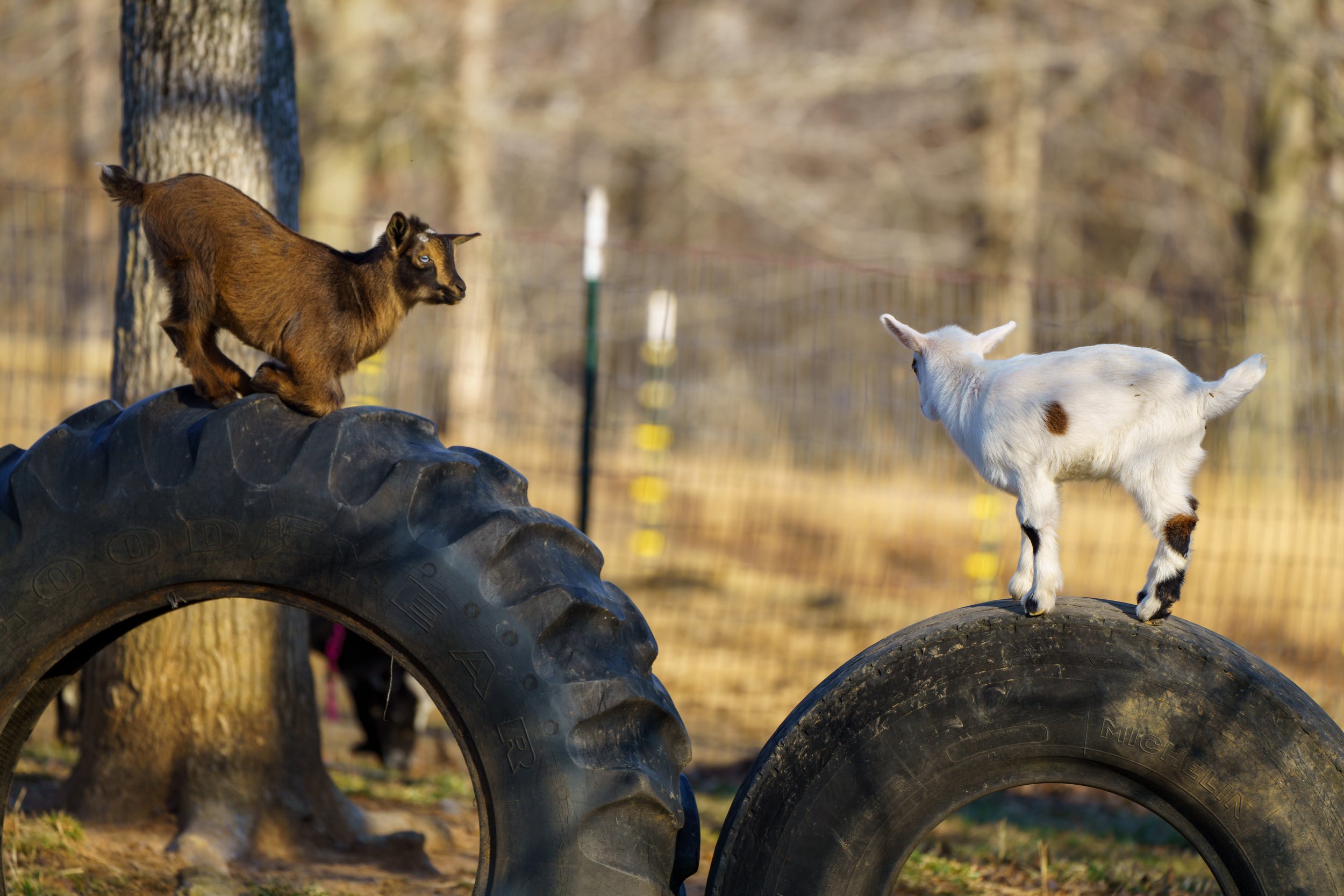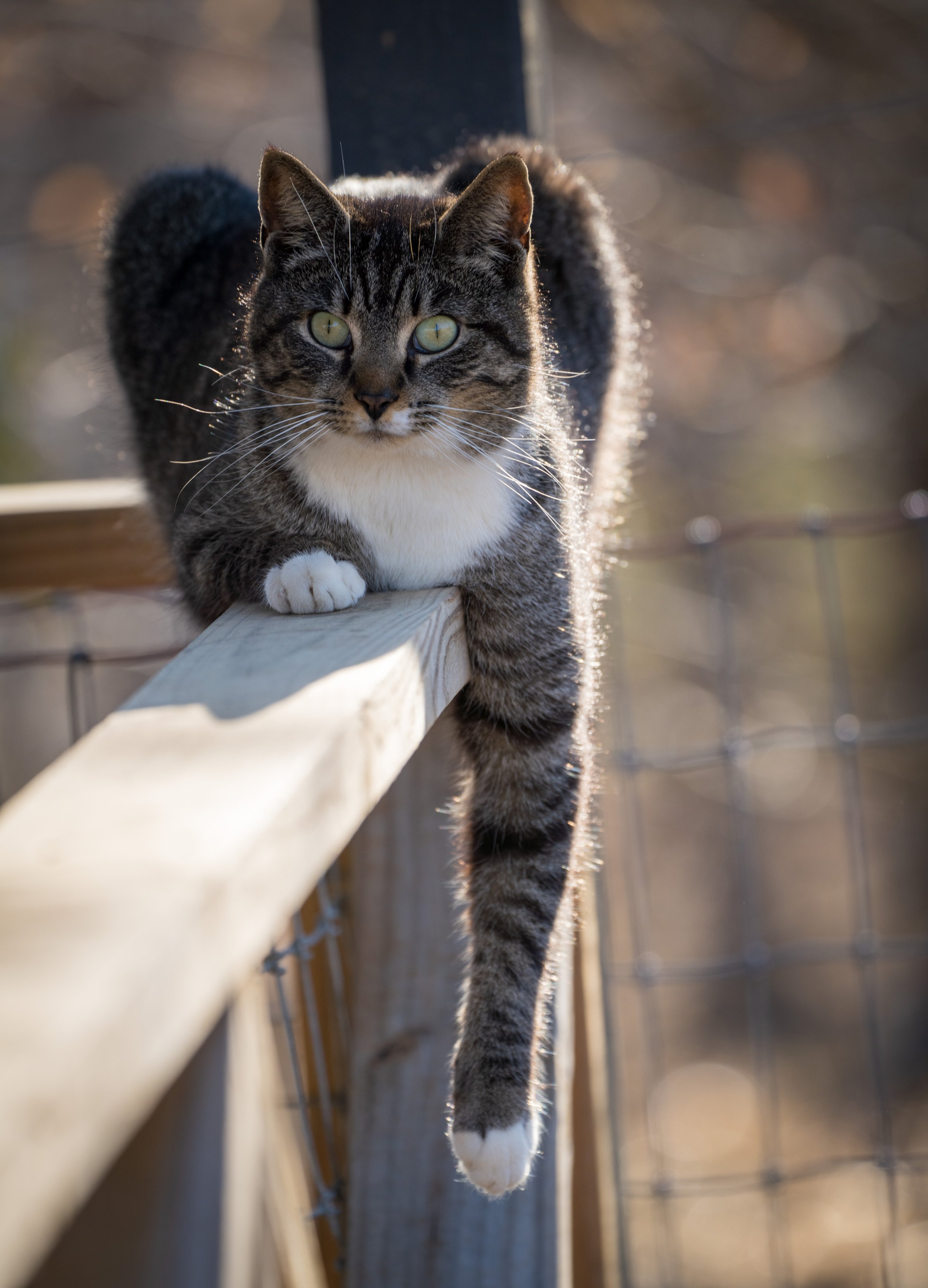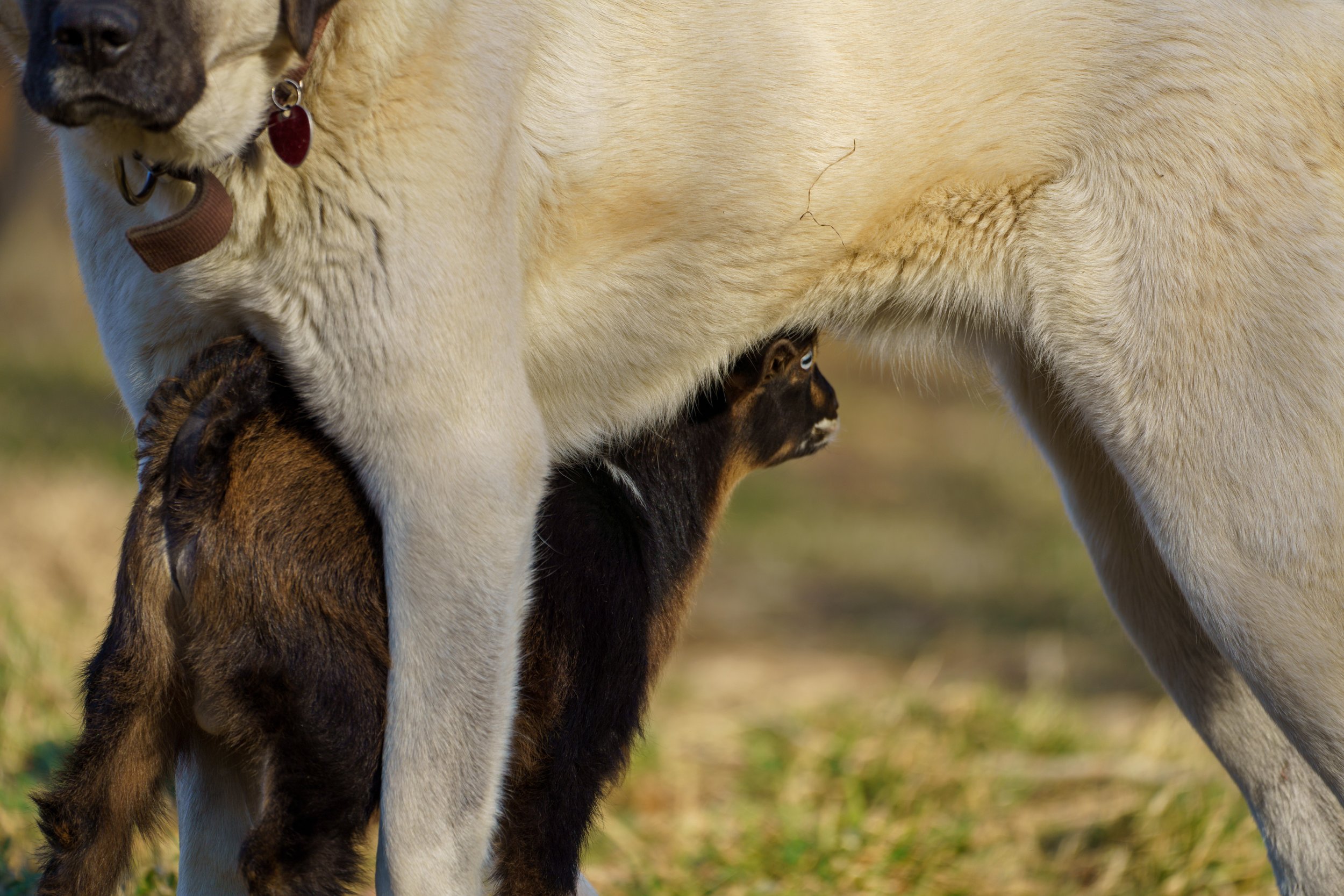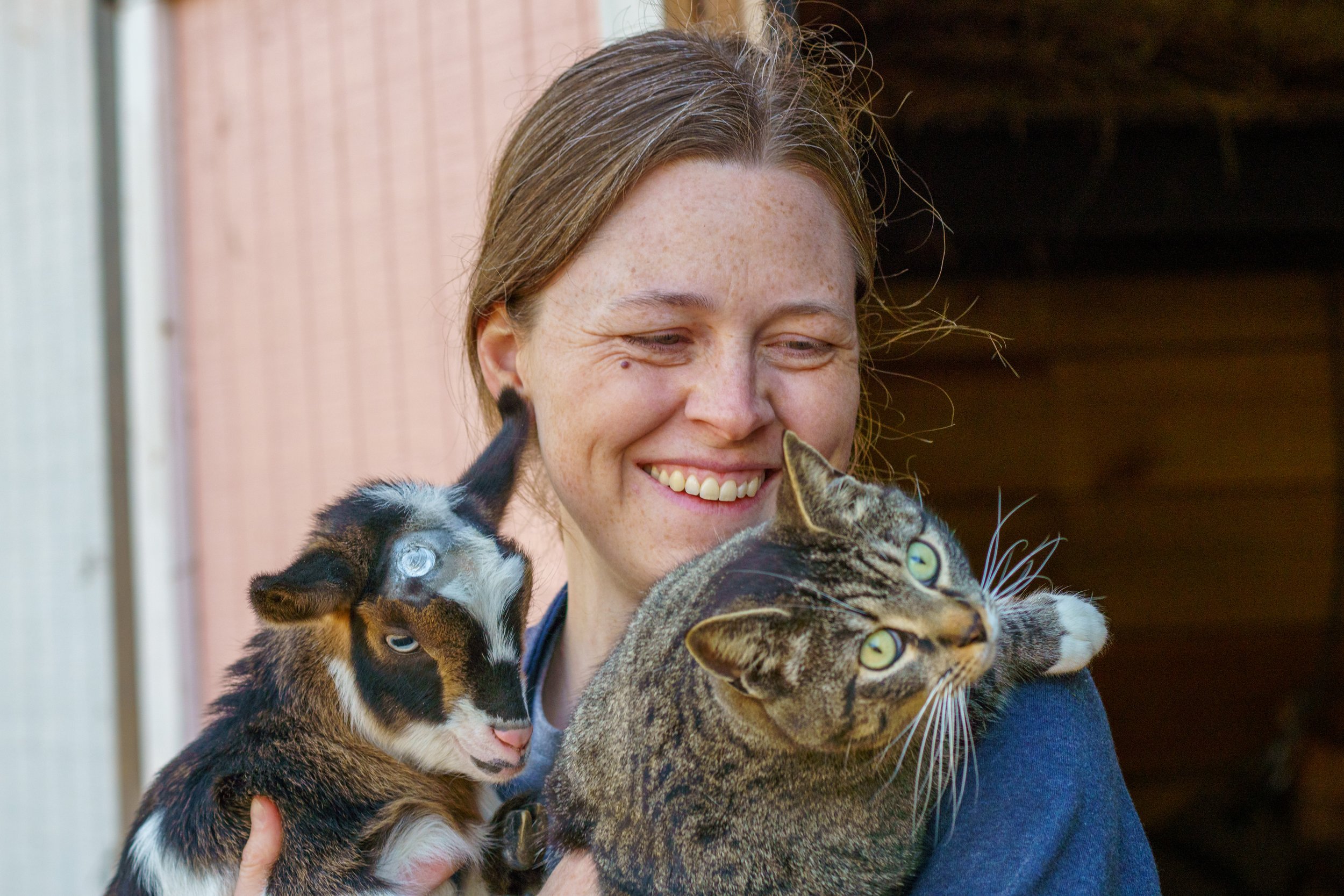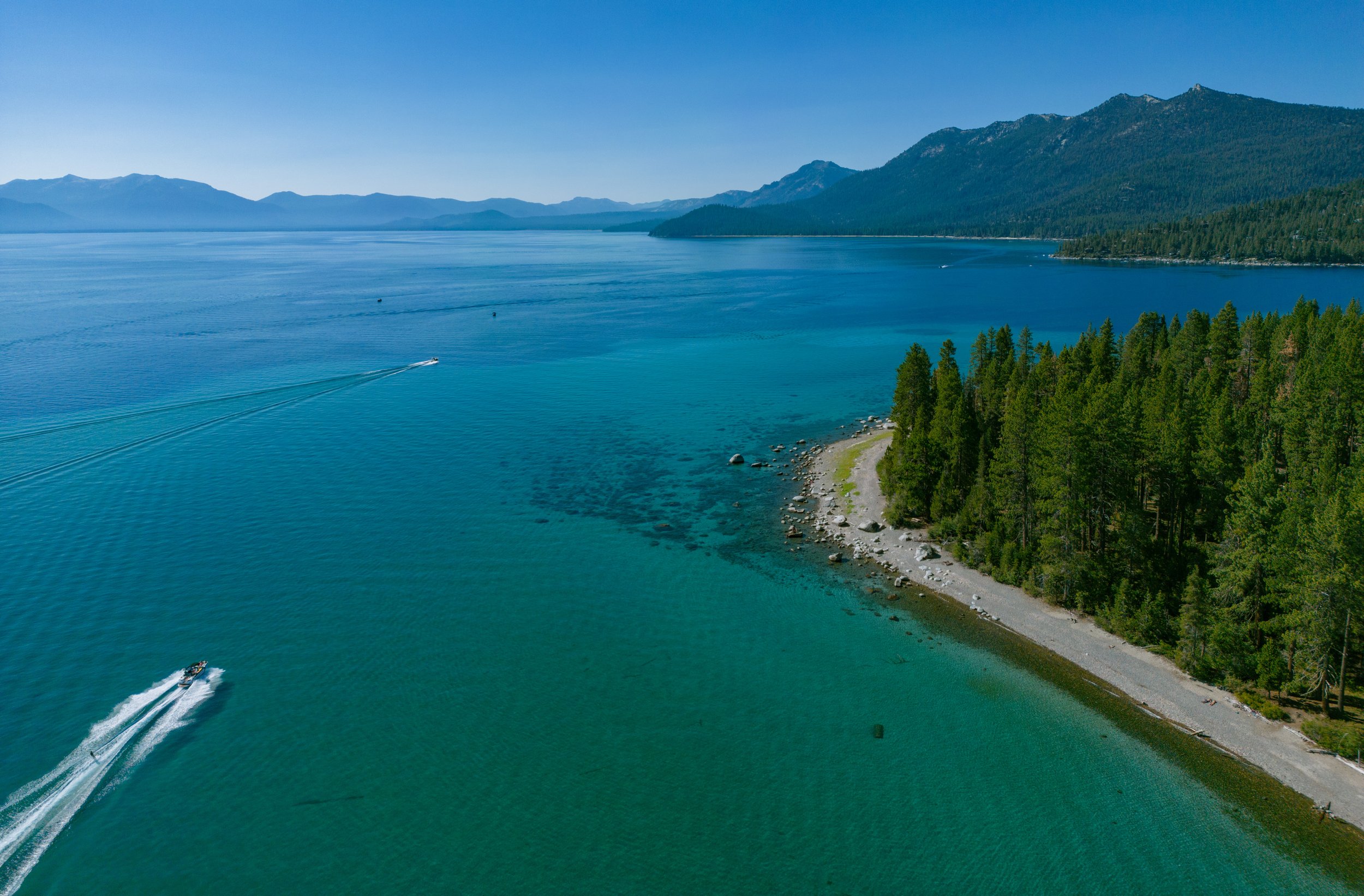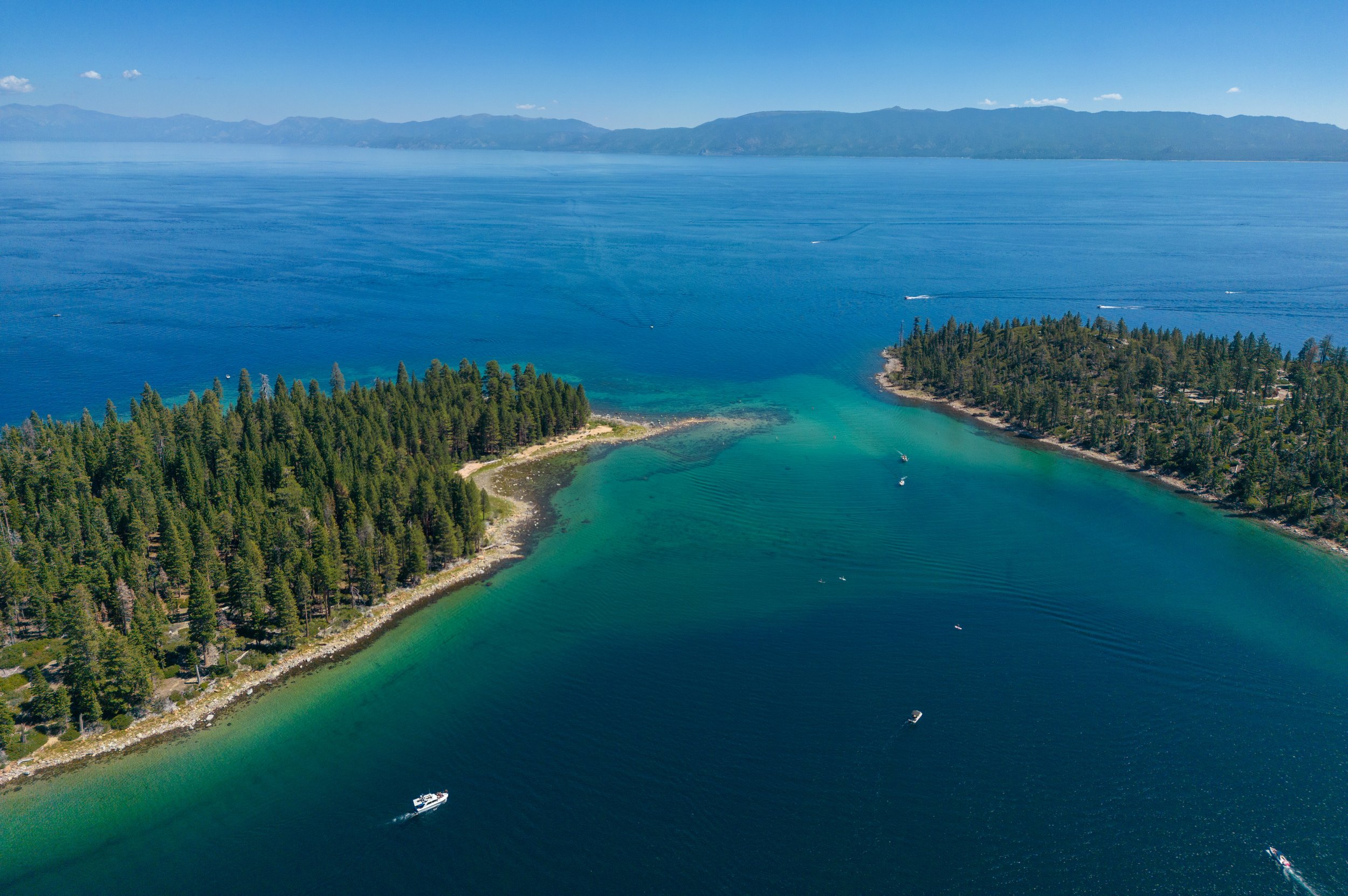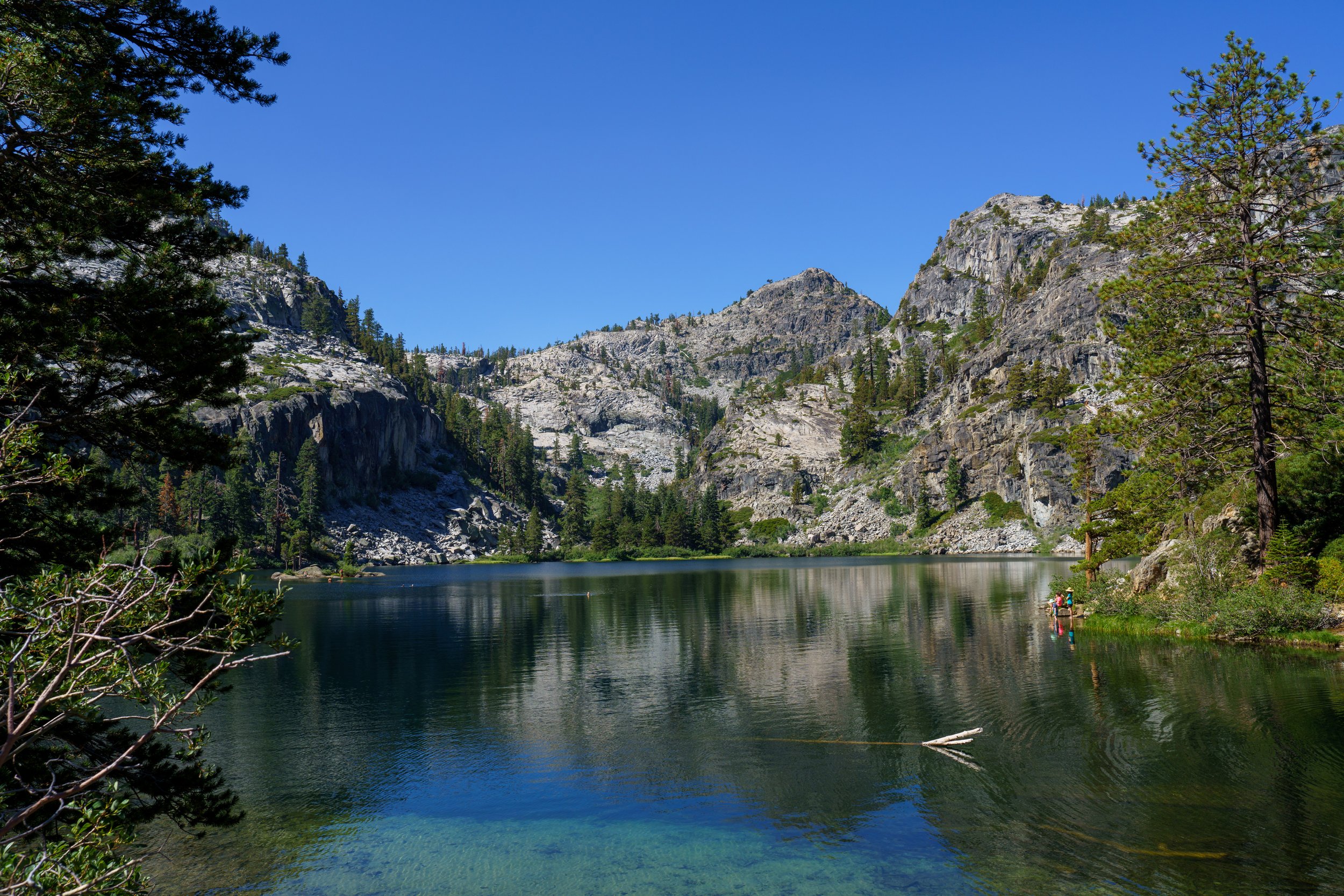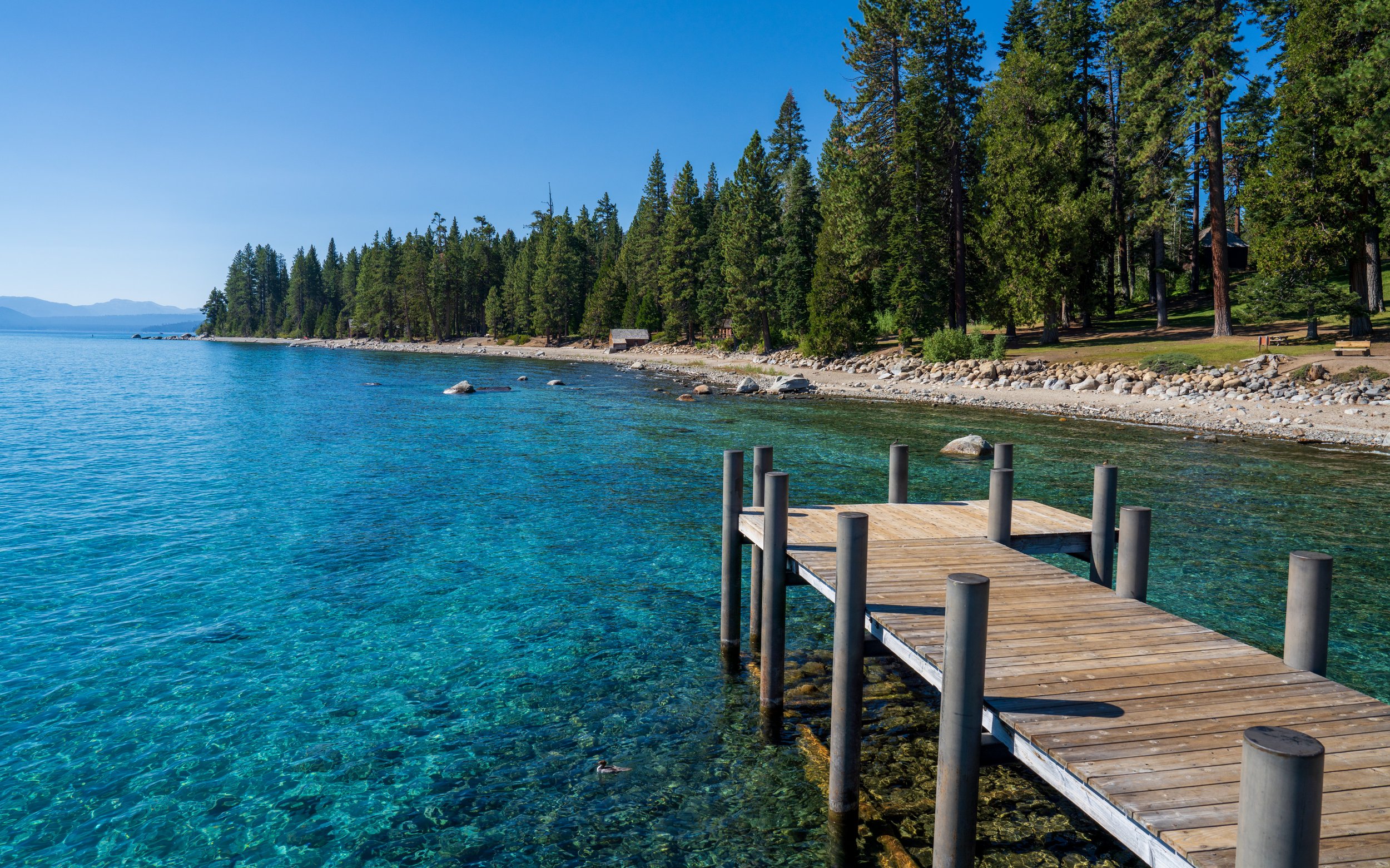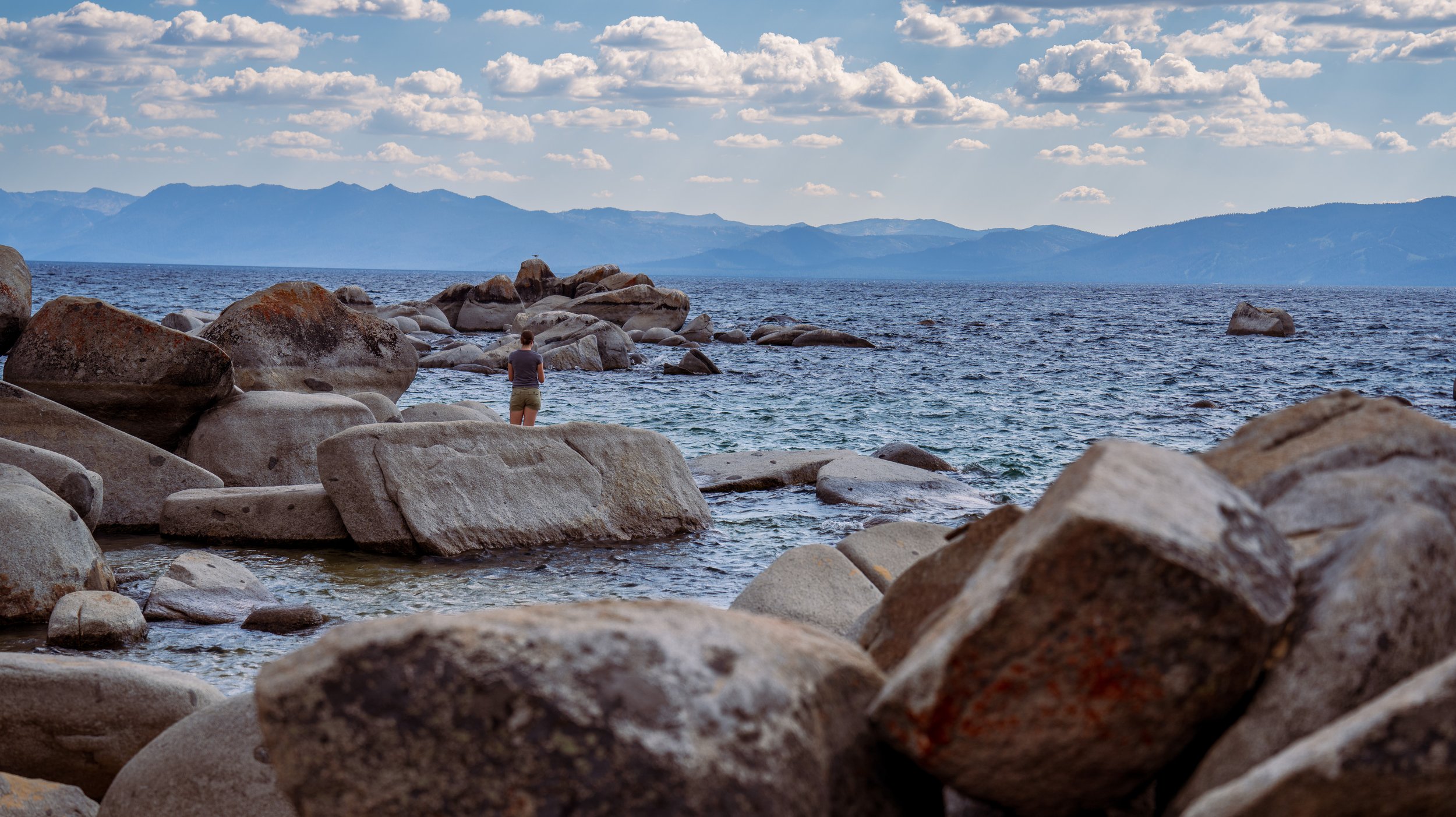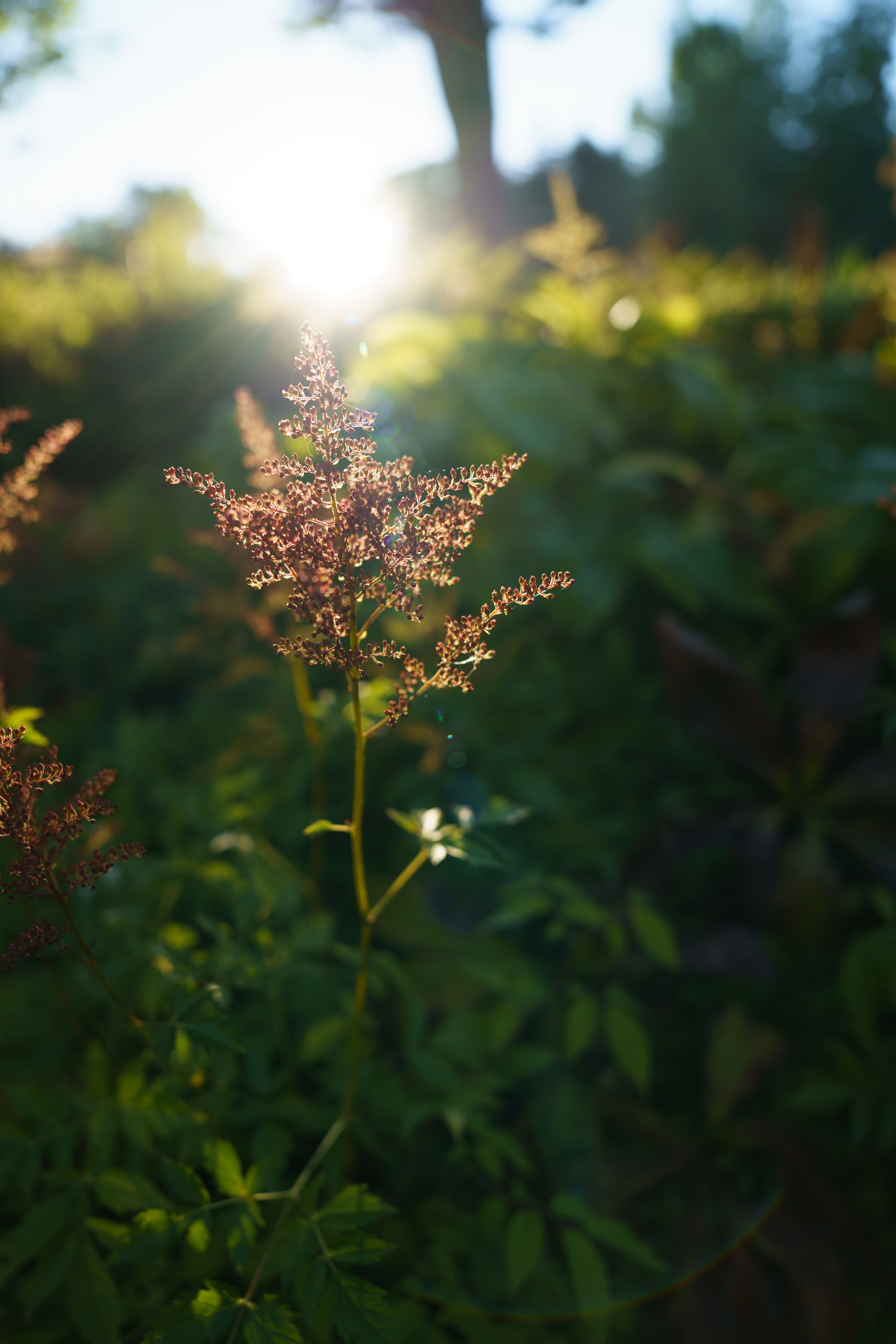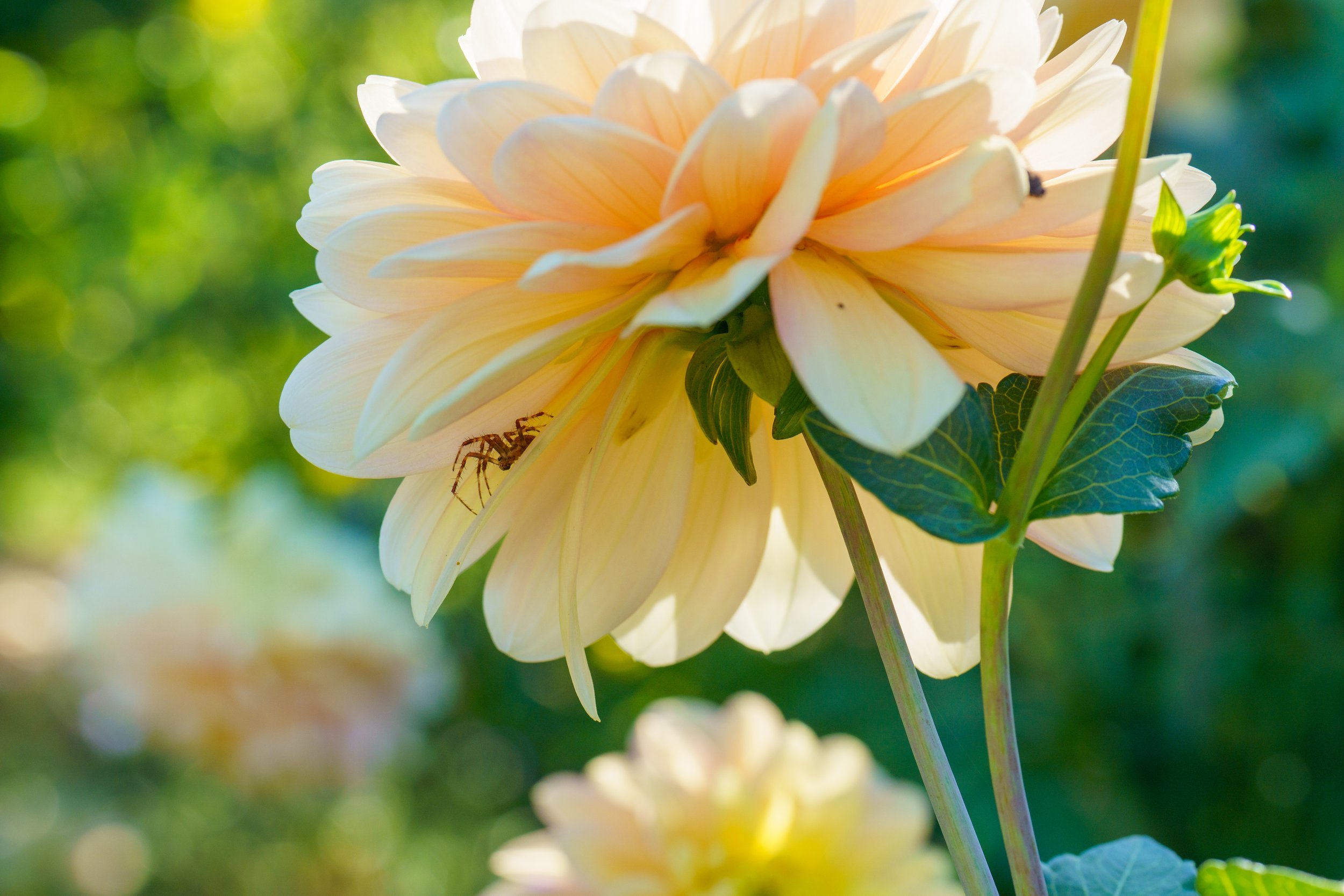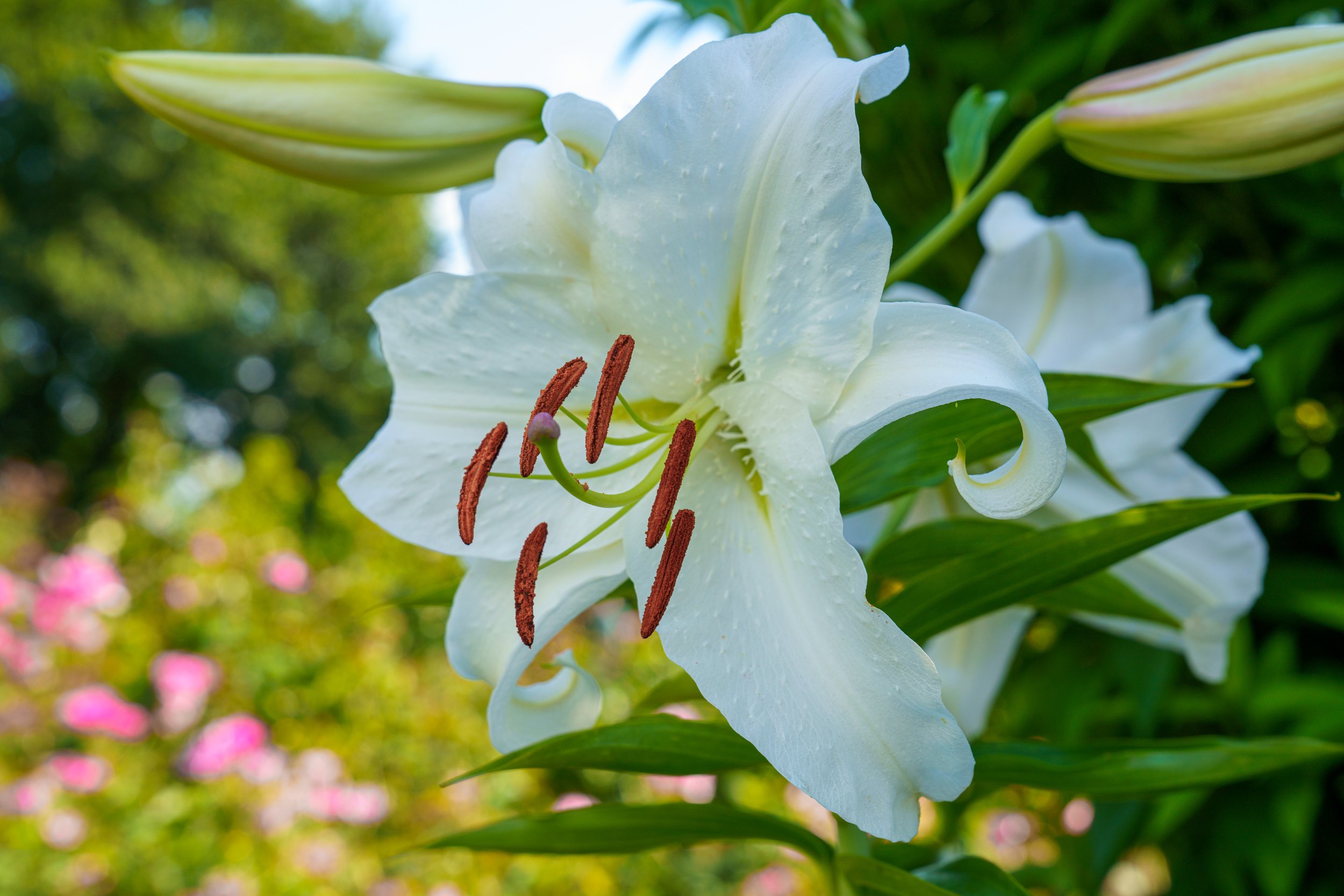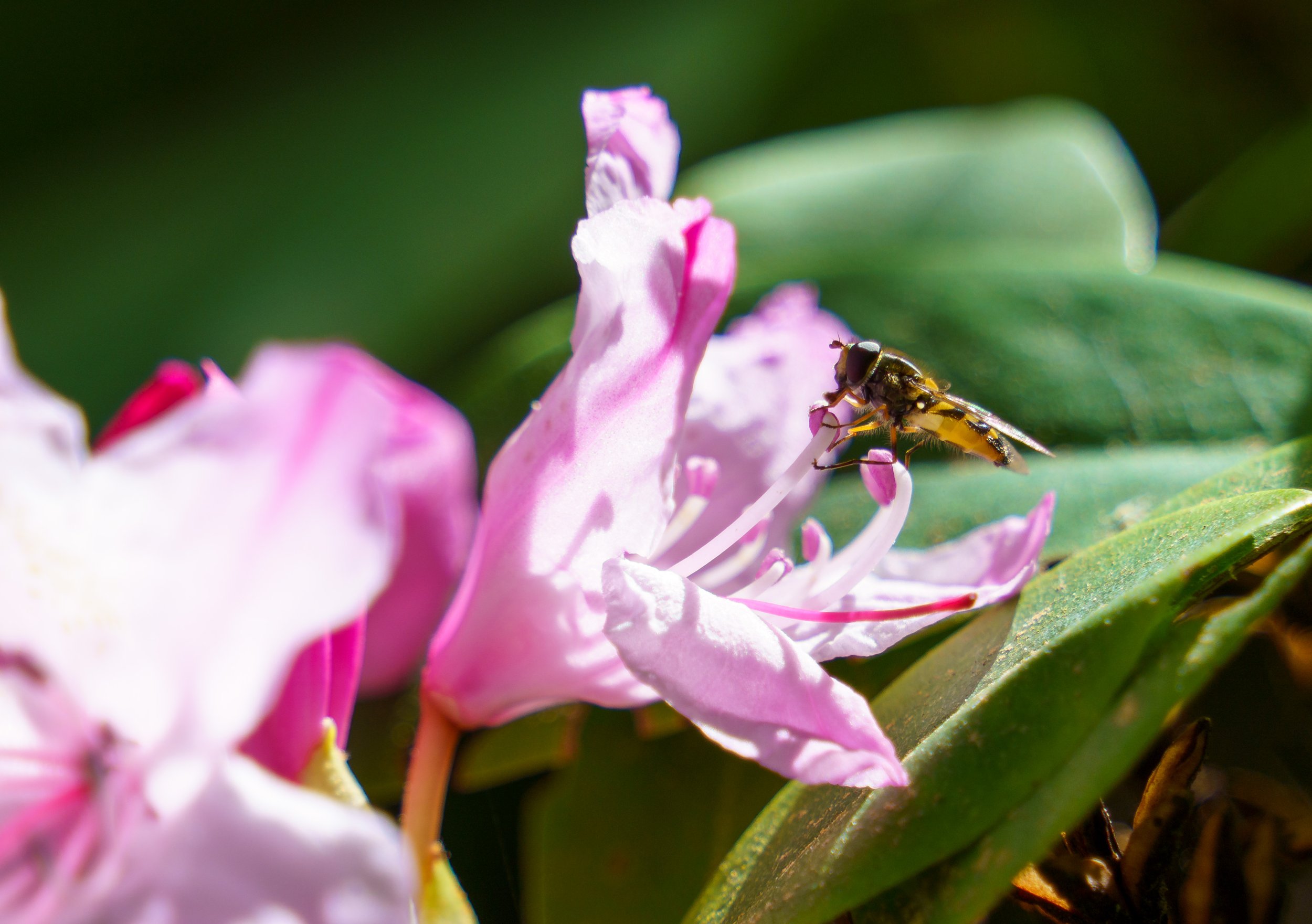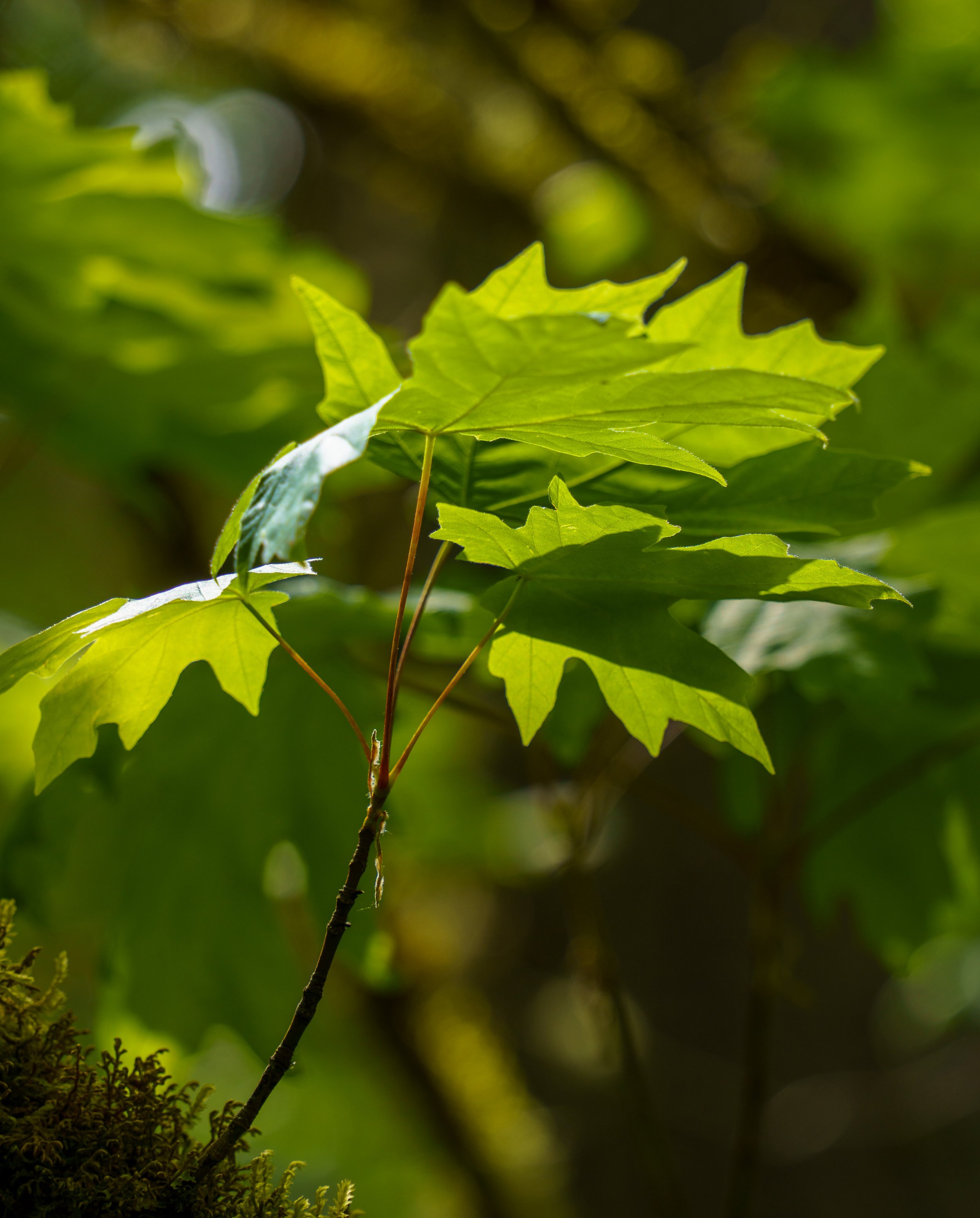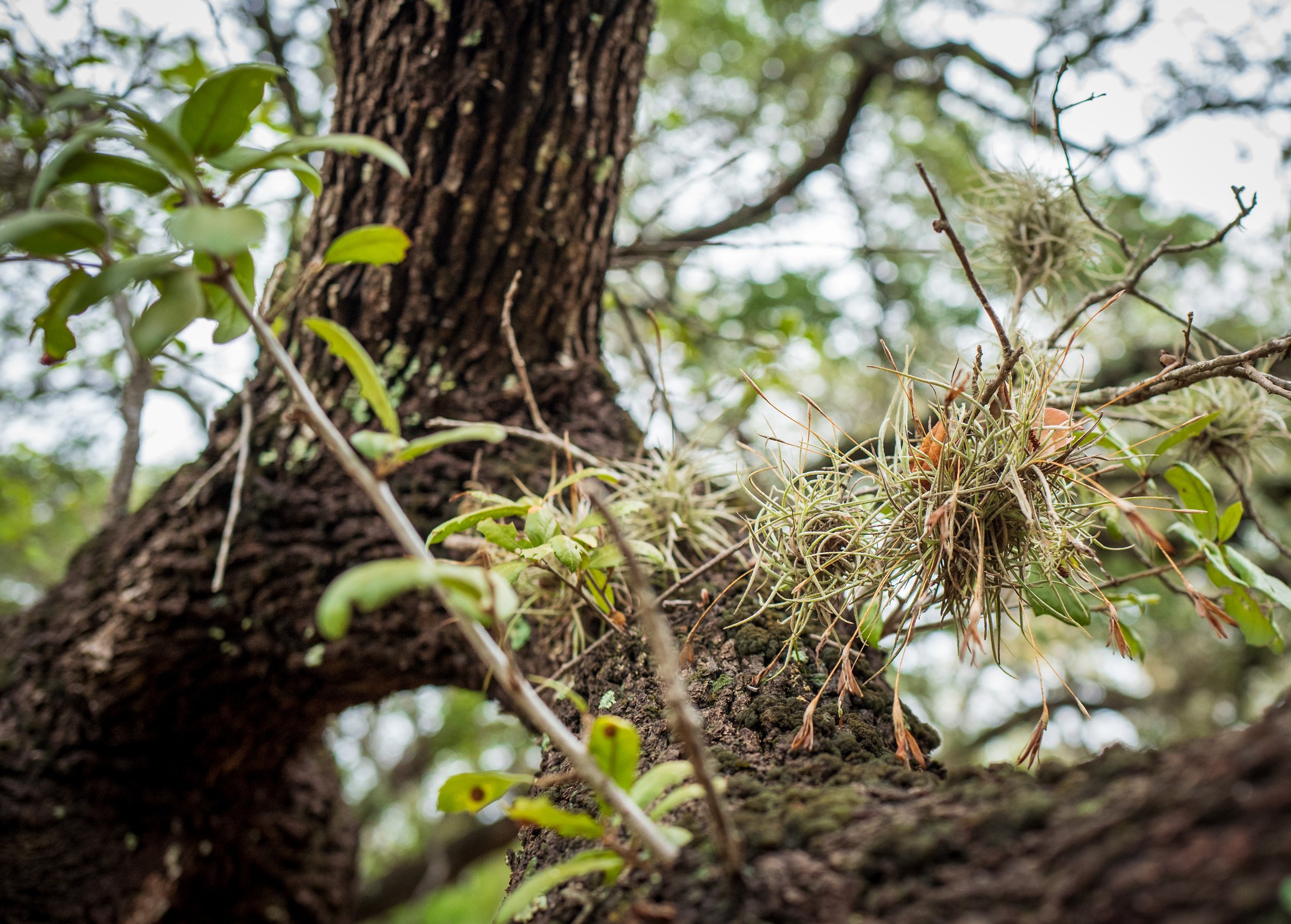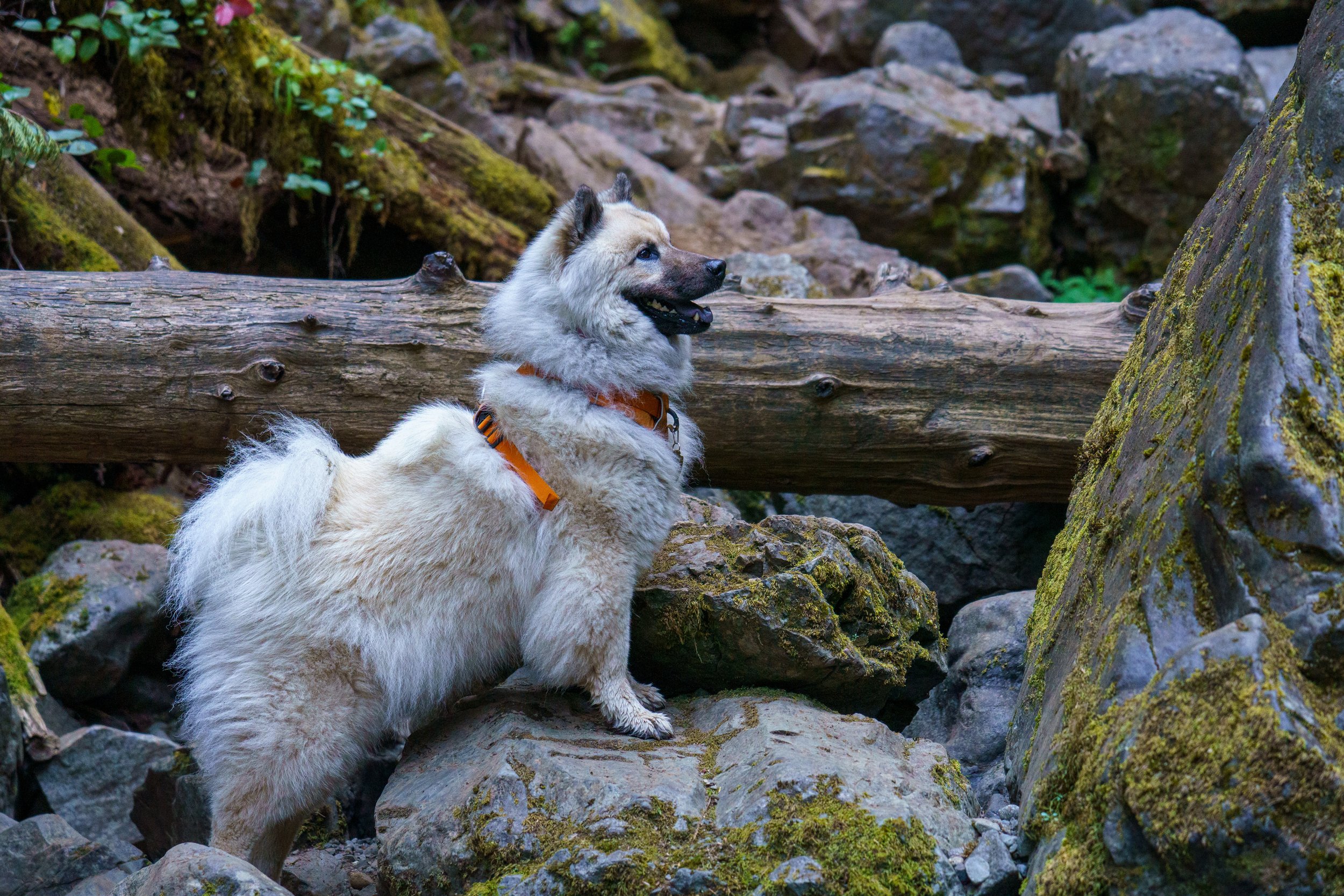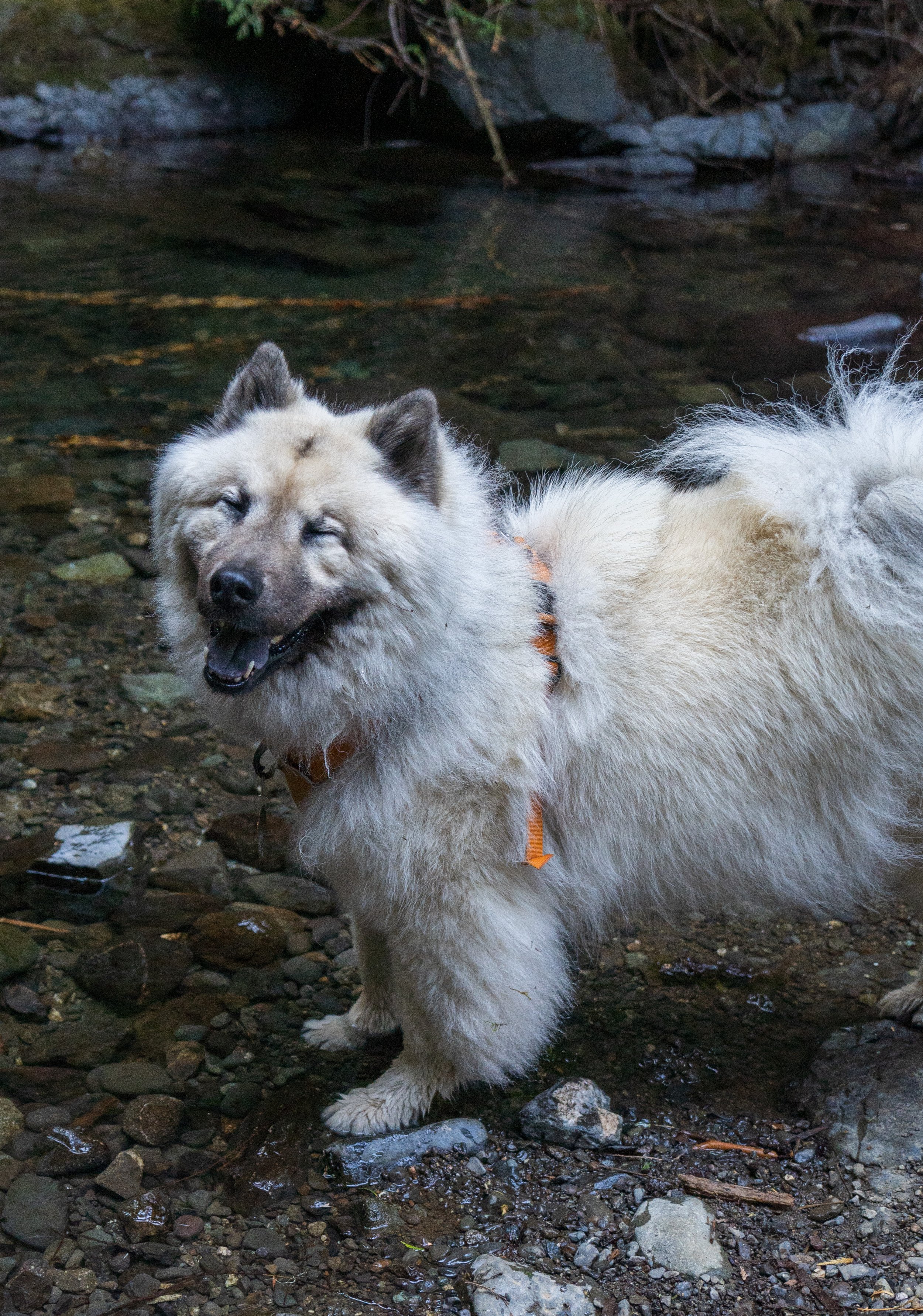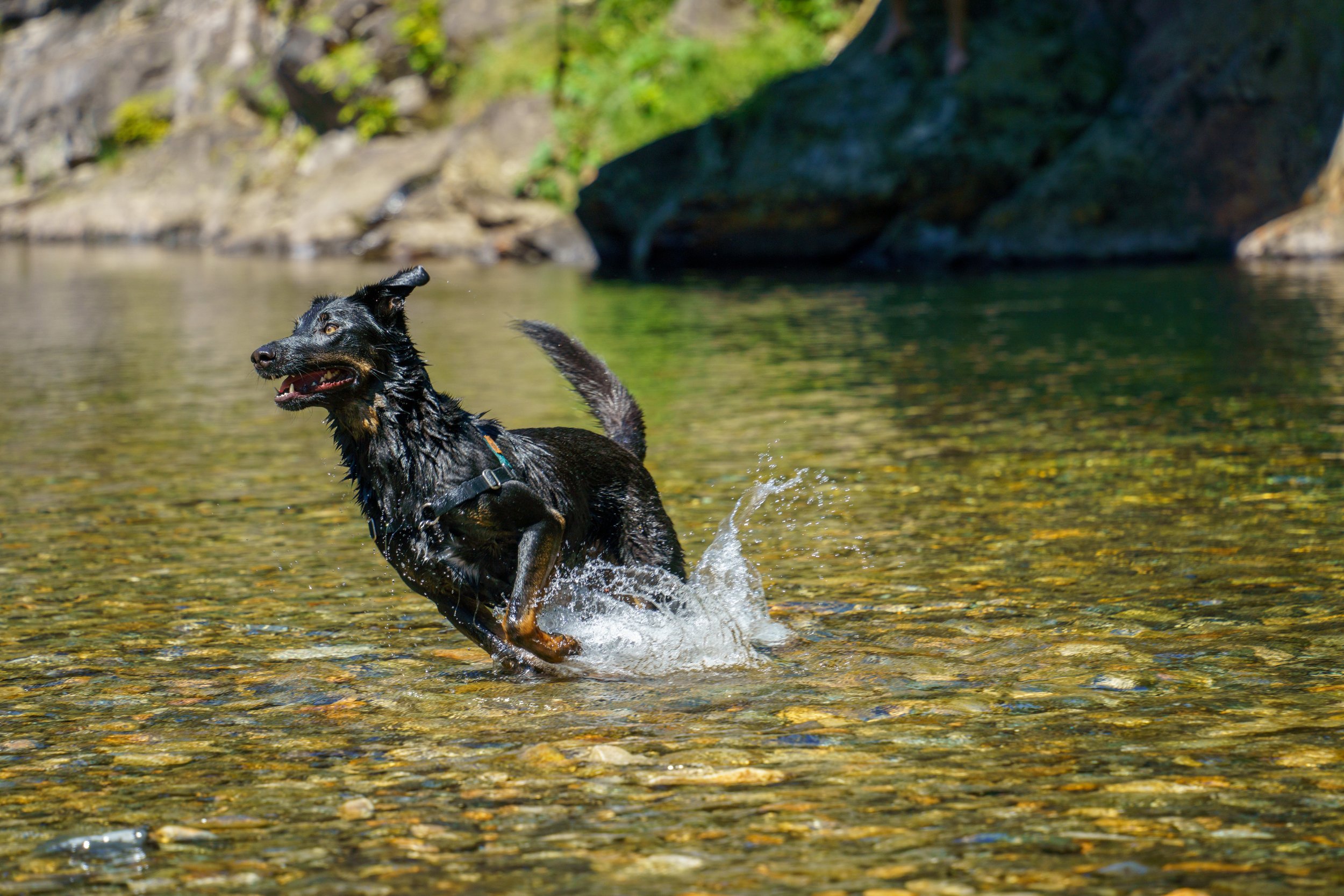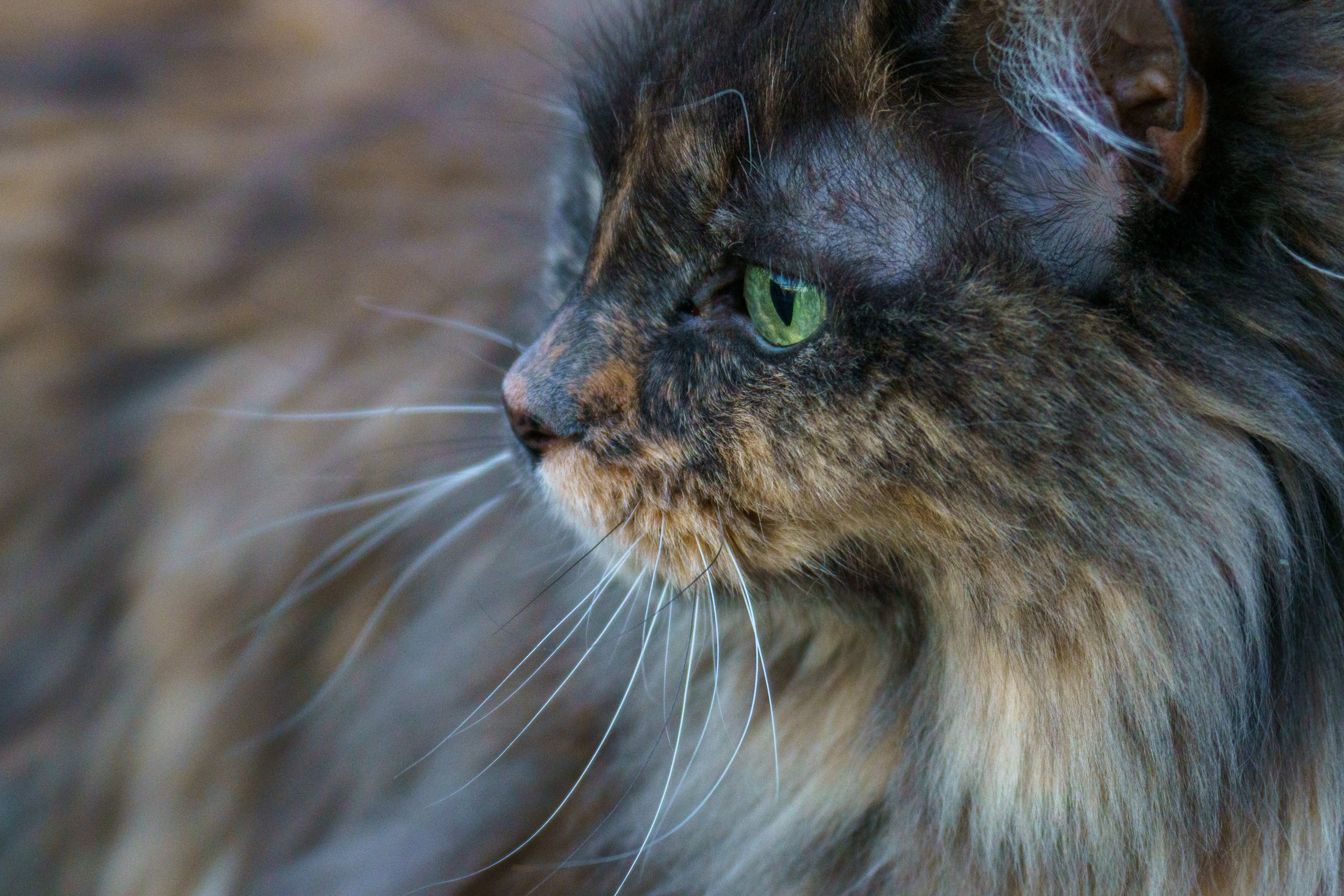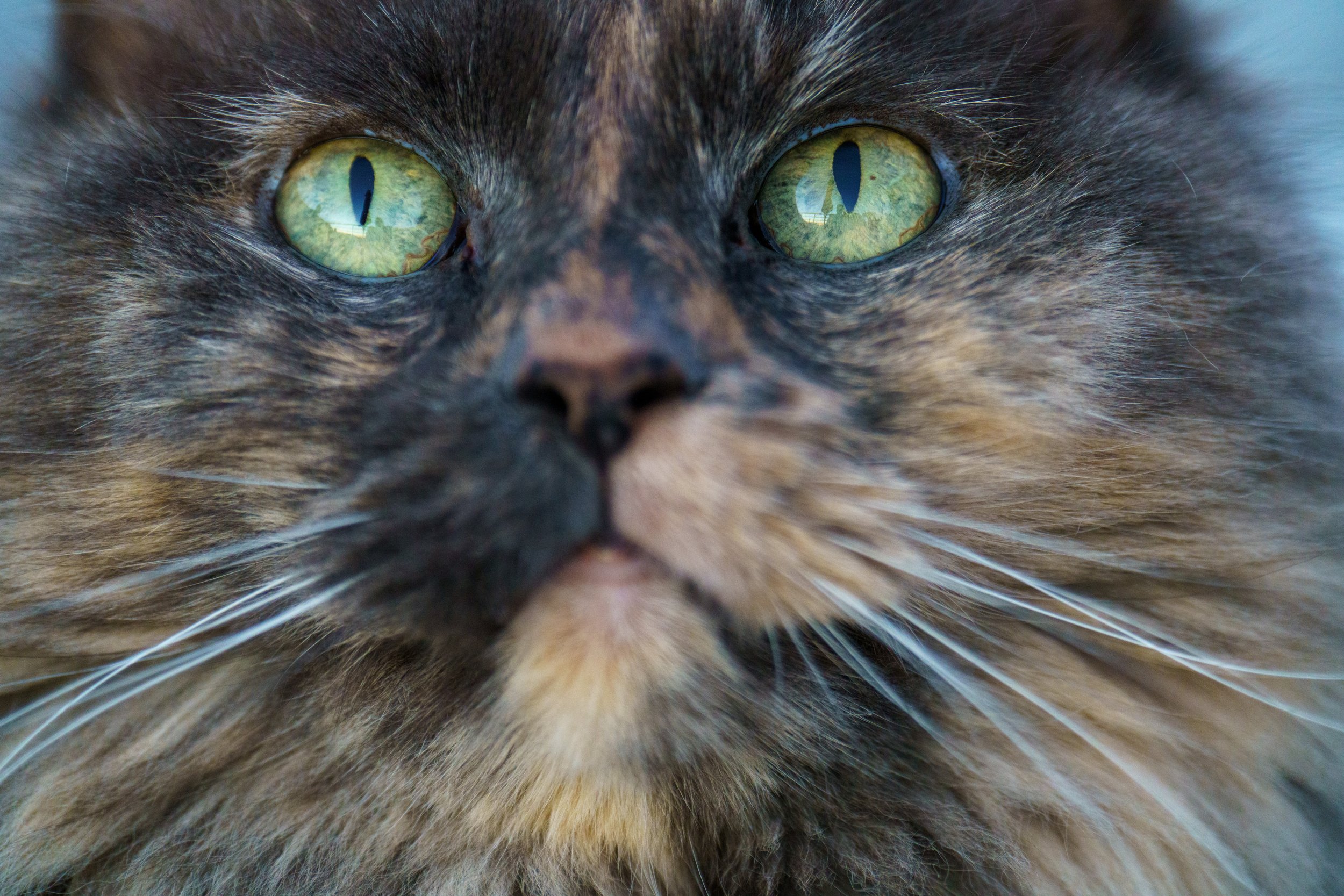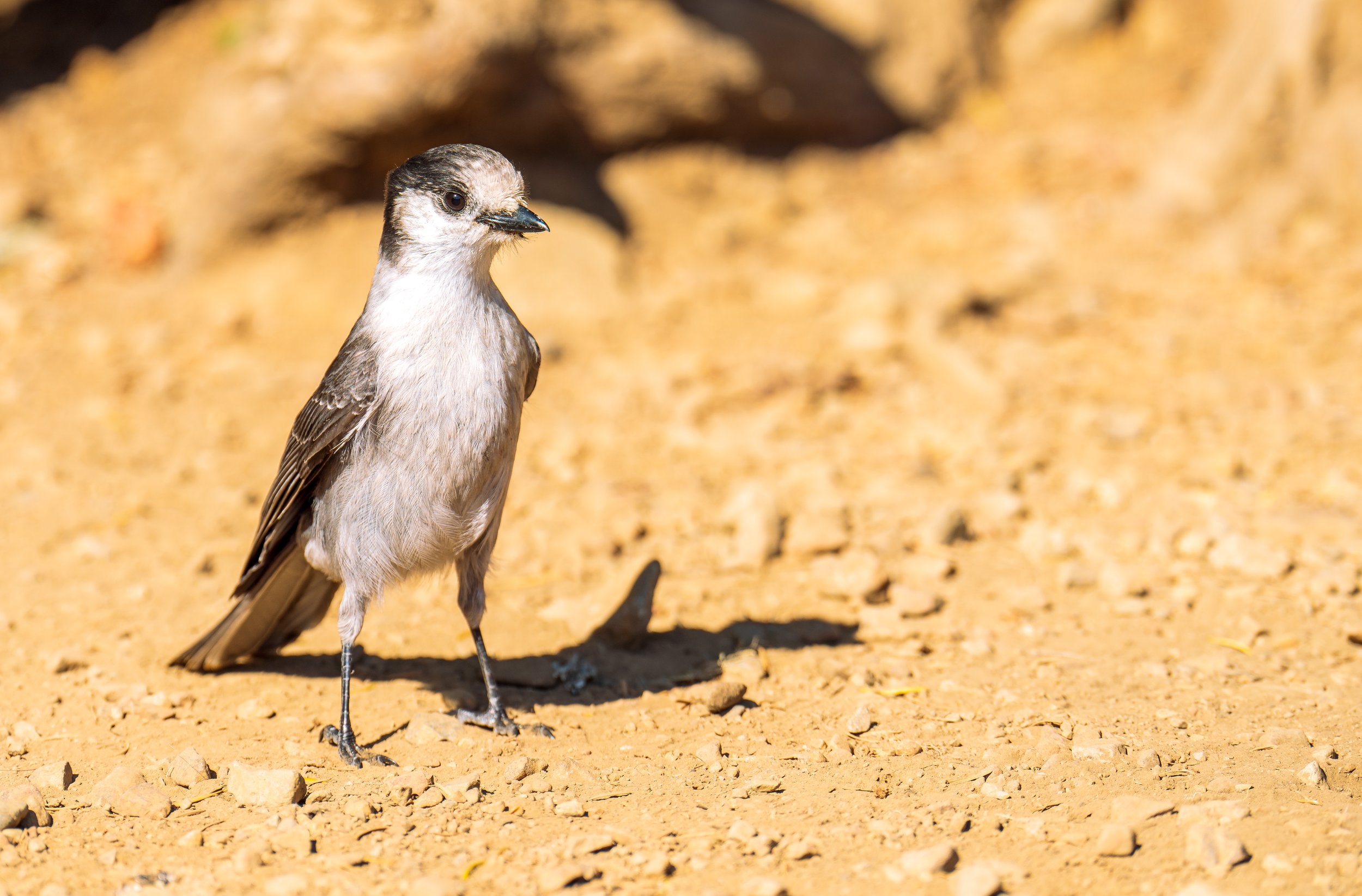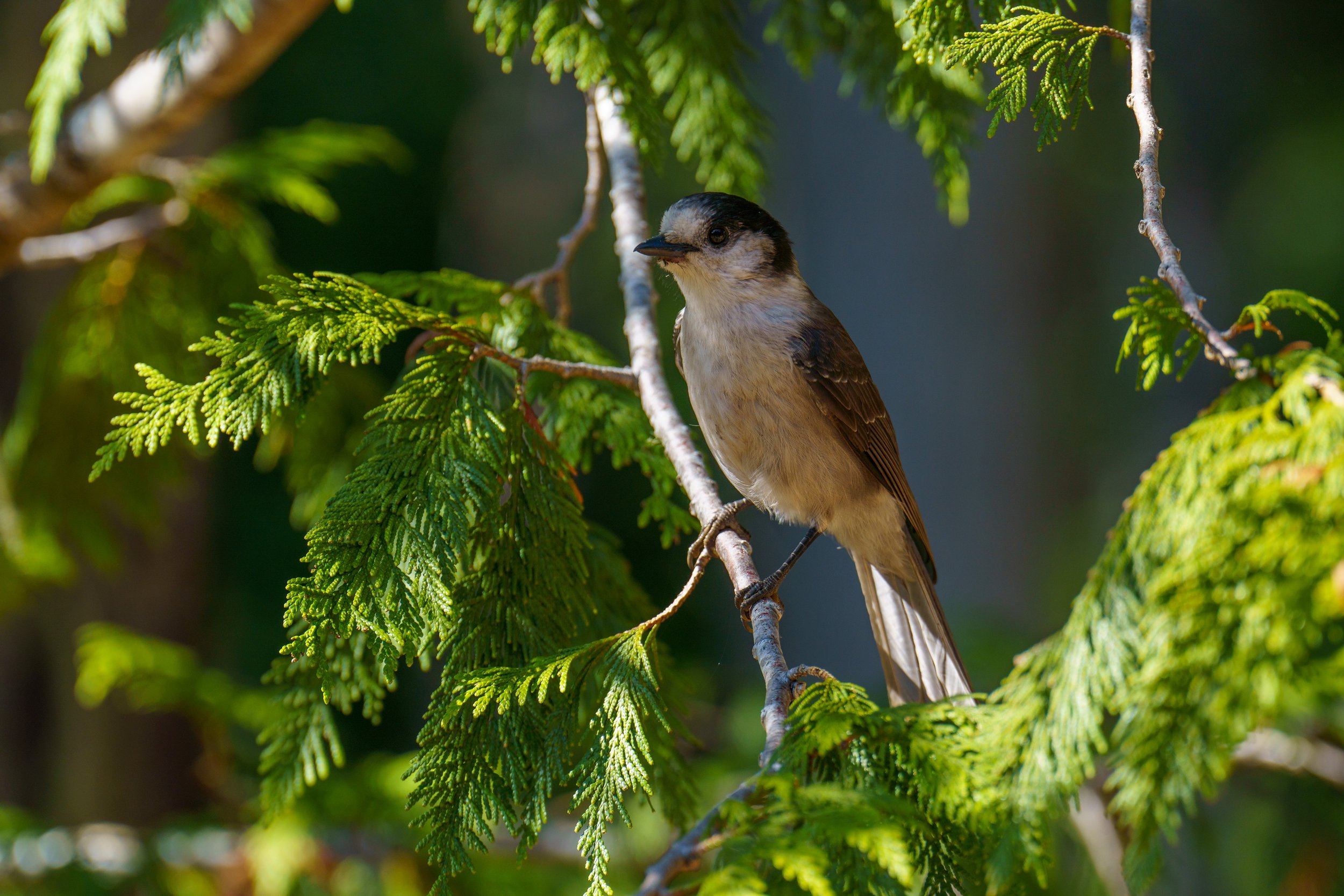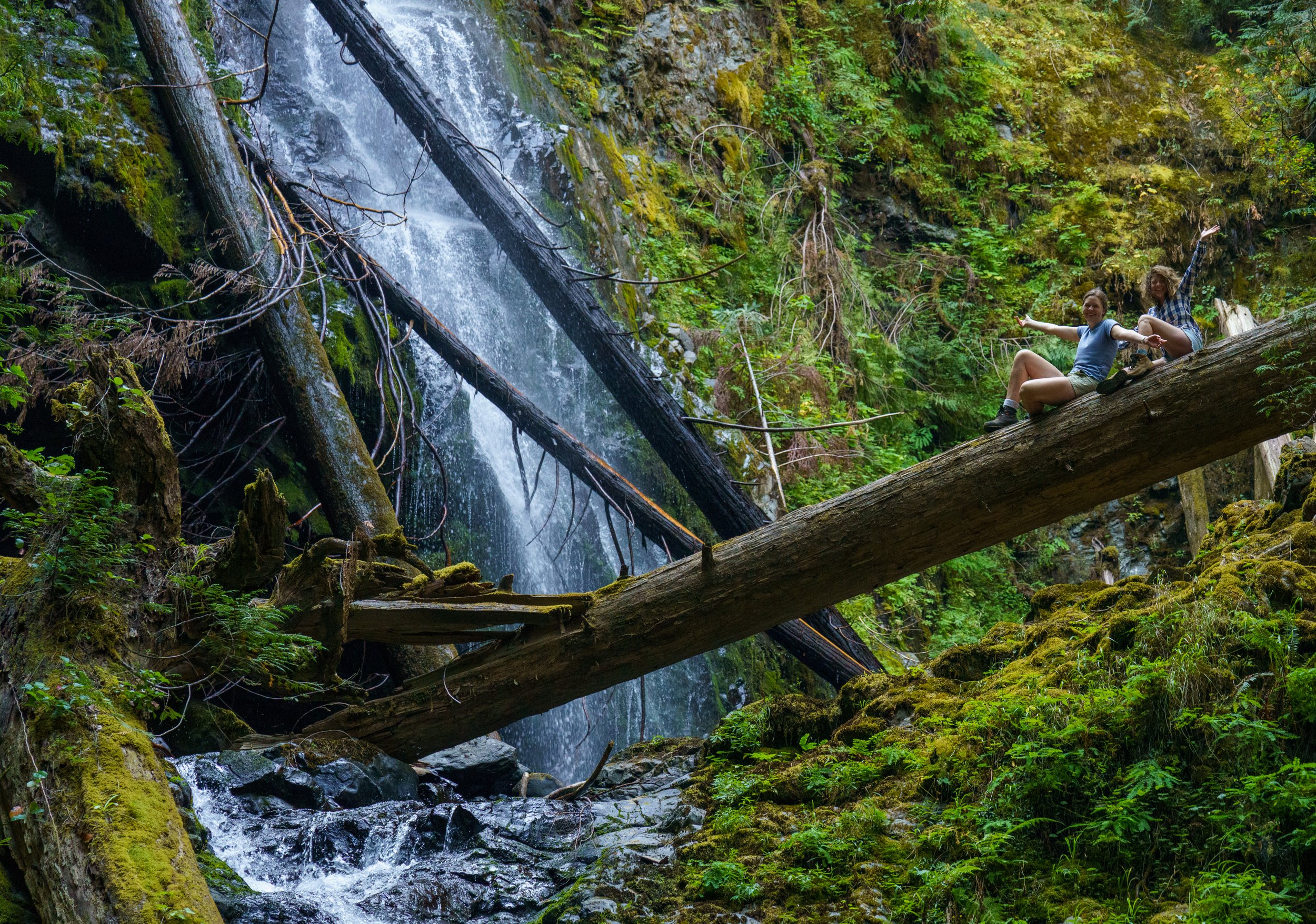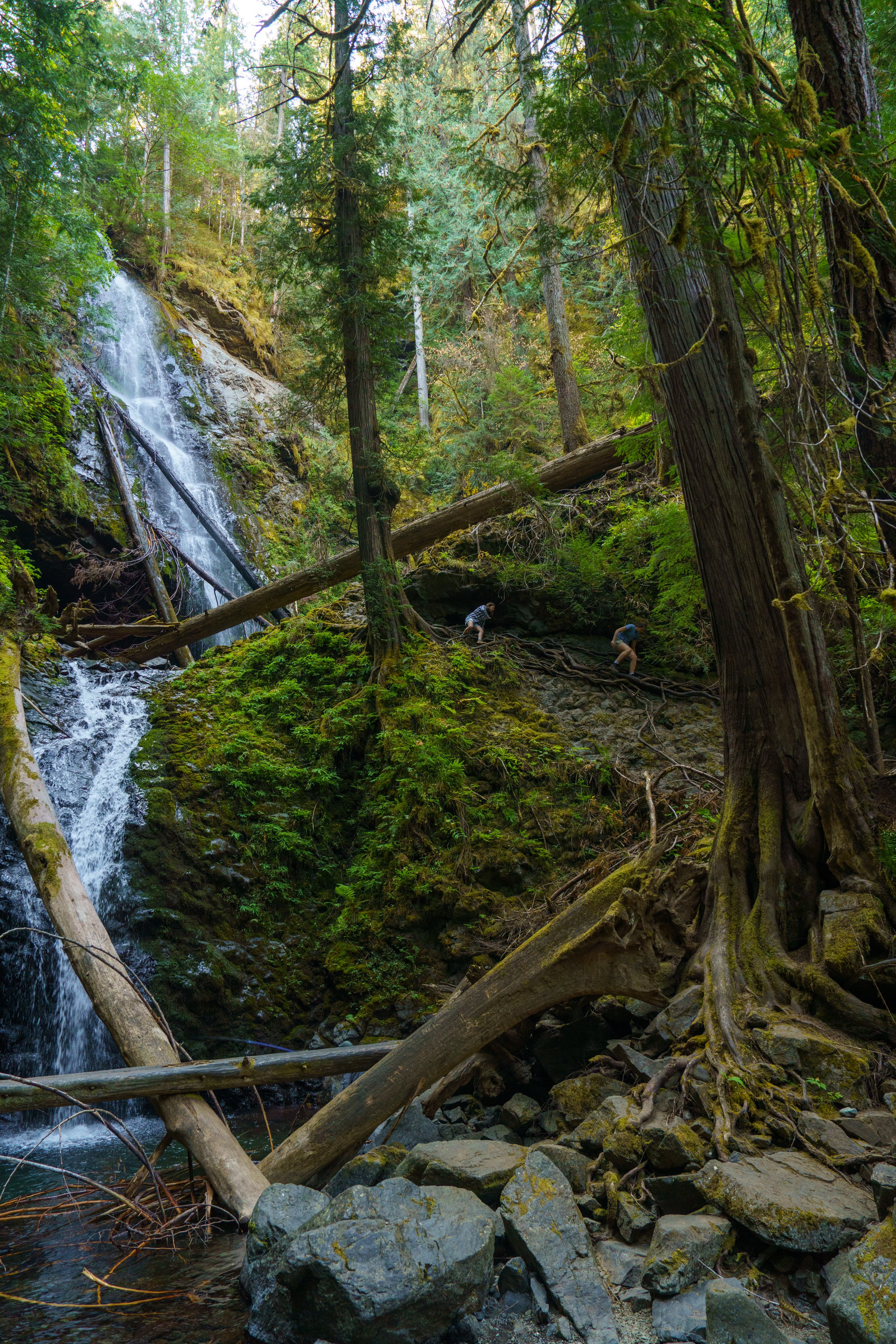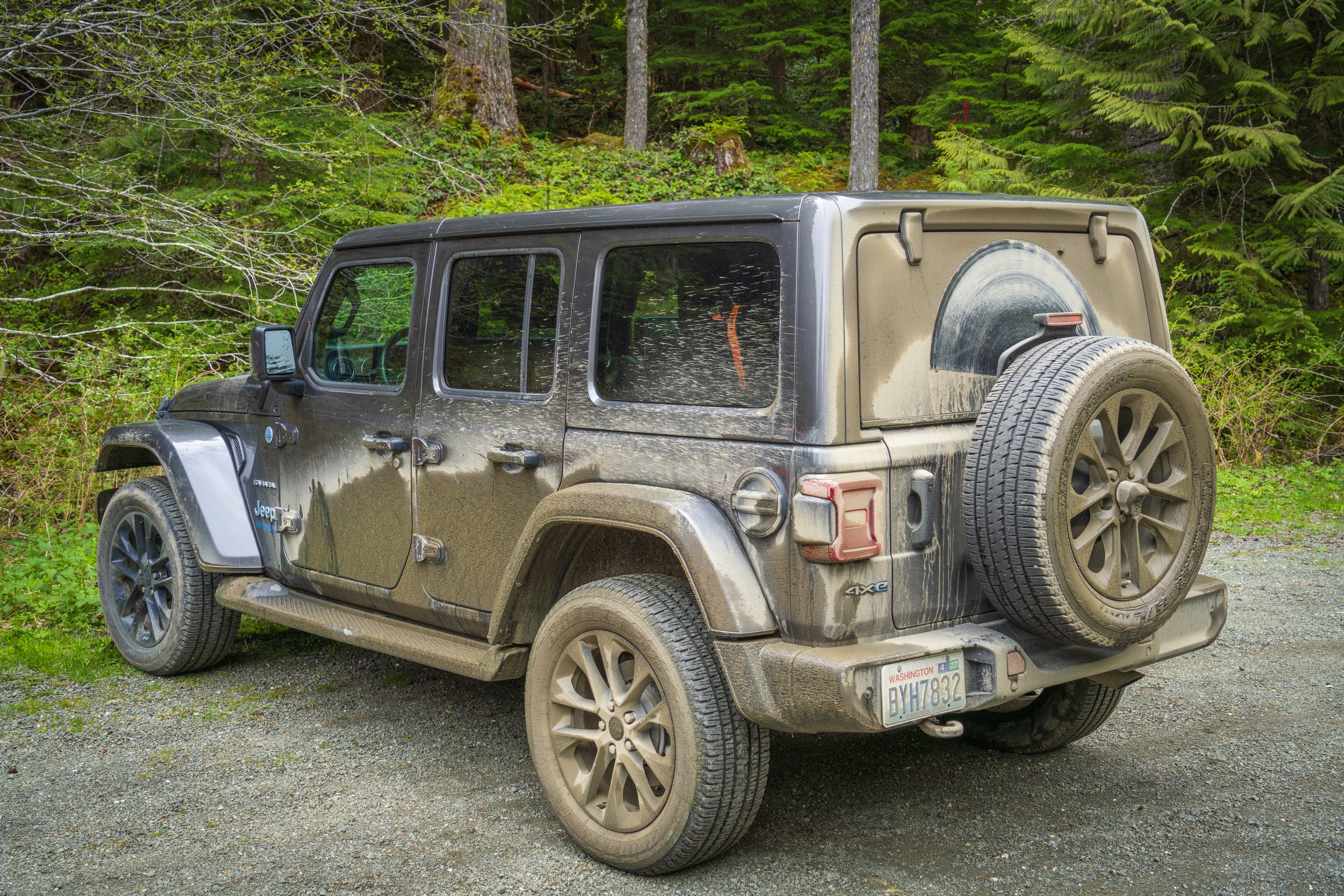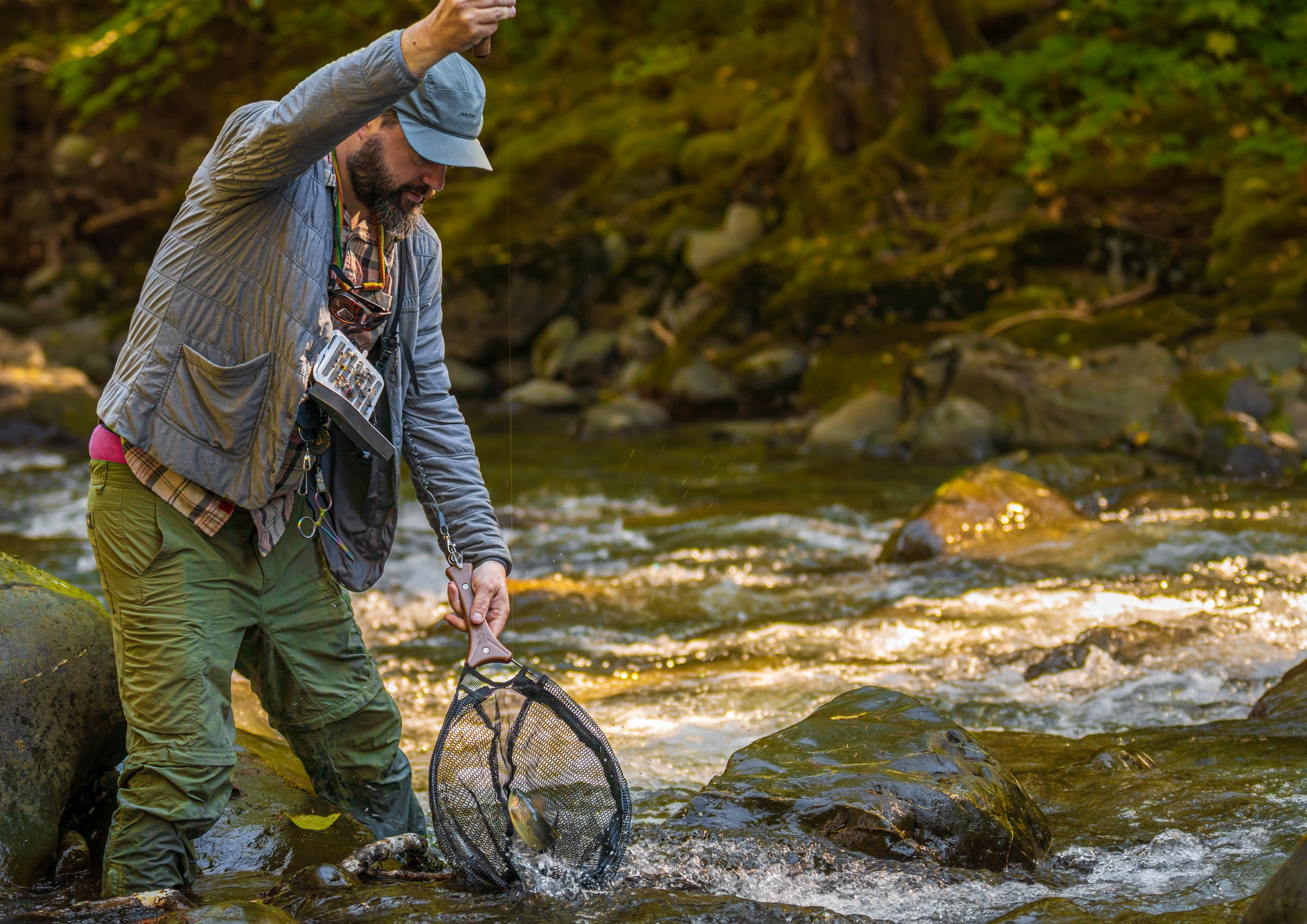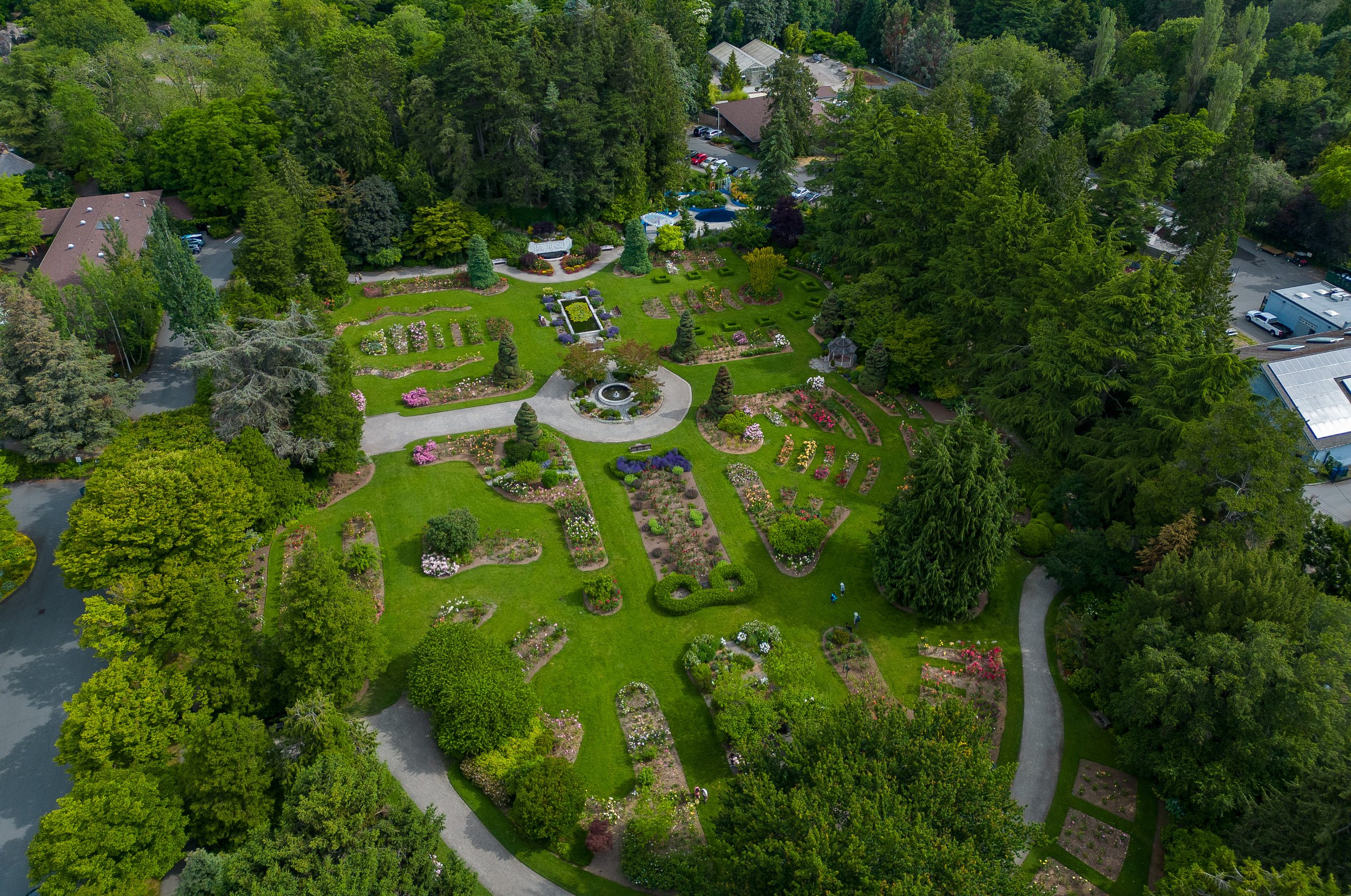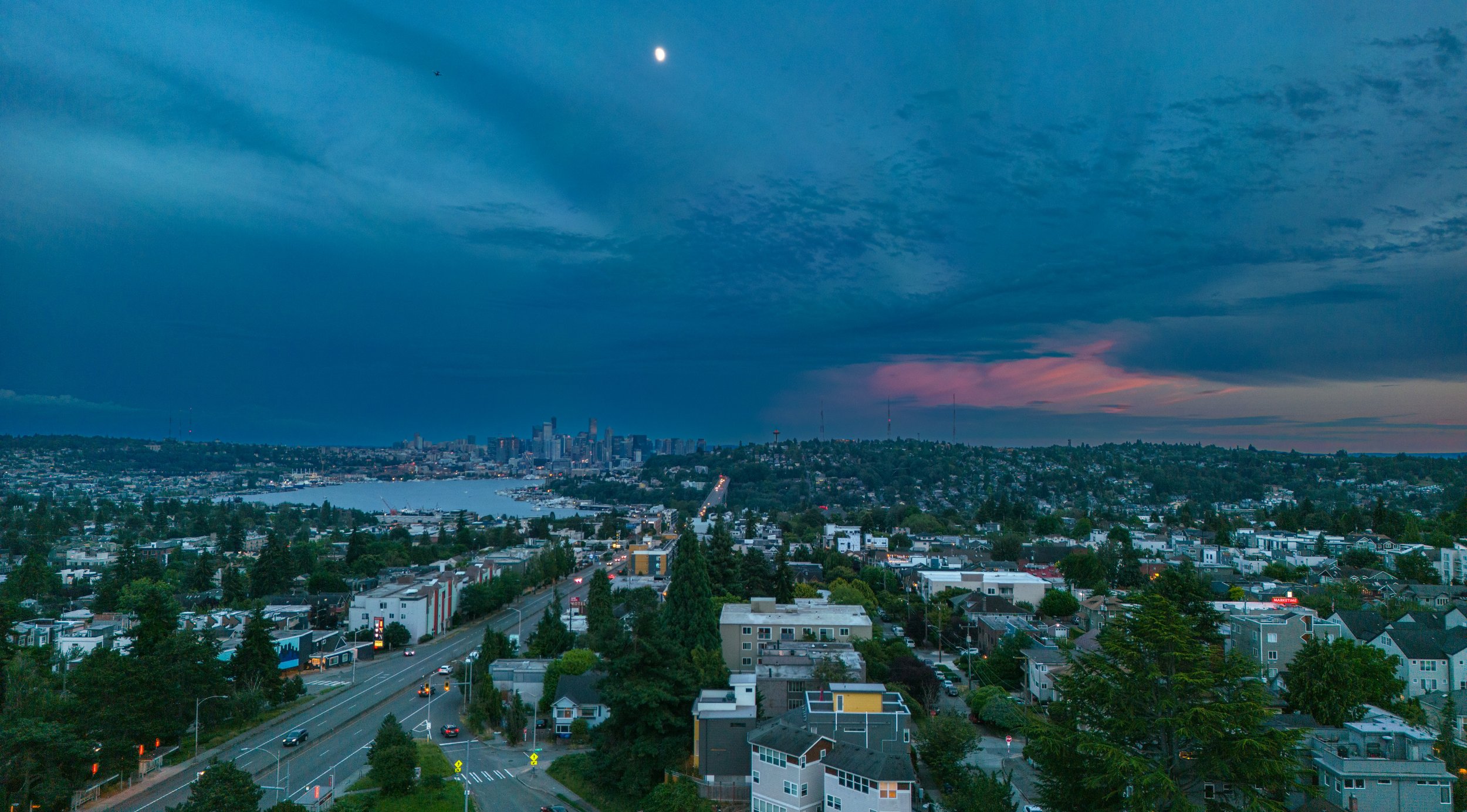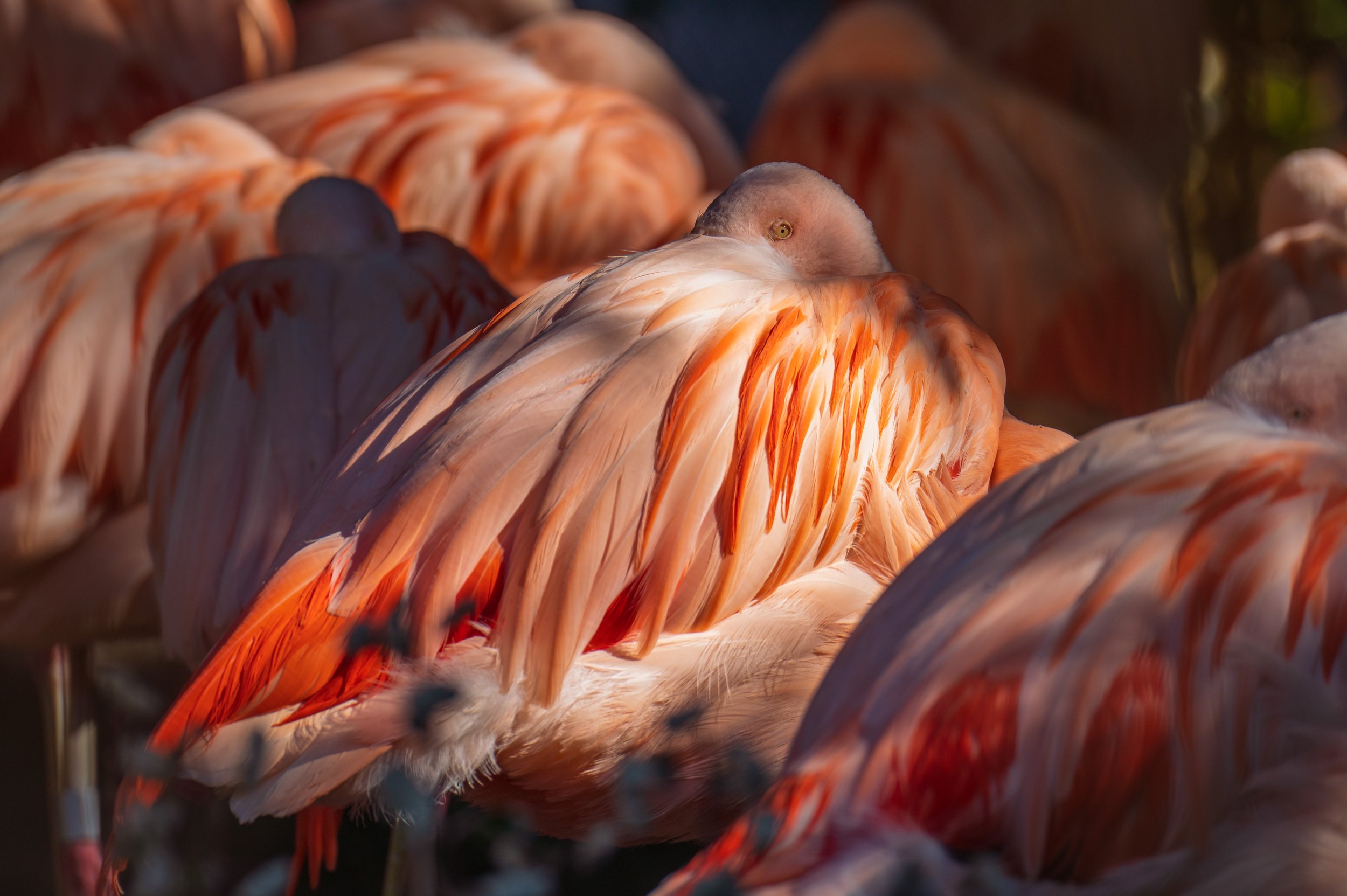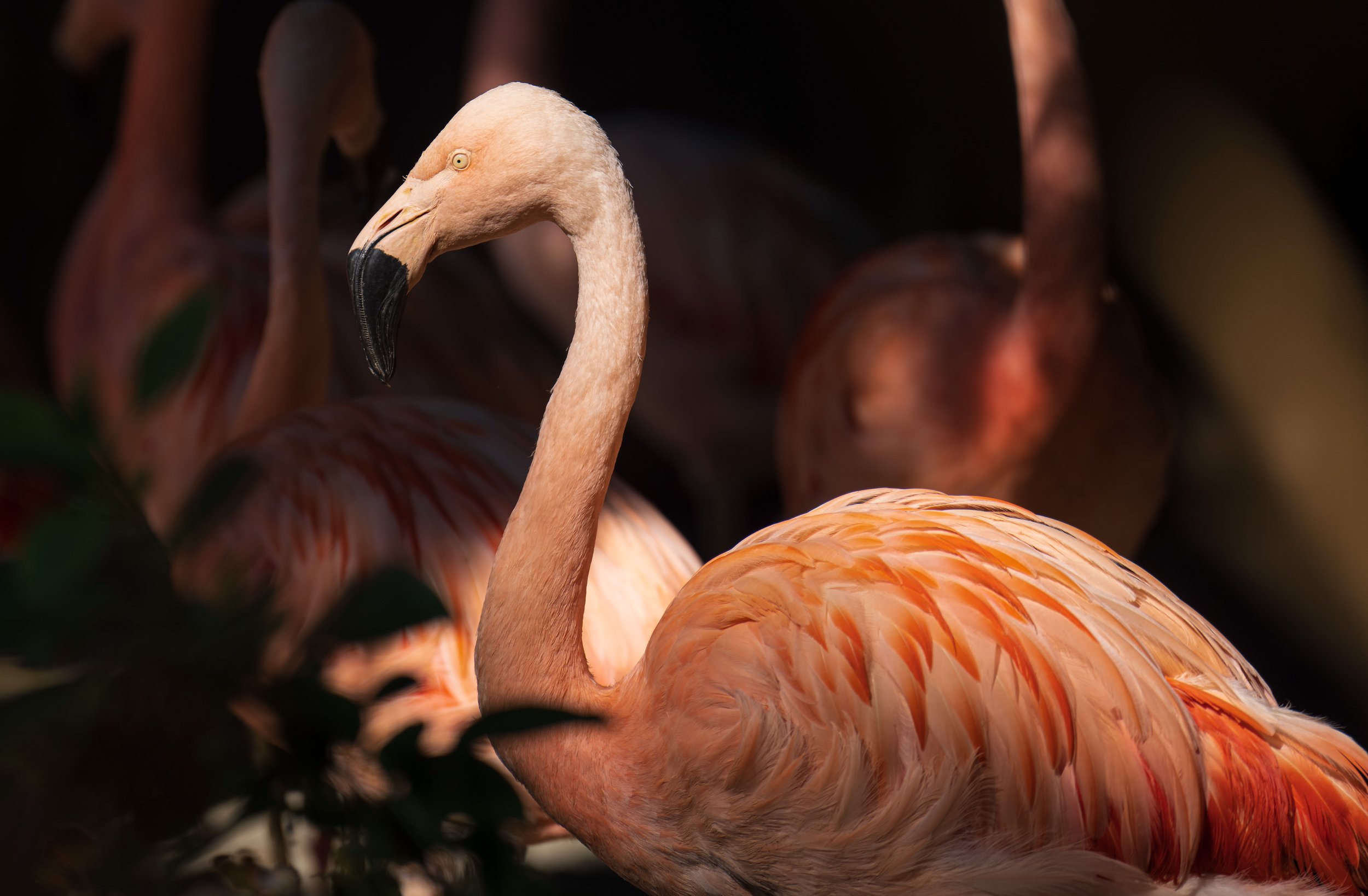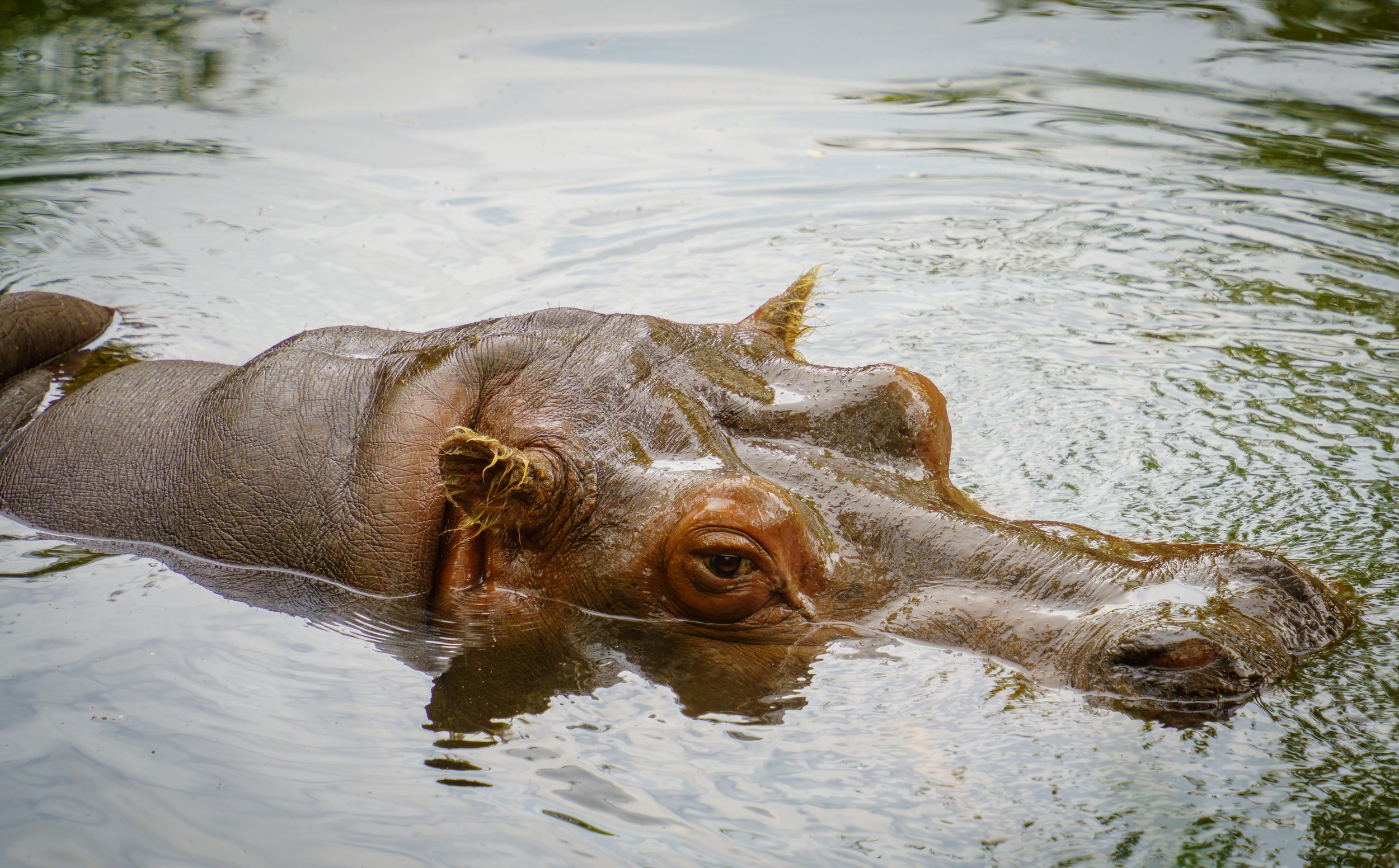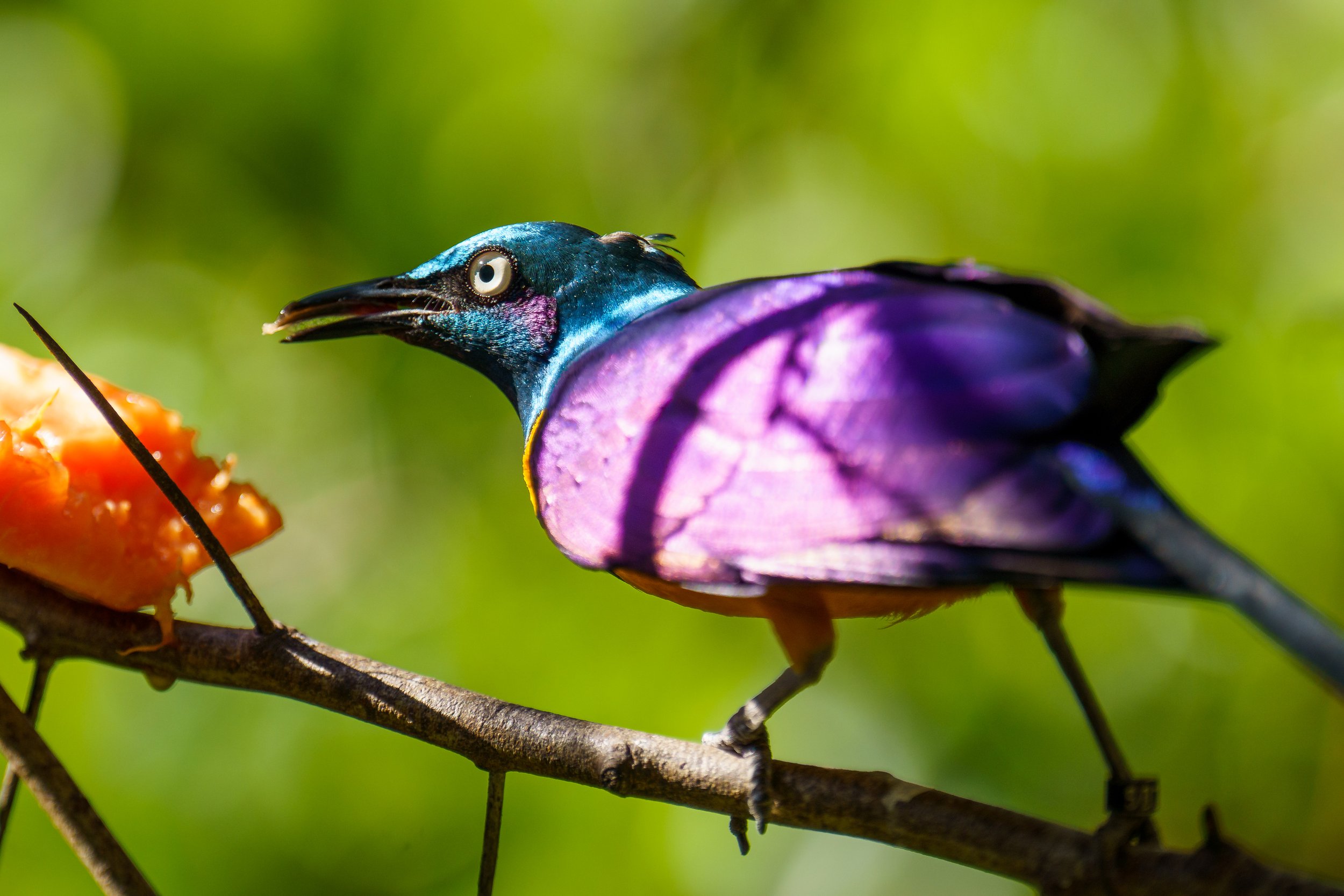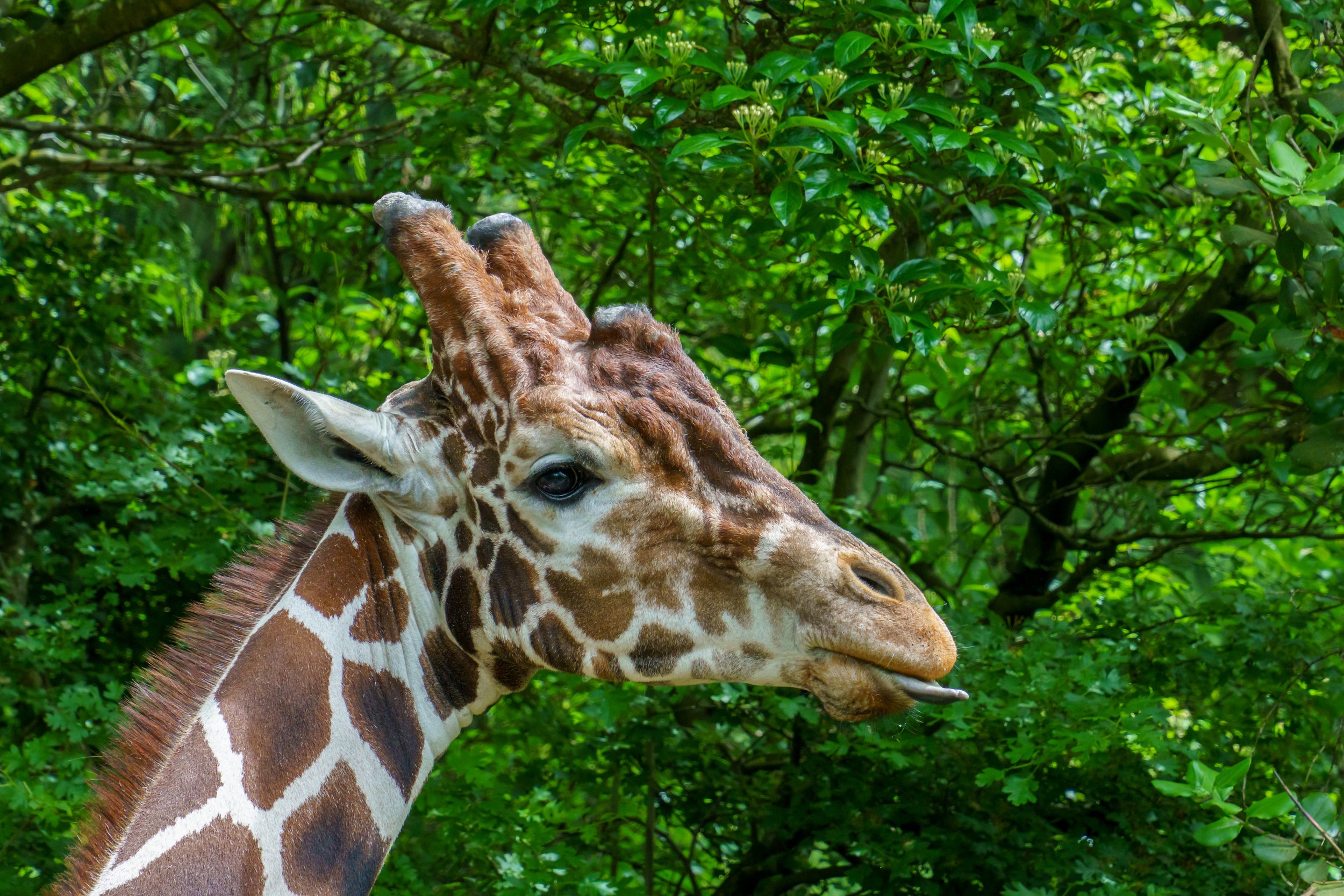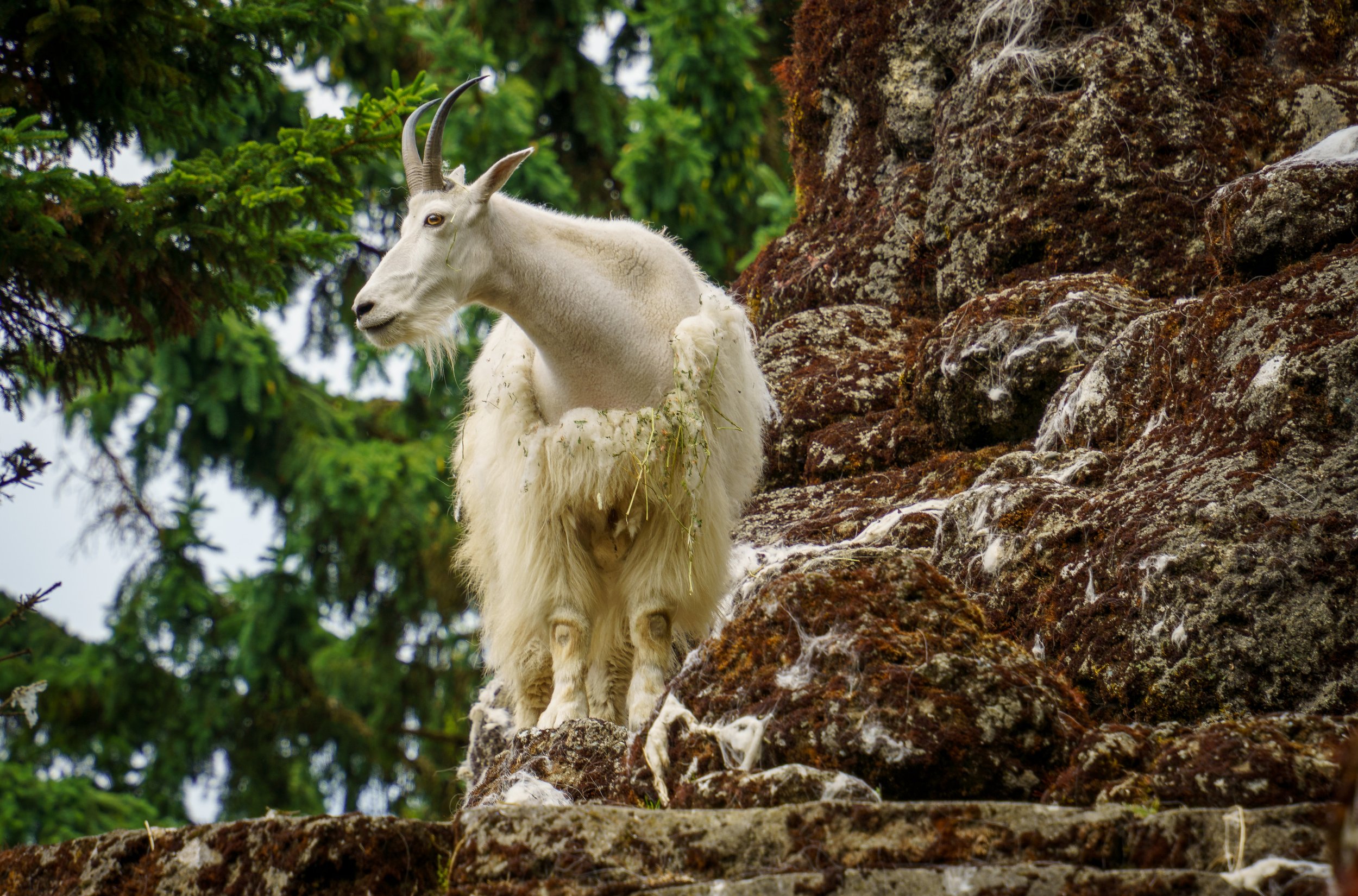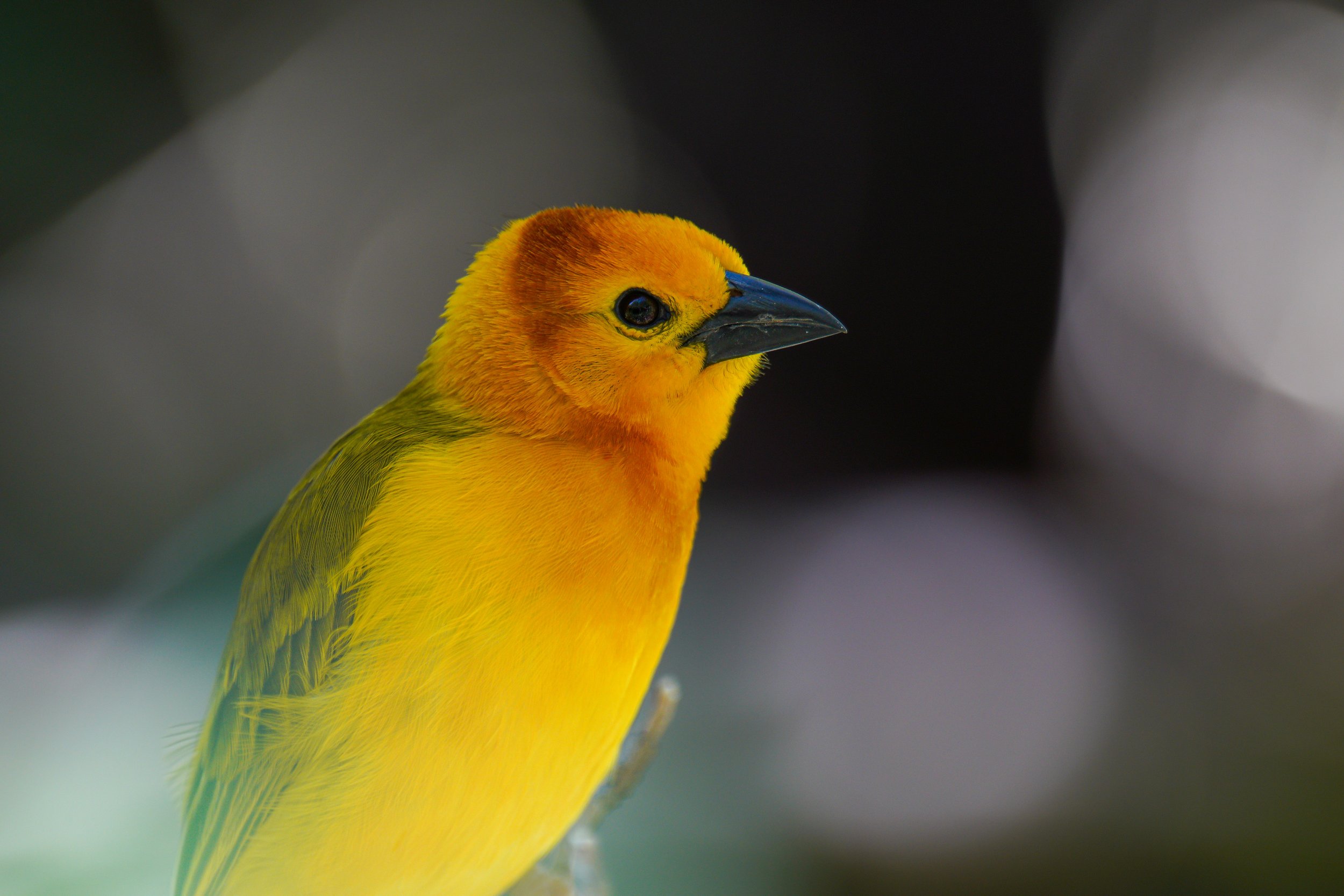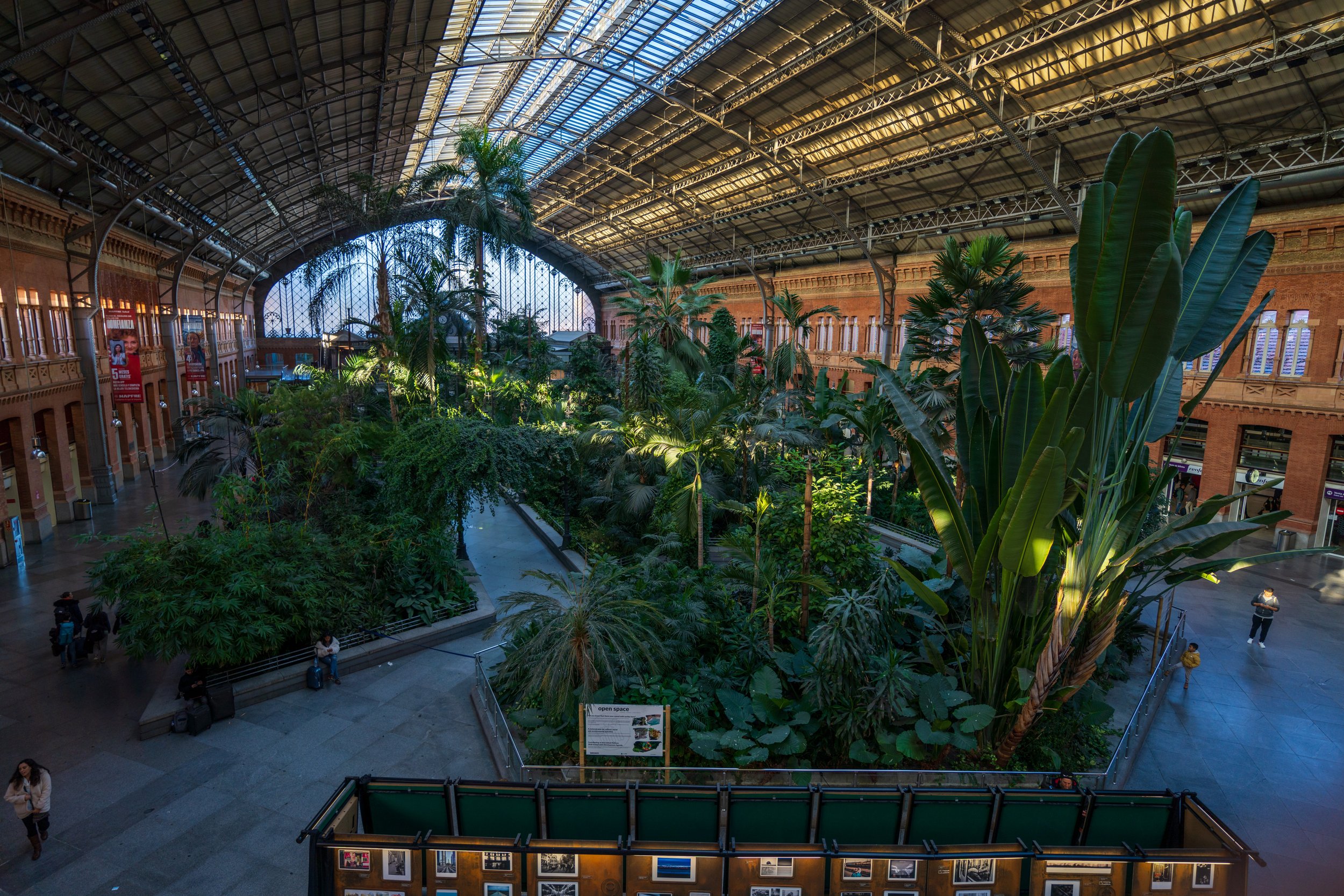Between Two Plates: Adventures in Iceland
We had flown through the Iceland airport on two separate trips in the past, but this was our first time actually leaving the airport and exploring. When we were invited to a destination wedding in the western part of the island, we chose to add on a few days to explore the southern coast and the Snæfellsnes peninsula.
We spent our first couple of days hanging out in and around Reykjavik. I really like the city—it’s cute, colorful, and has a lot of pretty parks and coastline. We also, for the third trip in a row, found ourselves among the beautiful fall colors. I had expected to not see many trees in Iceland in general, but many of the towns and cities have a lot of deciduous trees that change color.
Looking up a colorful Reykjavík street at Hallgrimskirkja (photo/Jason Rafal)
Another cathedral in the city (photo/Jason Rafal)
One of the many murals (photo/Jason Rafal)
Our hotel had a view of the harbor and the concert hall, which is a beautiful building of intricate glass sections. It’s also lovely from the lobby, where we could look up at the reflective honeycombs.
Boats at the port next to our hotel (photo/Jason Rafal)
Inside the Harpa Concert Hall (photo/Jason Rafal)
It was interesting to compare Reykjavik to the other far northern and southern towns we’ve been to, Punta Arenas and Longyearbyen. They’ve all been different, but I also kept remarking at how similar these places at the top and the bottom of the world felt, with their extreme weather, largely barren hills, and colorful buildings interspersed with more modern architecture.
The Sun Voyager sculpture along the water (photo/Jason Rafal)
The sunshine was amazing whenever it made an appearance (photo/Jason Rafal)
Another wonderful mural (photo/Jason Rafal)
A pilot boat in the harbor (photo/Jason Rafal)
On our first full day in Reykjavik, we went to the Penis Museum. I wasn’t sure what to expect, but the variety of things in the museum was impressive. There was art, from painting and drawing to sculpture. There was also an entire room of animal heads and the corresponding penises for that species, which was weird and interesting. Overall it was a good rainy morning activity.
A corner of the penis museum (photo/Jason Rafal)
Sunday afternoon, we went to Sky Lagoon. I had been on the fence because it’s expensive, and I have been to several beautiful hot springs, but it was surreal and beautiful in a different way. The lagoon is surrounded by black lava rocks, green moss, and the ocean. The seven-step spa ritual, which is included in the tickets, was also really nice; staring out across the ocean from within a sauna is an amazing feeling. There’s also a wade-up bar, which is very smart, because everyone wants a pretty drink while they’re sitting in the water.
Enjoying the beautiful Sky Lagoon (photo/Jason Rafal)
On our way back to Reykjavik, we stopped at an open space area to do a light hike. It was almost empty, aside from a couple of locals who gave us curious looks, and it was a quiet and peaceful way to end our afternoon.
Views from our moody, mossy trail (photo/Jason Rafal)
On Monday we headed out of Reykjavik and to the Golden Circle, a loop of classic Icelandic sights. We started the day by heading to Þingvellir (anglicised as Thingvellir) National Park, where the North American and Eurasian tectonic plates diverge. It’s a UNESCO World Heritage site, and it’s really amazing to be able to walk between the dramatic ridges. It’s also where Iceland’s parliament was founded and continued to meet for hundreds of years (I love the inherent drama of this choice in location). It was full of tourists, and I did slip off of a catwalk, but it was still one of the highlights of the trip. I’d love to spend some more time exploring the other areas of the national park.
Fall views and two tectonic plates (photo/Jason Rafal)
The dominant colors of our trip were yellow-green and shades of gray (photo/Jason Rafal)
Our first waterfall of the trip, Öxarárfoss (photo/Jason Rafal)
Happy towering travelers (photo/Jason Rafal)
The view from Hrafnagjá, a viewpoint on the other side of the park (photo/Jason Rafal)
Our next stop was a last-minute add on, but I’m so glad we went because it was one of my favorite waterfalls of the trip. Brúarfoss has an electric blue water that contrasts with the black rocks and yellow-green moss.
The beautiful color of Brúarfoss (photo/Jason Rafal)
Spoiled by sunshine (photo/Jason Rafal)
Our next stop was Geysir, where the titular geyser is dormant, but we did get to see a smaller geyser go off, as well as lots of steaming, bubbling pools. My favorite part was watching the pool writhe and move before the water and steam shot into the air.
The amazing blue of one of the pools (photo/Jason Rafal)
Looking down at Strokkur Geyser (photo/Jason Rafal)
The constantly bubbling Blesi (photo/Jason Rafal)
The weather, which had been fairly mild in the morning, was starting to get worse at this point. We kept our rain gear on between stops and tried to time our car exits well (though there’s only so much you can do at that point). Our trip to Patagonia earlier this year definitely helped us embrace the proverb that there is no bad weather, only bad clothing, and we definitely used that mentality in Iceland.
The third big stop was Gullfoss, where we stalled and went into the gift shop for a while before going out to see the waterfall because the driving rain had turned into hail, and then very wet snow. We kept an eye on the weather and managed to time our departure from the gift shop perfectly - there was still light rain, but the sun was starting to peak out from the fast-moving clouds, creating constant rainbows.
Gullfoss is massive. It’s not my favorite waterfall that we saw, but its sheer size is impressive and worth seeing. The walkway is also incredibly scenic, with slightly changing views of the waterfall as you approach.
Double rainbow over Gullfoss (photo/Jason Rafal)
After Gulfoss, we headed back down the road a little and stopped at an Icelandic horse farm where tourists can buy hay pellets to feed the ponies. There were three standing along the fence, waiting, and we gave them some treats and then some neck scratches. With their shaggy coats and thick manes, they’re very adorable.
Making friends with one of the Icelandic ponies (photo/Jason Rafal)
Tongue out from another of the ponies (photo/Jason Rafal)
I would take this pony home (photo/Jason Rafal)
We settled in for a longer drive toward our next hotel, which was almost to Vik. When we were getting close, we made a last-minute stop at Seljalandsfoss because the light was pretty. Seljalandsfoss has three waterfalls along a path, which lets people spread out a little. Again, we were treated to beautiful diffuse light and rainbows.
Typical tourist photo at Seljalandsfoss (photo/Jason Rafal)
More beautiful rainbows (photo/Jason Rafal)
Our hotel for the next two nights was walking distance to a black sand beach, and had a beautiful view toward the ocean in one direction and snow-dusted mountains in the other. The next morning, we headed out to the beach through the rain and wind on an incredibly waterlogged trail. The entire landscape was pretty surreal, with sharp contrast between the black sand, small yellow and green vegetation, and the crashing ocean waves.
Behind the scenes in the rain and wind (photo/Jason Rafal)
Dramatic light at a black sand beach (photo/Jason Rafal)
We made a stop at the giant Skógafoss, which was close to our hotel, and watched the seagulls flying through the waterfall mist.
The fuzzy yellow-green cliffs surrounding Skógafoss (photo/Jason Rafal)
Since we had seen so many waterfalls the previous day, we opted to focus on some other sights for the rest of the day. We went to Reynisfjara beach, which was full of people but really beautiful.
There were many signs warning us about the sneaker waves (photo/Jason Rafal)
People and rocks on the beach (photo/Nicole Harrison)
Seagulls flying above the rocks (photo/Jason Rafal)
A rare photo of the two of us on the rocks at Reynisfjara beach
Next we drove up a dirt road to the Katla Geopark, where we saw almost no one and finally got a taste of the vast emptiness that I had been hoping for.
Standing on a crazy rock in the middle of nowhere (photo/Jason Rafal)
Surreal views and another little waterfall (photo/Jason Rafal)
The patterns made by streams and rivers in Iceland were mesmerizing (photo/Jason Rafal)
Looking down the valley (photo/Jason Rafal)
We drove through a herd of very curious cows (photo/Jason Rafal)
Amazing light on the way to dinner (photo/Jason Rafal)
More sunset views from our hotel (photo/Jason Rafal)
Icelandic horses and a couple of adorable foals (photo/Jason Rafal)
Horses under the full moon (photo/Jason Rafal)
On Wednesday we headed to our next home for the night, near Kirkjubæjarklaustur, a place that I cannot even pretend to be able to pronounce. In Vik, we stopped at Skool Beans, my favorite coffee shop of the trip. It’s in an old American school bus, the coffee is excellent, and much of the merch is branded with Sir Jeff, the owner’s three-legged cat.
Our next stop was Dverghamrar, the dwarf rocks that are said to have spirits living among them. The hexagonal pillars are pretty crazy looking, and I wouldn’t be surprised to find something unexpected.
A hexagonal pillar (photo/Jason Rafal)
Sitting among the rocks (photo/Jason Rafal)
A rainbow in the waterfall across the road (photo/Jason Rafal)
Stjórnarfoss, which is apparently a great swimming spot during the summer months (photo/Jason Rafal)
Our cabin for the night was near Fjaðrárgljúfur, another place I can’t even try to pronounce. It’s a really beautiful canyon, and there is a walk up with several overlooks.
More amazing shades of yellow-green (photo/Jason Rafal)
The waterfalls at Fjaðrárgljúfur (photo/Jason Rafal)
After taking some photos, we drove further up the road to another stunning, and completely deserted, waterfall, where we watched the weather roll over the hills around us. It was beautiful, and despite the periodic wind and rain, completely peaceful.
It’s hard to tell scale, but this cascade was huge (photo/Jason Rafal)
I know, it’s all beautiful light and moss and water, yet again (photo/Jason Rafal)
Sunrise from our cabin (photo/Jason Rafal)
Thursday was our big day of driving west, but we made a couple of stops on the way. We went to Dyrholaey viewpoint, where we looked out over the ocean beating against the dark cliffs, and then learned about volcanic eruptions at the LAVA Center. We ended our day greeted by a very friendly dog at our Airbnb.
Another amazing black sand beach at Dyrholaey viewpoint (photo/Jason Rafal)
A very friendly dog greeted us at our Airbnb (photo/Jason Rafal)
The view from our house (photo/Jason Rafal)
A little chapel on the property (photo/Jason Rafal)
On Friday, we drove around the Snæfellsnes peninsula before heading to the wedding venue to check in. After stopping at Valaria Coffee, another excellent small roastery recommended by folks at Skool Beans, we drove to the Saxhóll Crater and climbed to the rim. The trail infrastructure was very impressive, as it had been at many of the popular attractions.
Looking out from the crater (photo/Jason Rafal)
Looking down the stairs descending the crater (photo/Jason Rafal)
We also stopped at Dritvik Djúpalónssandur to wander around on the beach. I really loved this beach; there were giant craggly rocks and a lagoon in addition to the black sand and dramatic cliffs.
The rocks along the trail to the beach at Dritvik Djúpalónssandur (photo/Jason Rafal)
Pieces of a shipwreck on the beach (photo/Jason Rafal)
Moody waves (photo/Jason Rafal)
Our last stop before the venue was Rauðfeldsgjá Gorge, where it’s possible to climb up a canyon through a stream. It’s challenging to take pictures of, but very beautiful.
Climbing up the stream (and getting very wet) (photo/Jason Rafal)
Saturday’s pre-wedding adventure was to Selvallafoss, another beautiful waterfall, and then to the Súgandisey Island Light Beacon. We spent the afternoon and evening eating, dancing, and celebrating with old and new friends.
Selvallafoss (photo/Jason Rafal)
More views (photo/Jason Rafal)
Reflections across the lake Selvallavatn (photo/Jason Rafal)
A mossy green mountain (photo/Jason Rafal)
The Súgandisey Island Light Beacon (photo/Jason Rafal)
Steps leading along the island (photo/Jason Rafal)
Slightly blurry wedding photo (photo/Jason Rafal)
A photogenic Icelandic sheep at the wedding venue (photo/Jason Rafal)
One of this year’s lambs (photo/Jason Rafal)
Sunday was our last day in Iceland. After the wedding brunch, we began the drive back to Reykjavik, stopping at Hvammsvik Hot Springs for a pre-flight soak in the pools. This hot springs had a few different pools, including a tidal pool that was cooler and filled with seaweed, and it was a lovely way to end the trip. We sat in the water and watched the common eiders and Eurasian oystercatchers eating in the bay.
Eurasian oystercatchers on the beach (photo/Jason Rafal)
I had been excited to go to Iceland for a long time, and it was spectacular in both expected and unexpected ways. There’s the incredibly varied beauty, from the waterfalls, to the beaches and cliffs, to the fields of grass and moss-covered lava rock. A 10 minute drive can be the difference between being in a crowd of 100 tourists and being completely, utterly alone for an hour. The extreme weather, while sometimes harsh and inconvenient, leads to spectacular moments of beautiful light and a true appreciation for 90 seconds of sun. It’s an amazing mental reset, and we look forward to going back and exploring more of the island.


